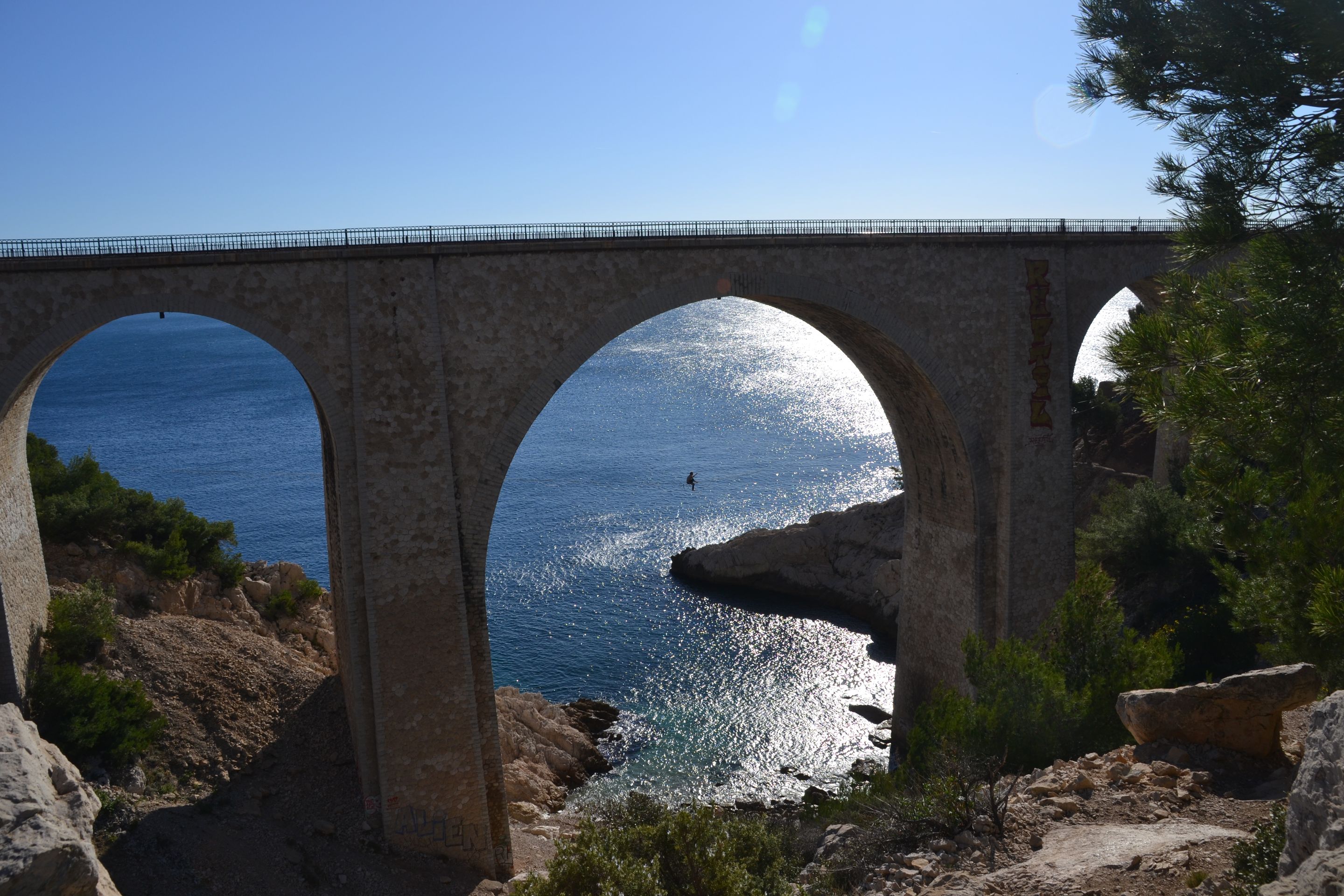#59 Granada - a fascinating city with enchanting Arabic palaces and people living in caves
Chop etilgan: 02.02.2022
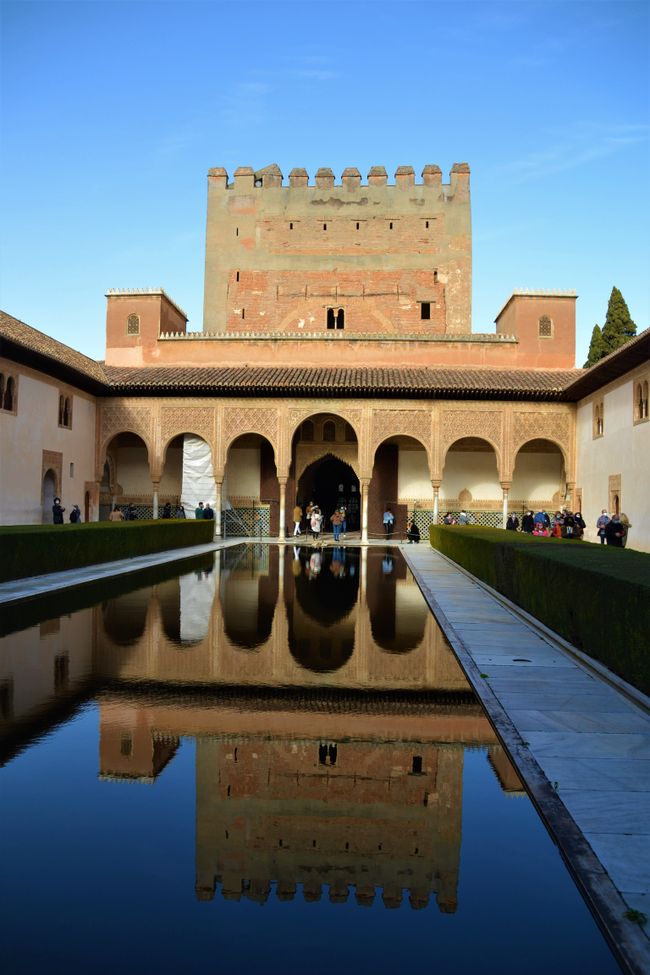
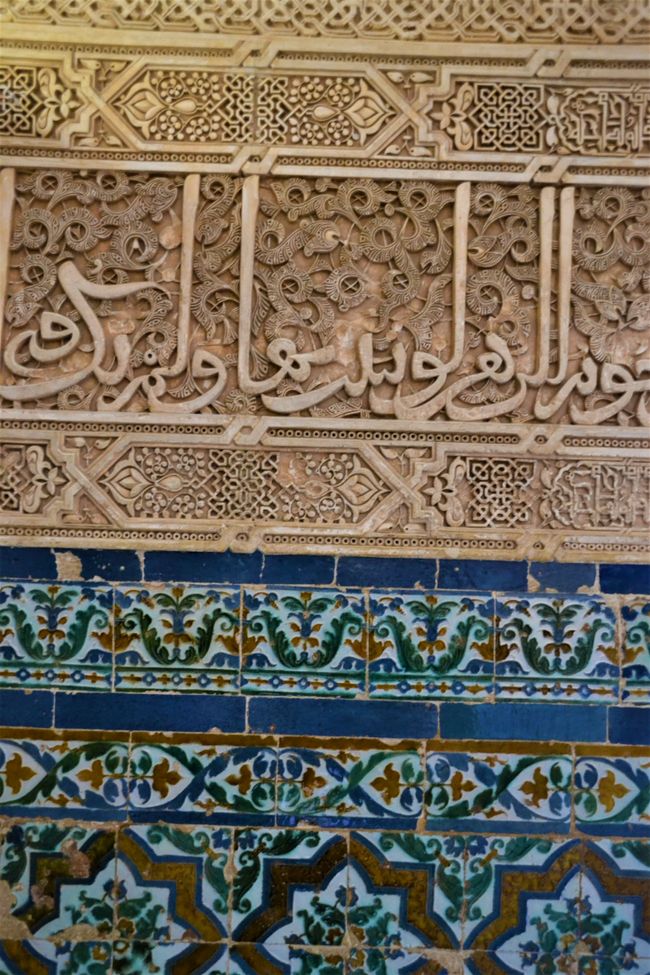
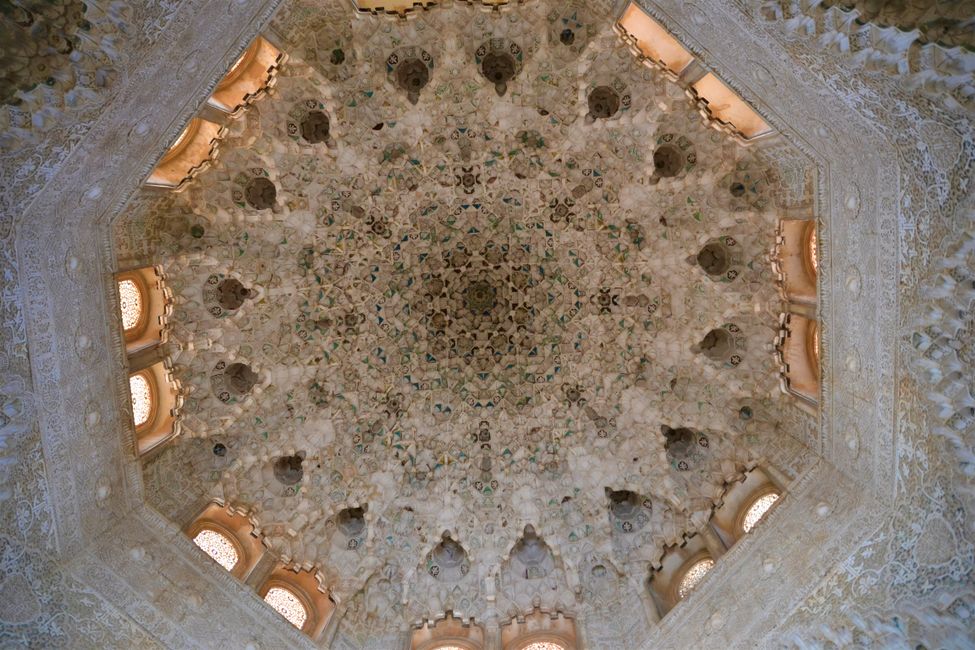
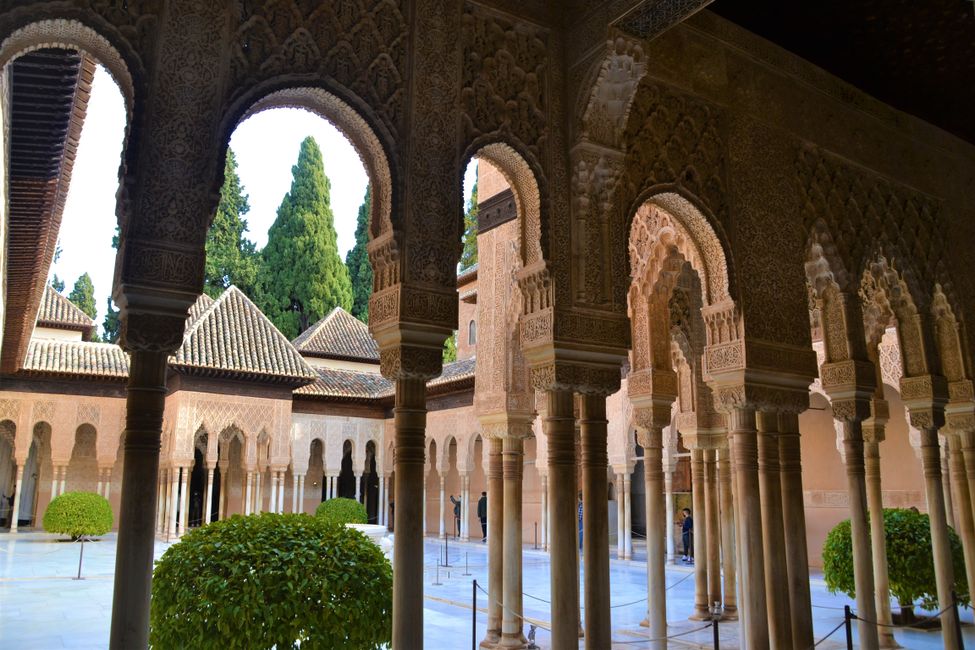
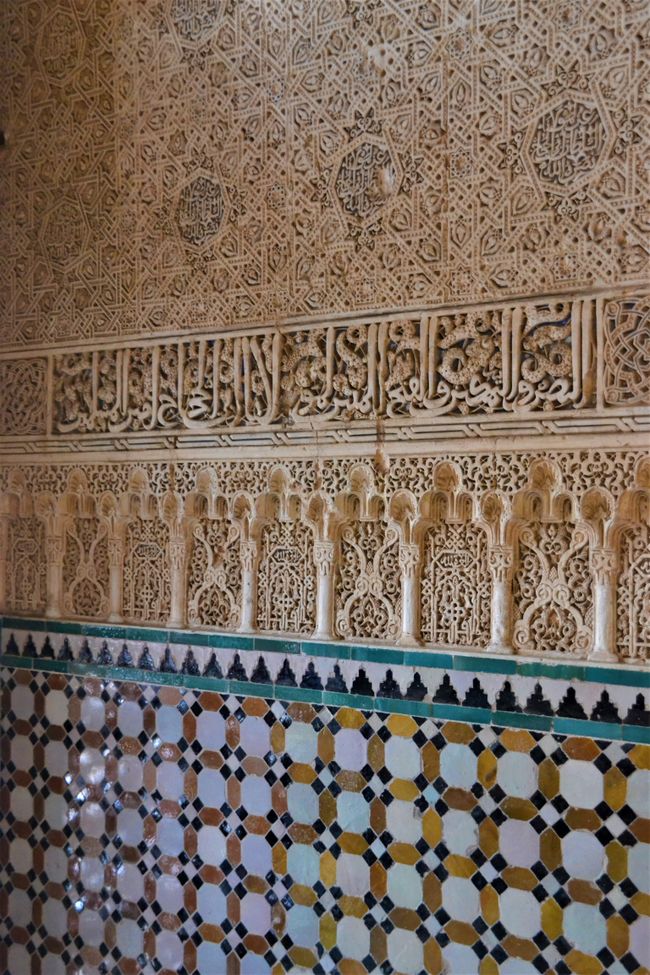
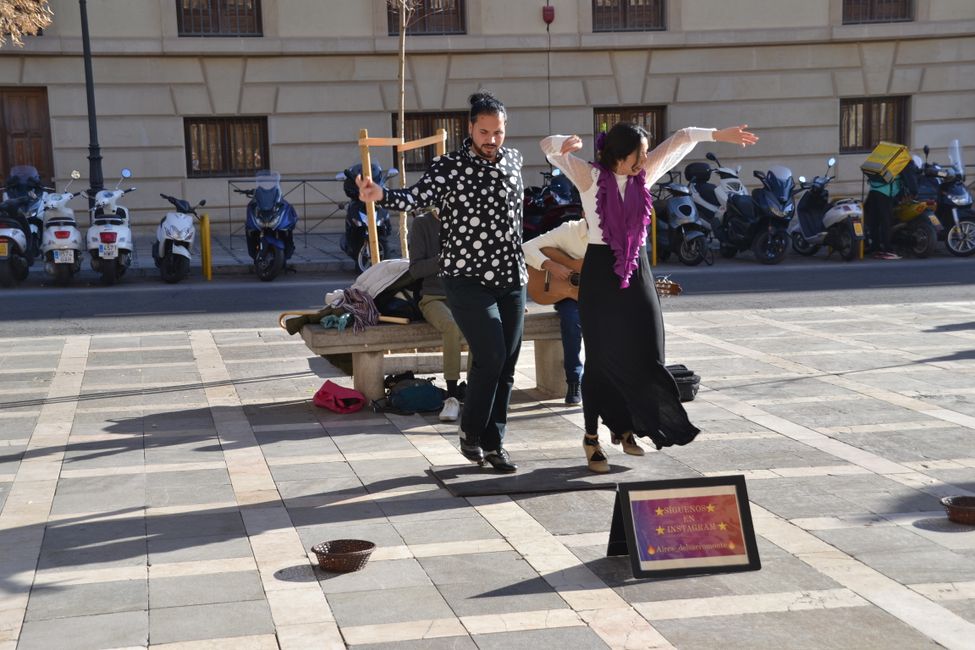
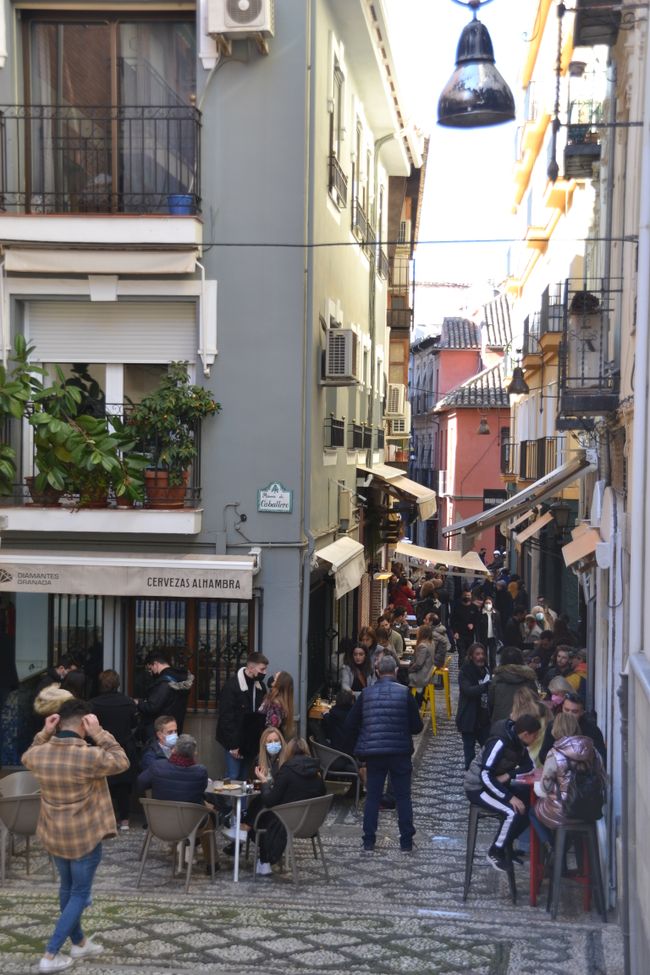
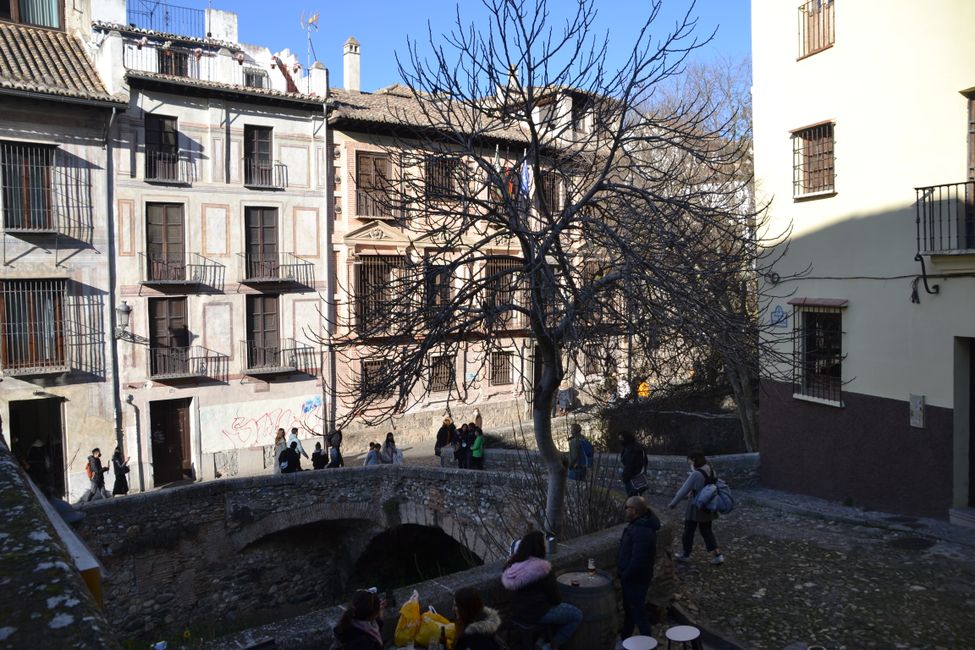
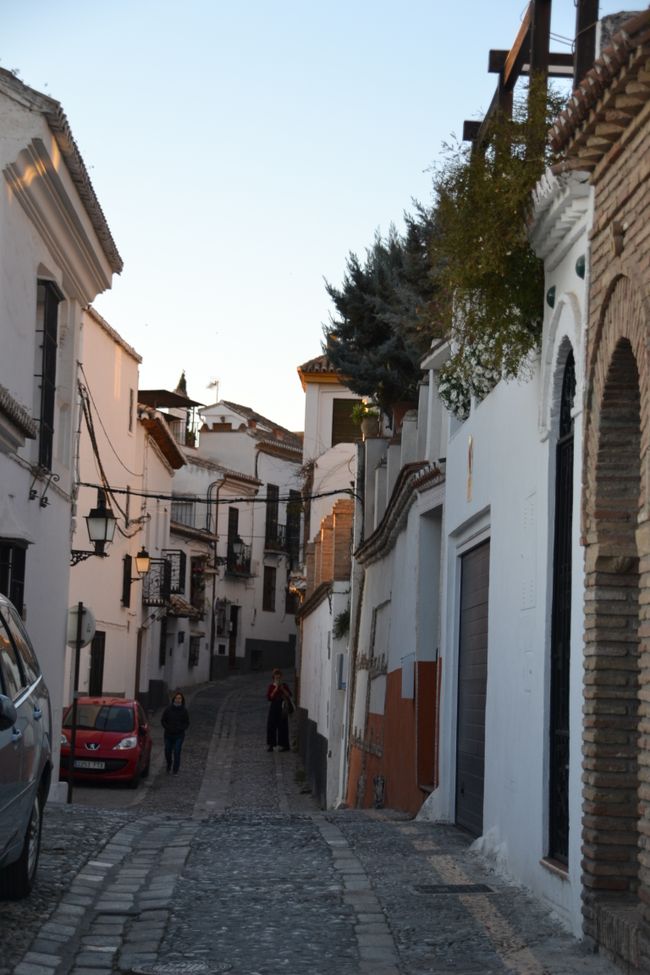
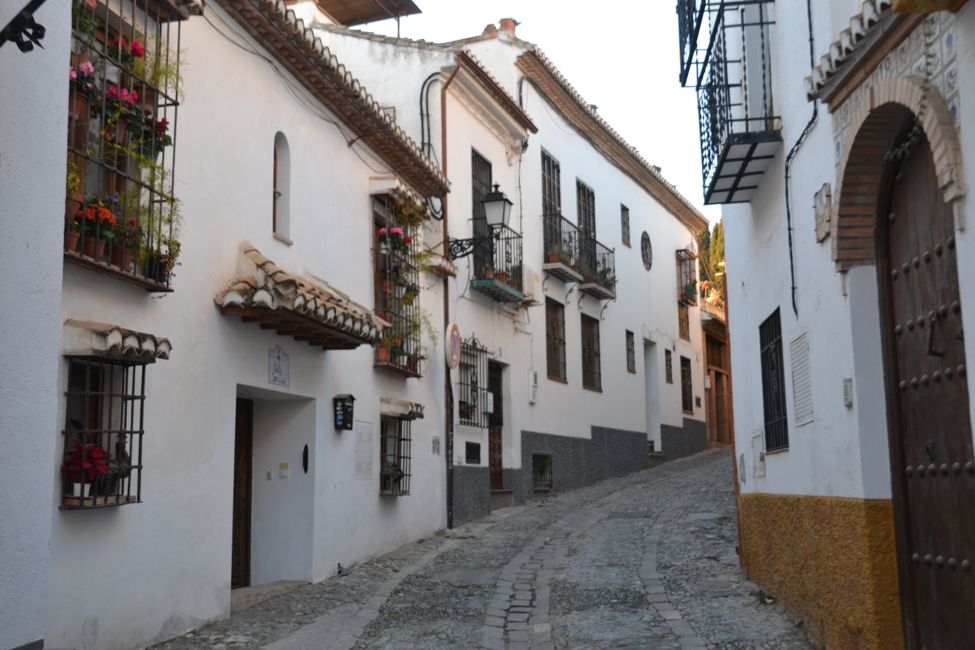
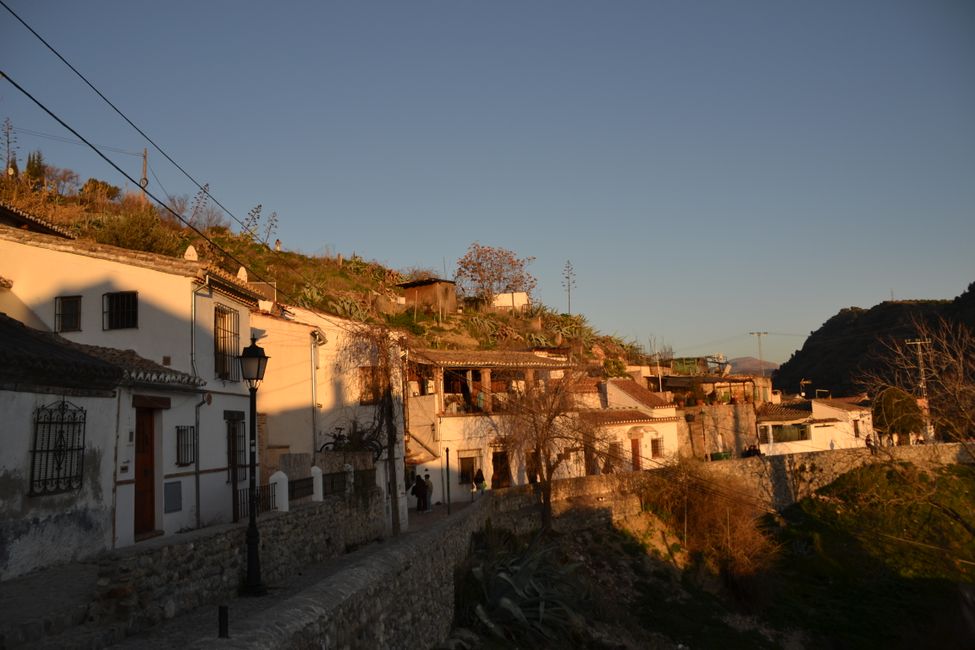
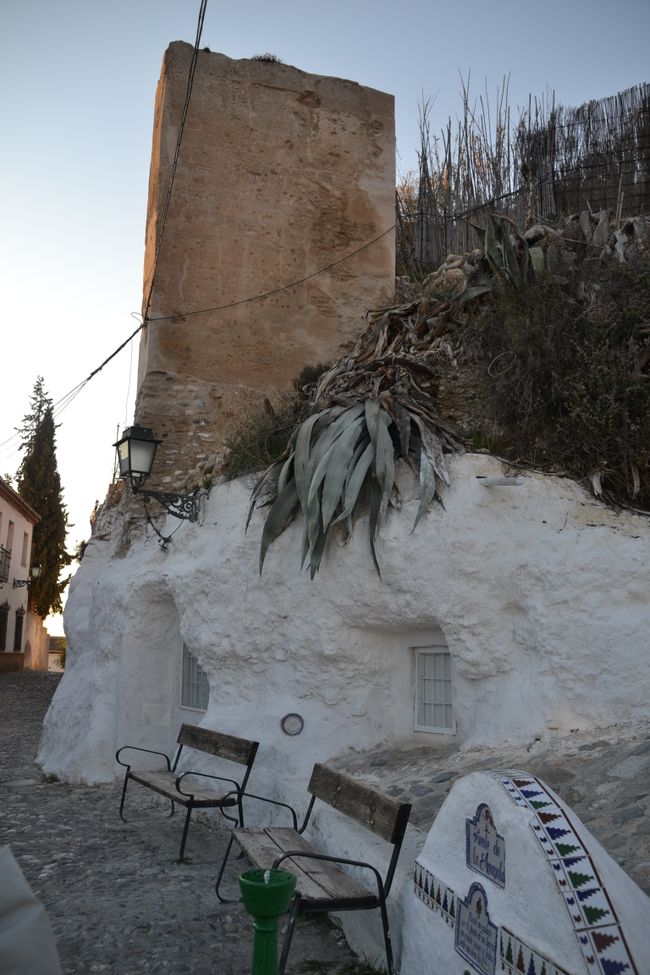
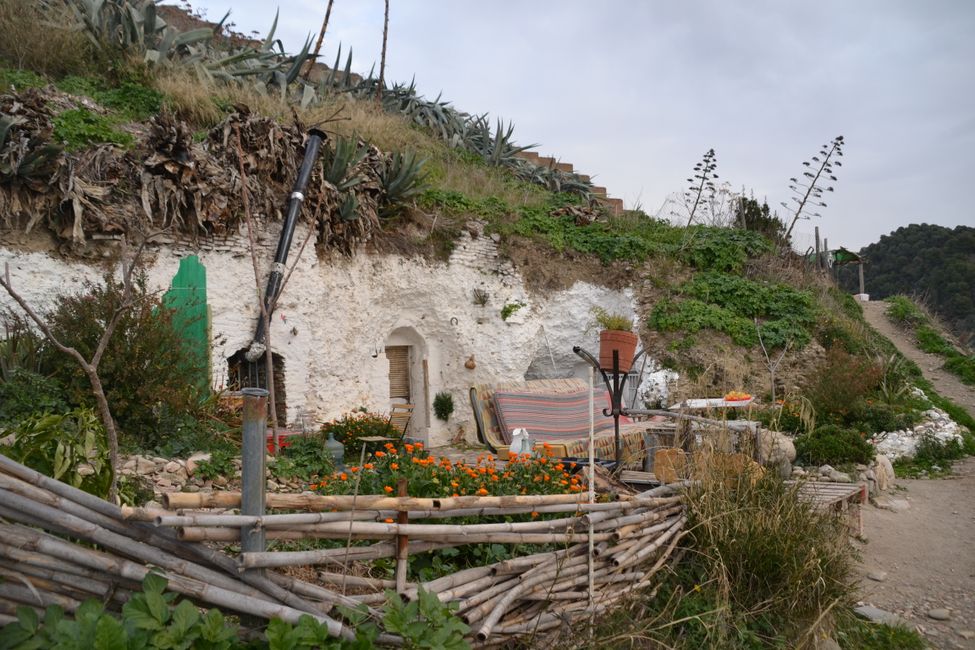
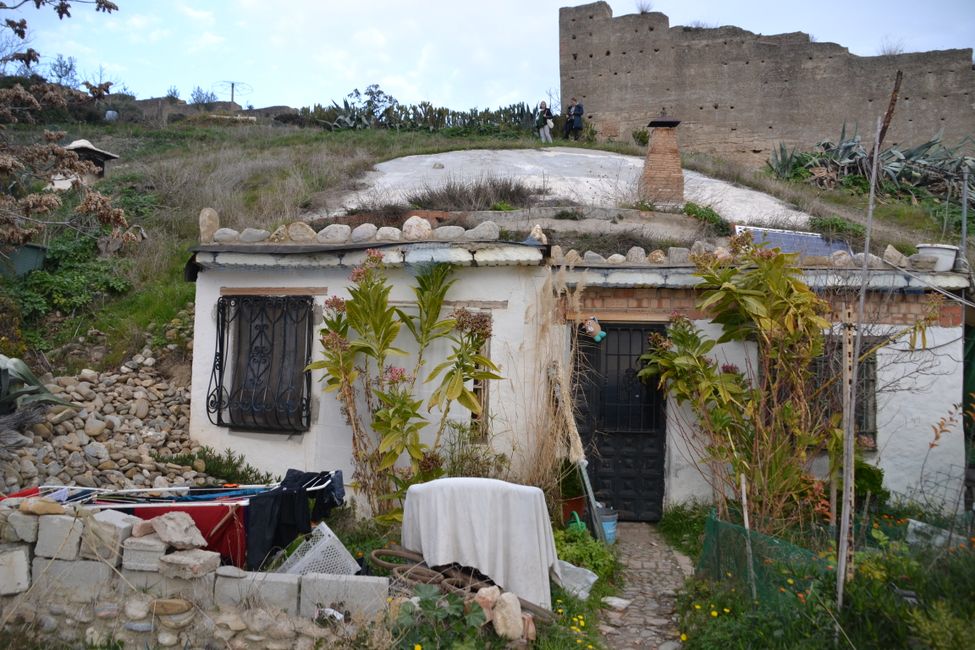
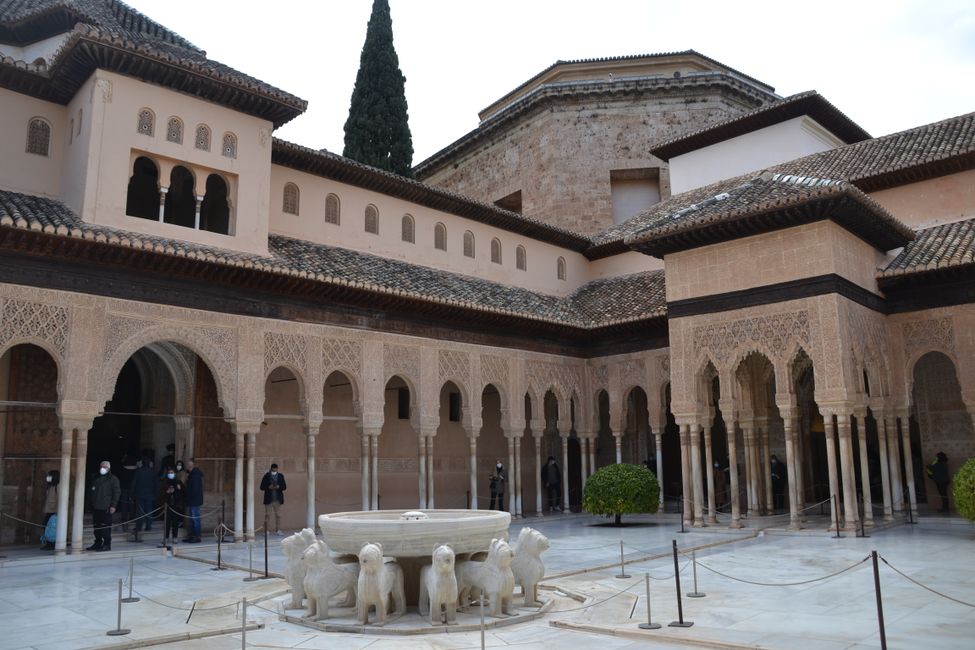
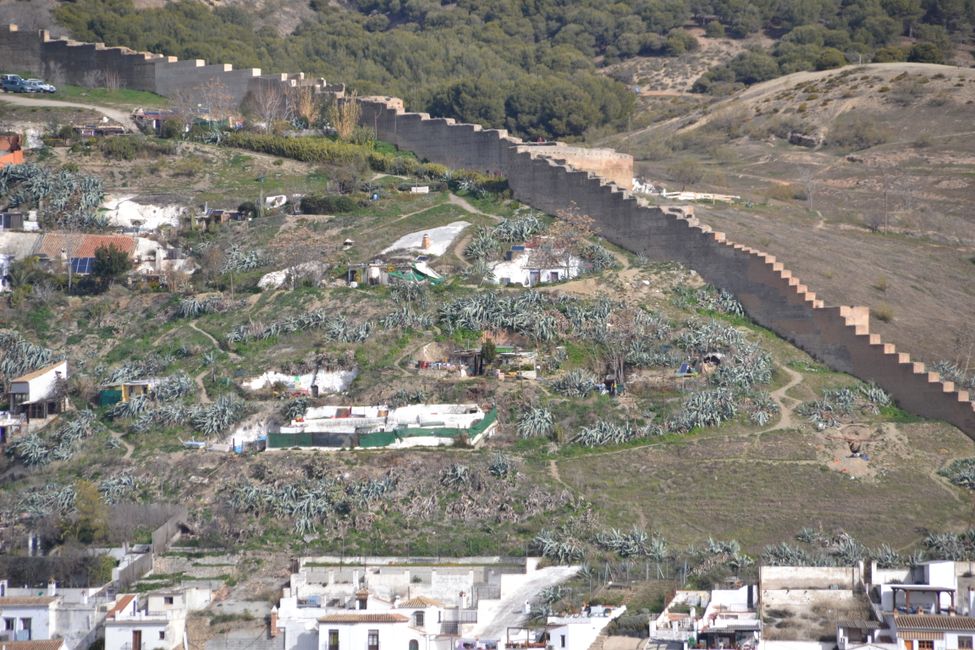
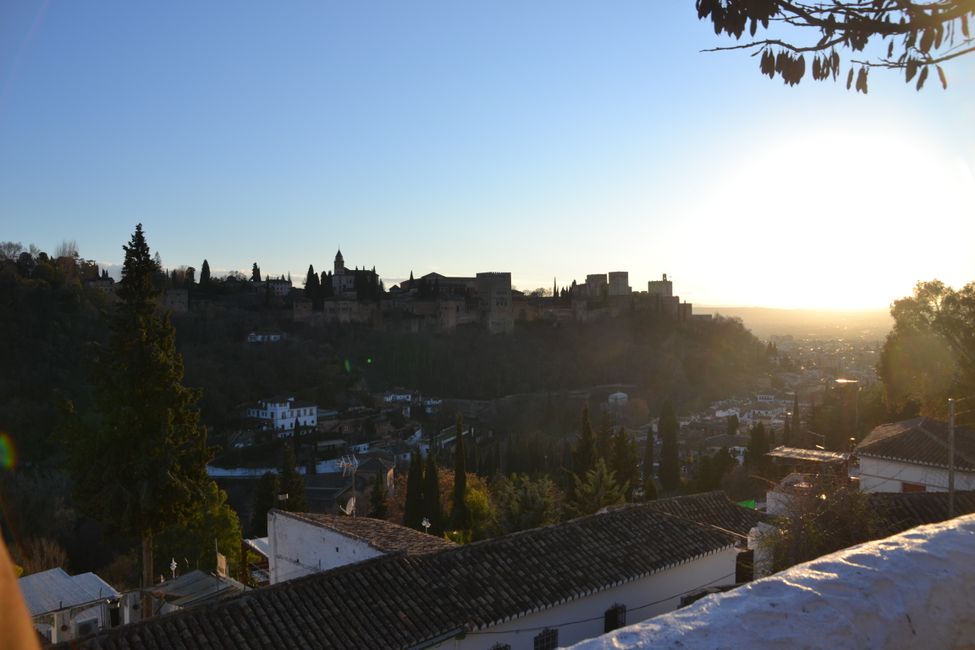
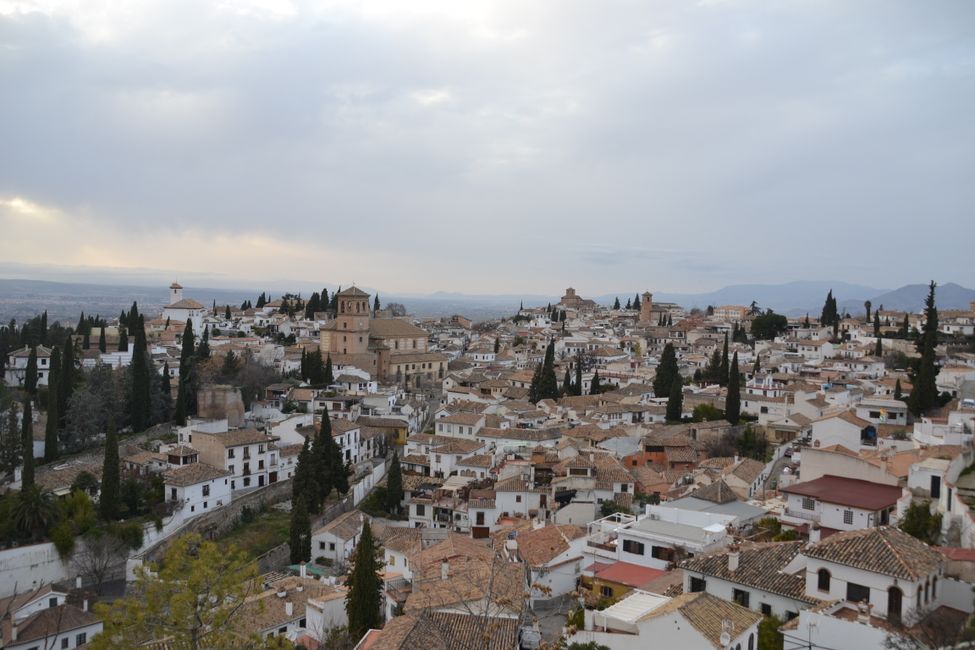
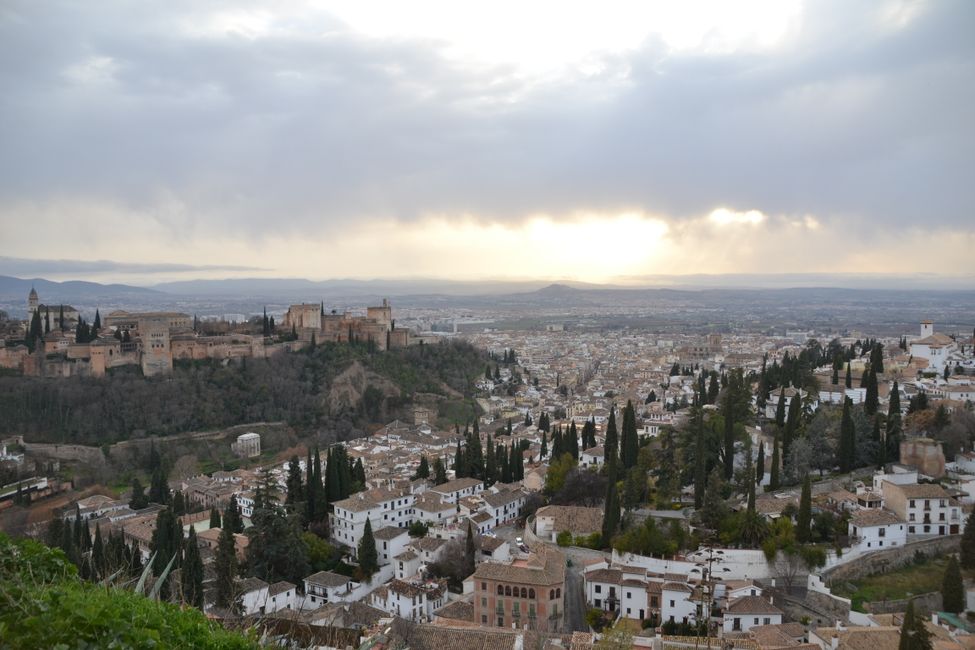
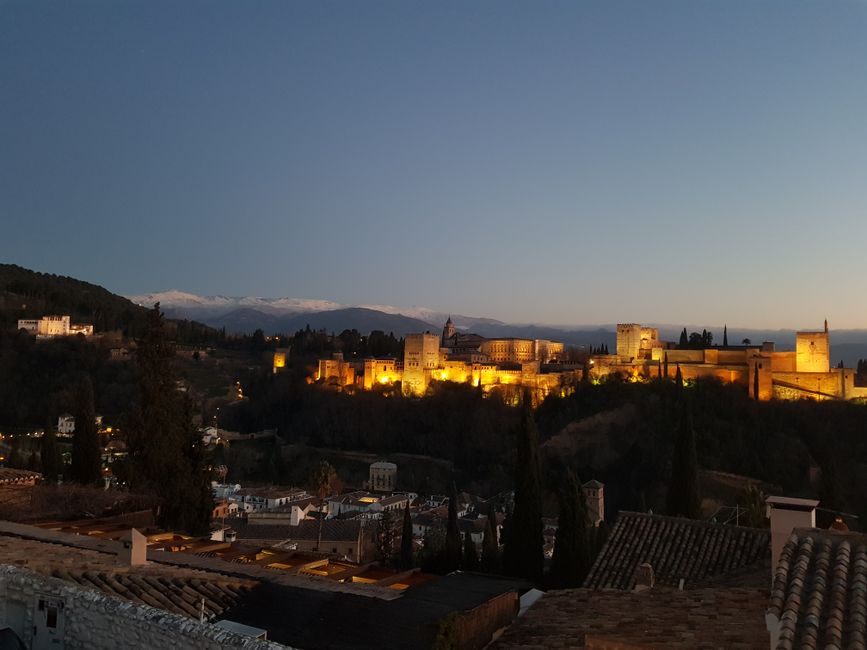
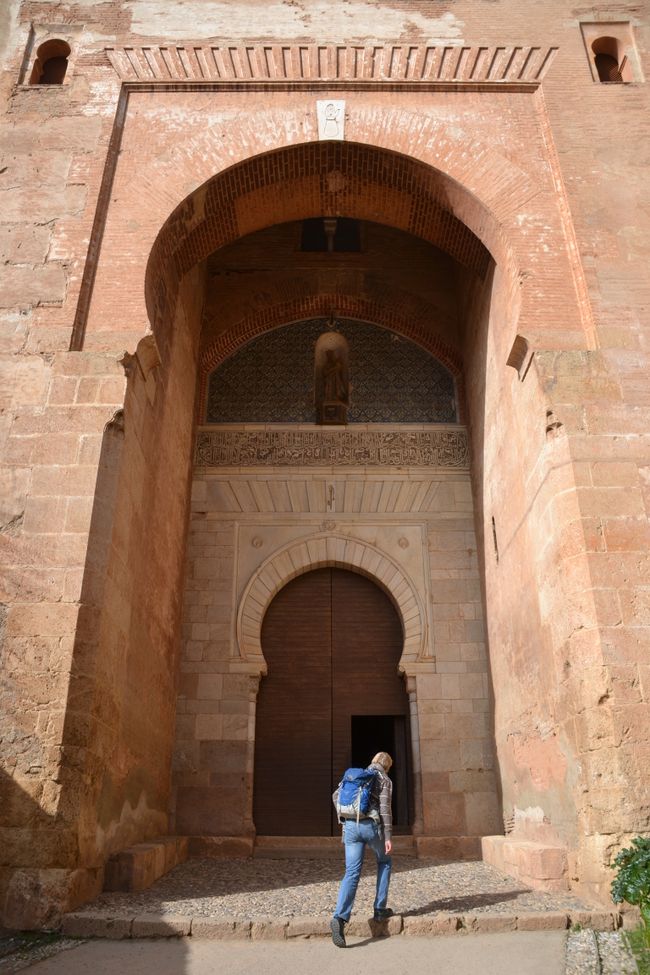
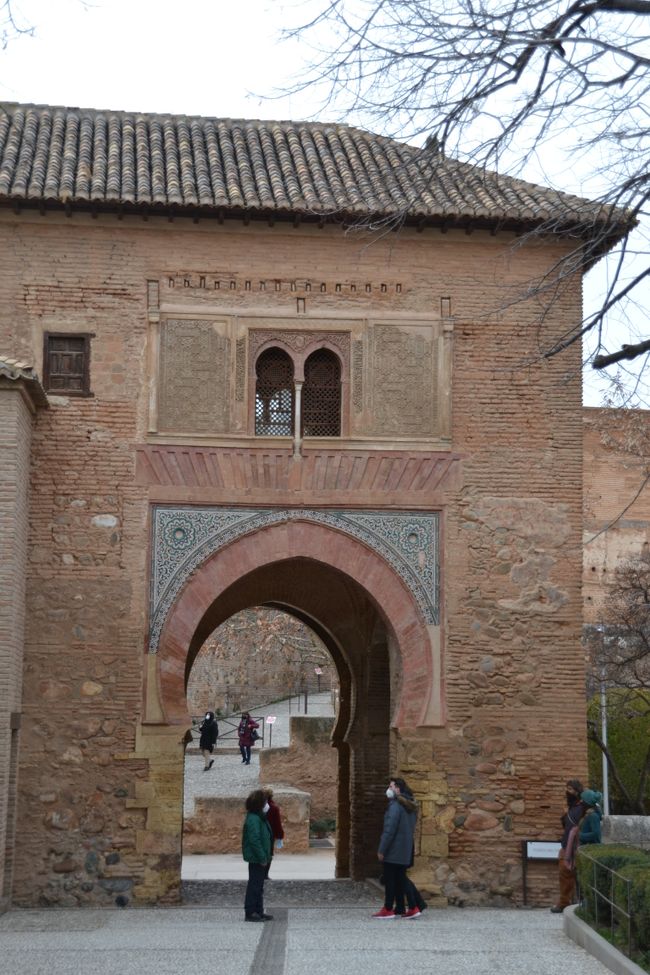
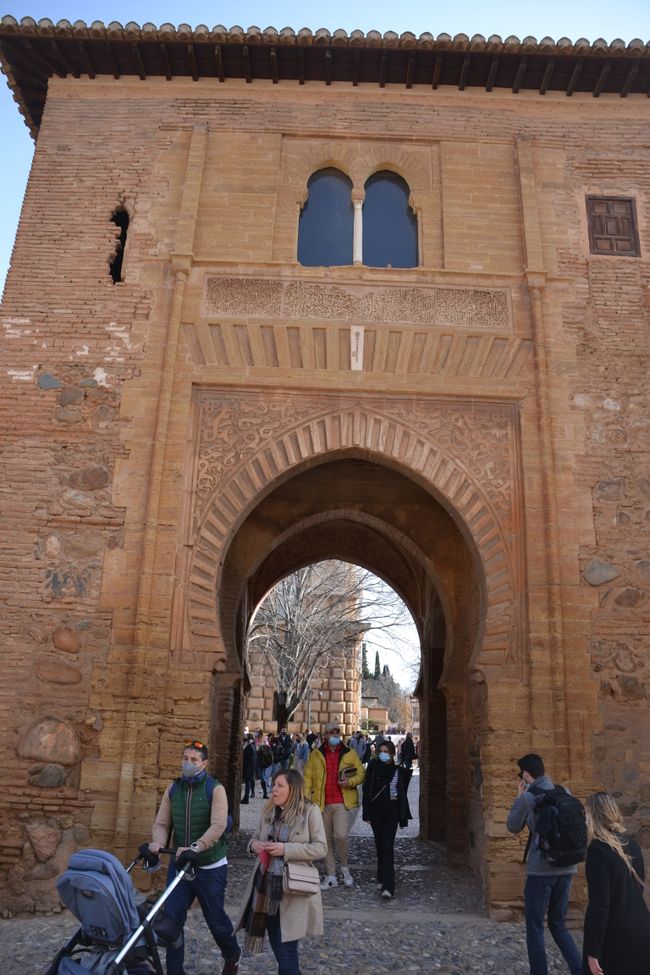
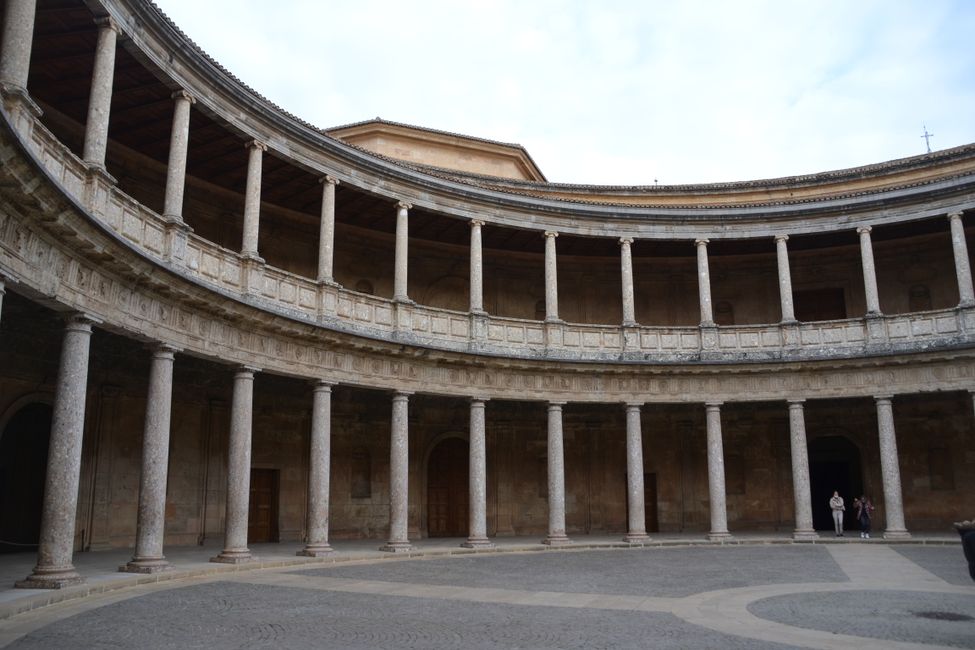
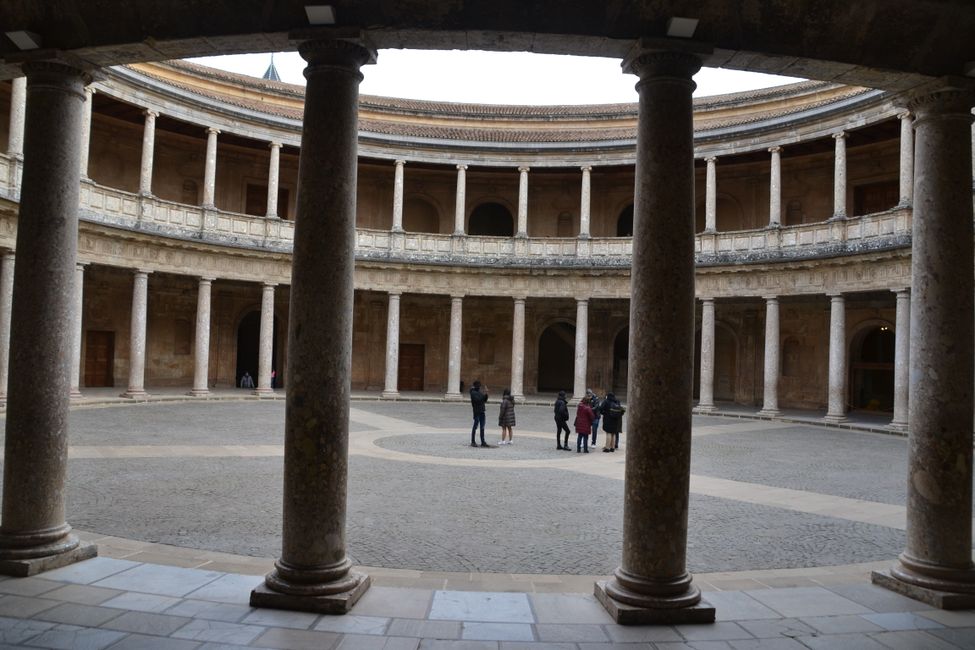
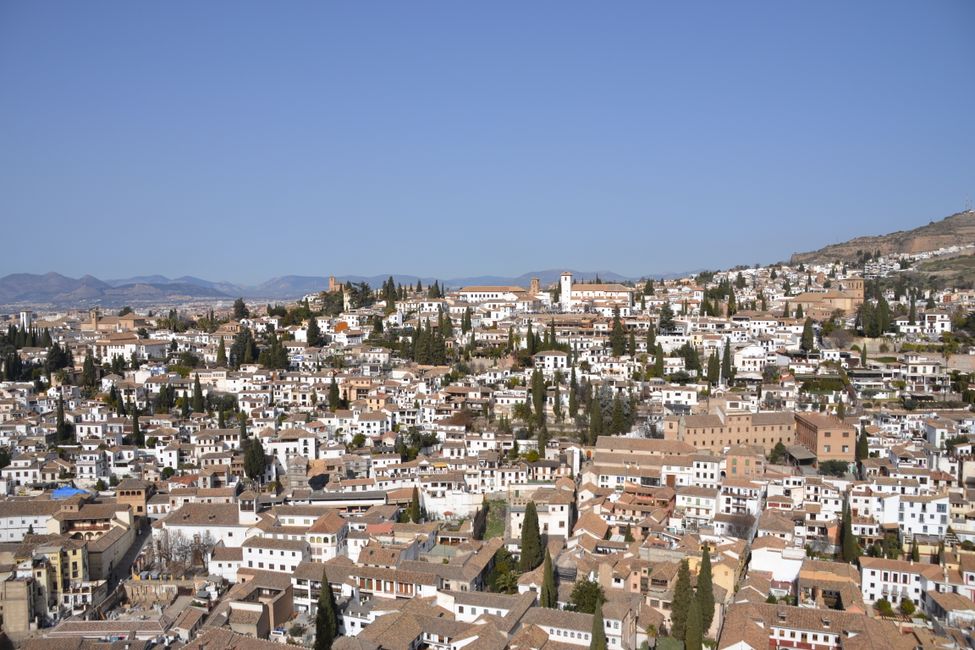
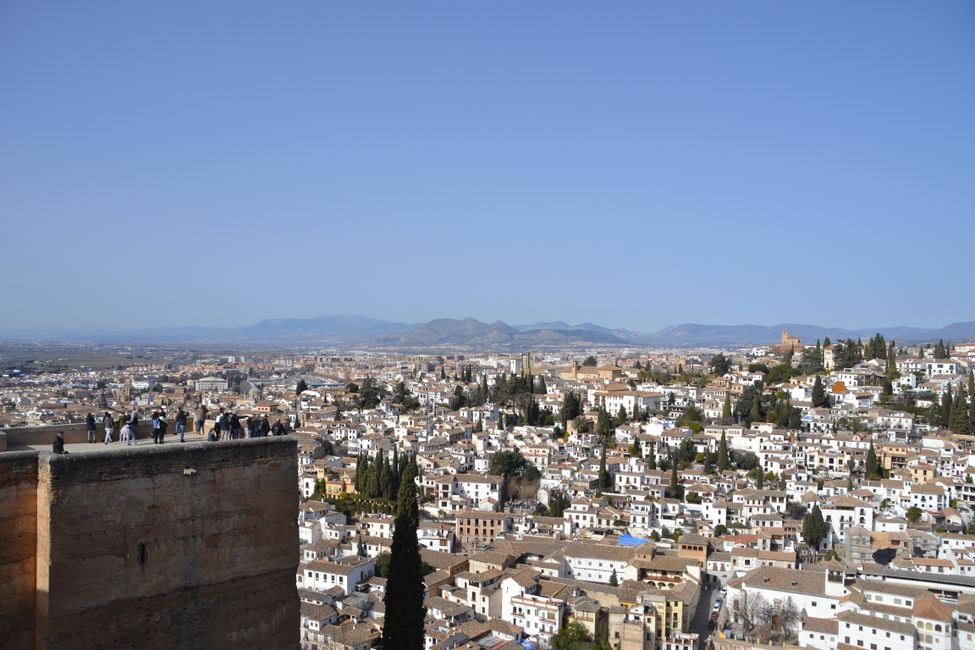
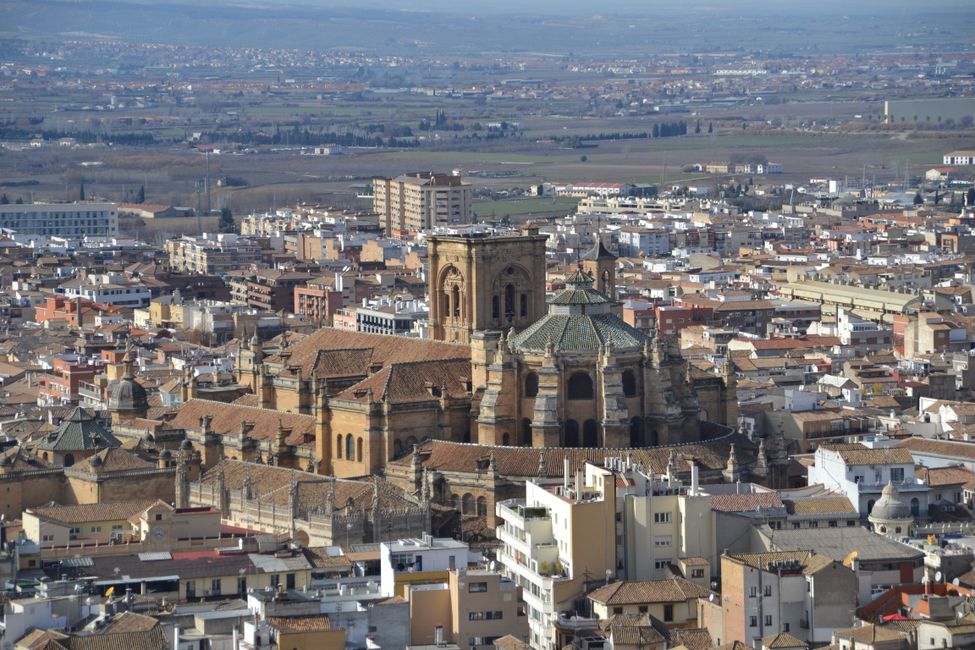
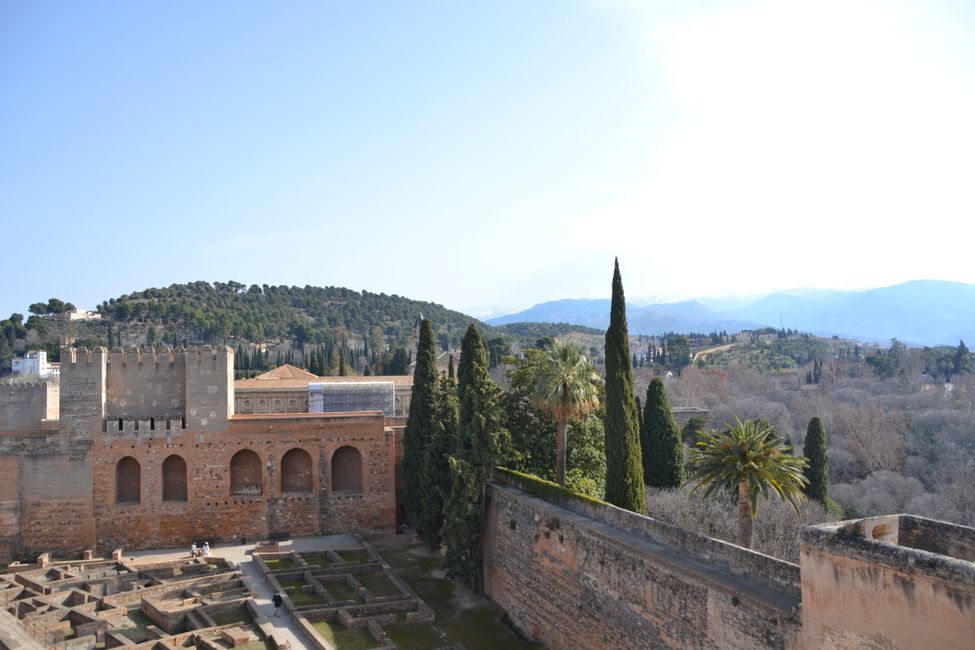
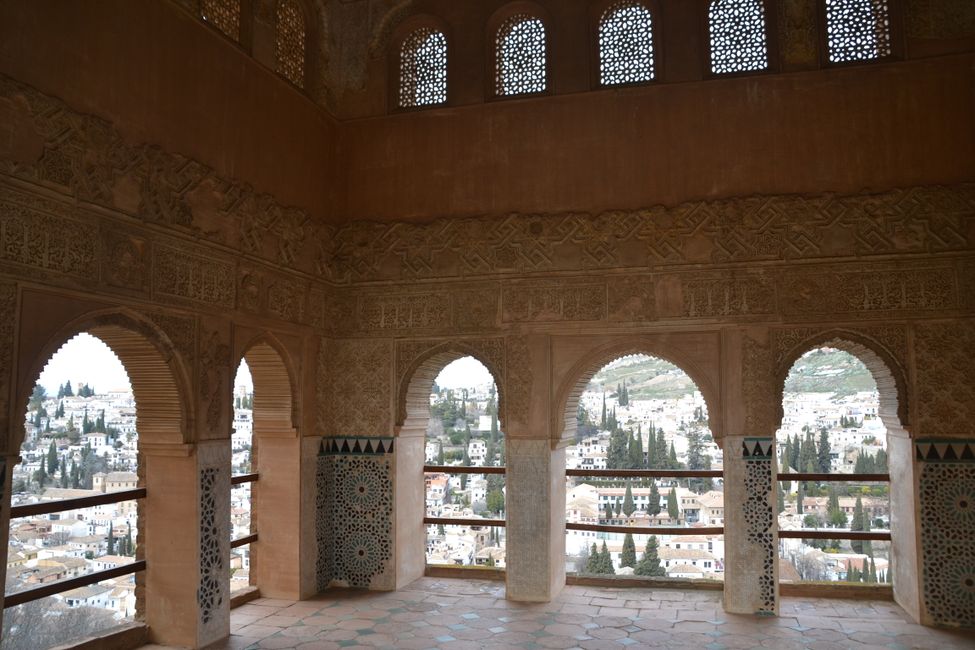
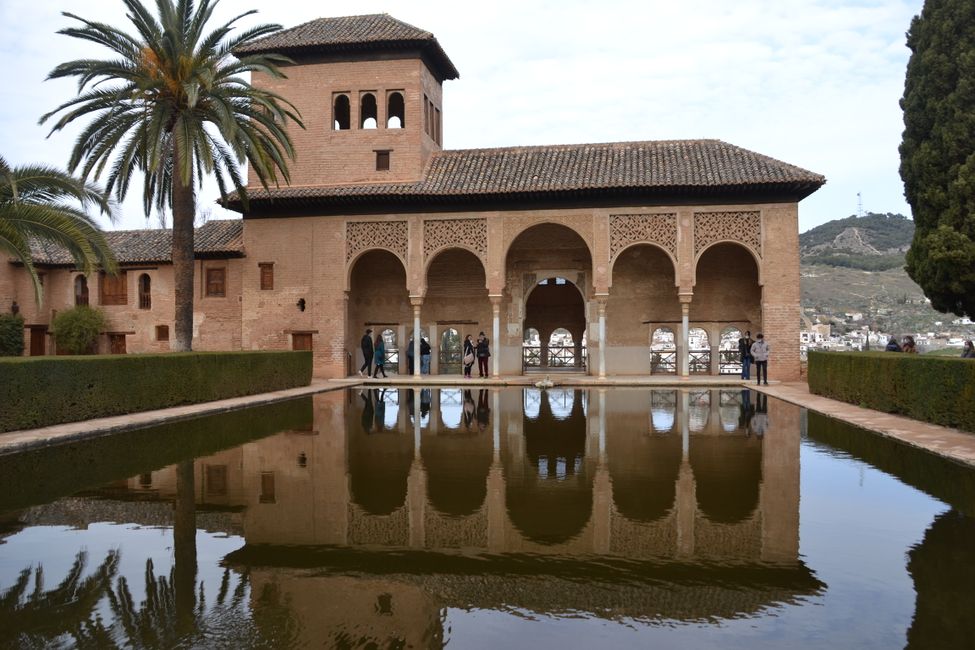
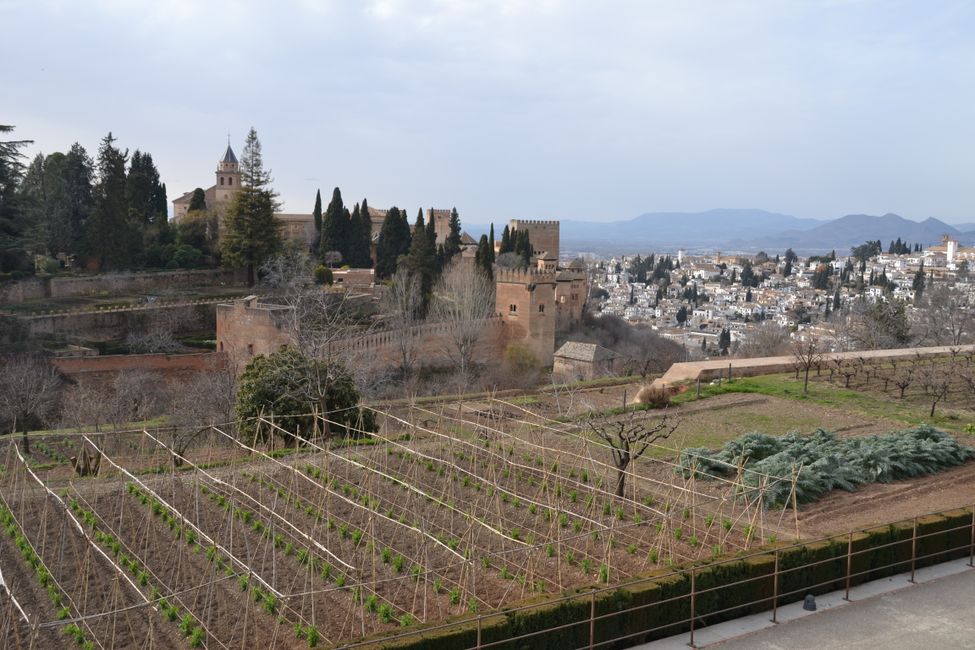
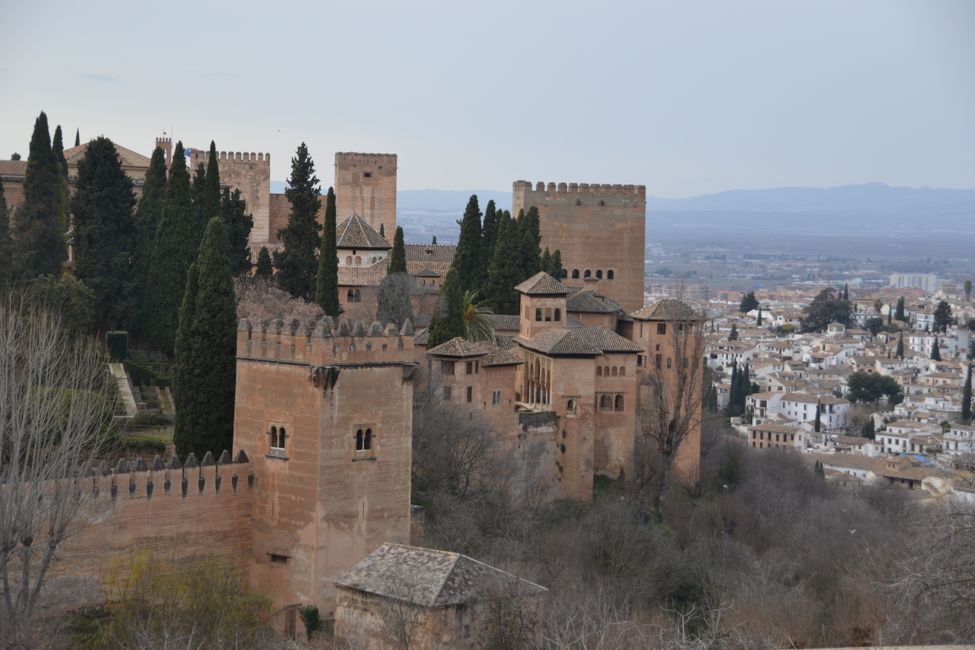
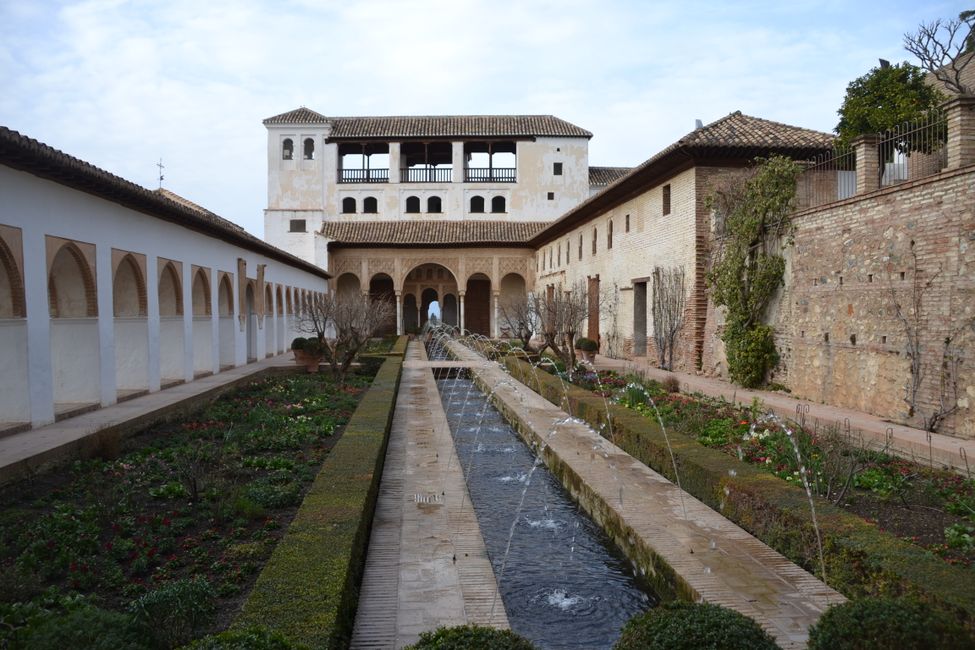
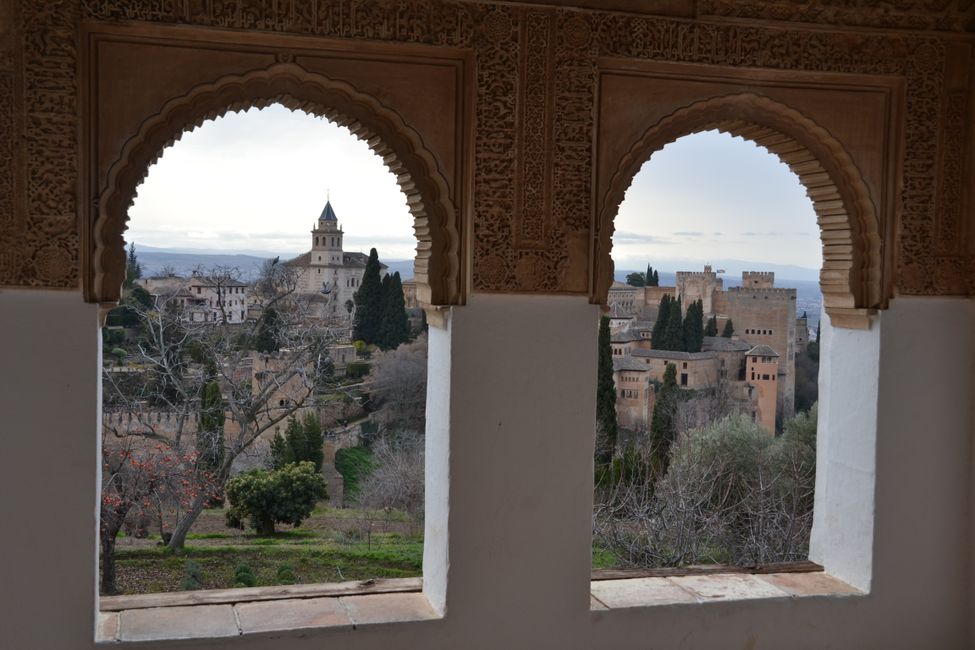
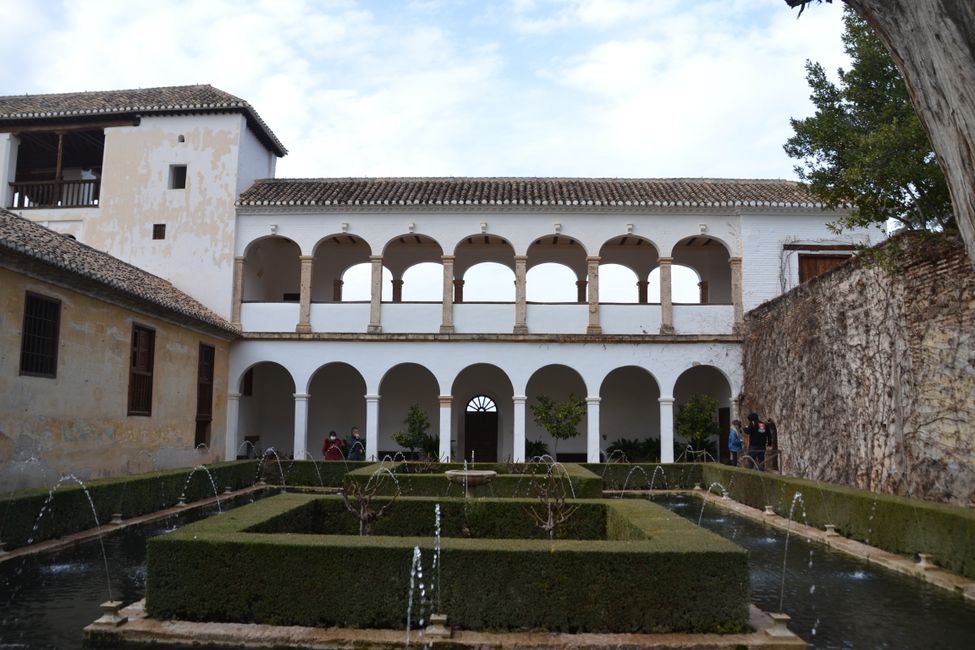
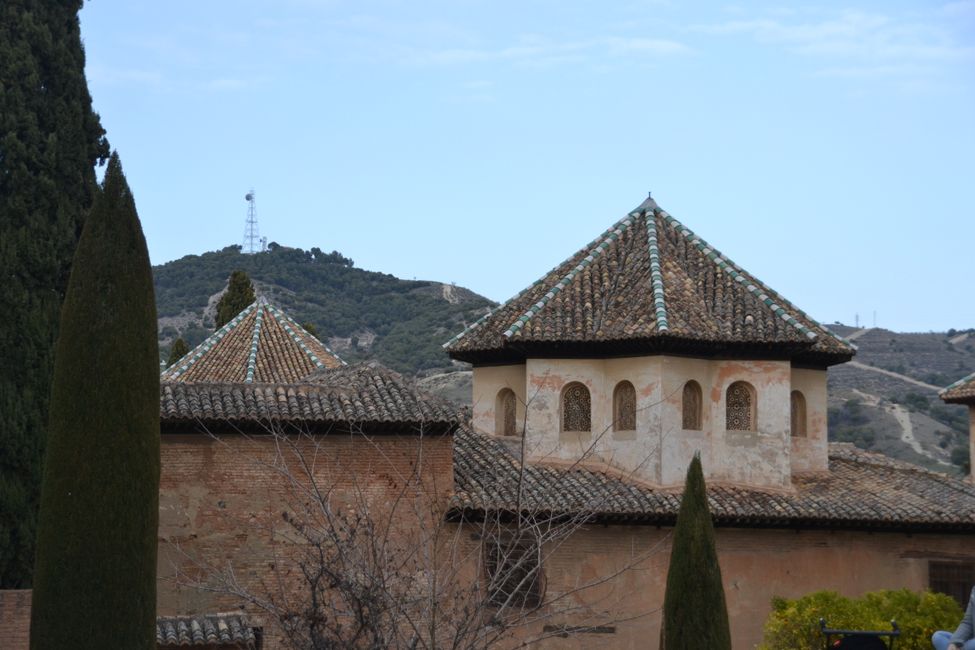
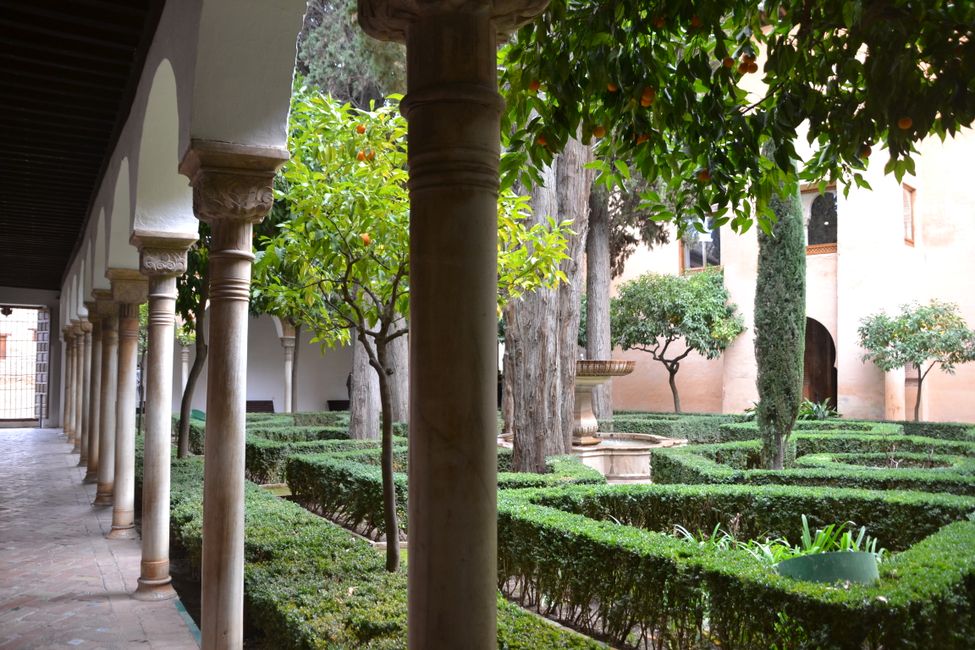
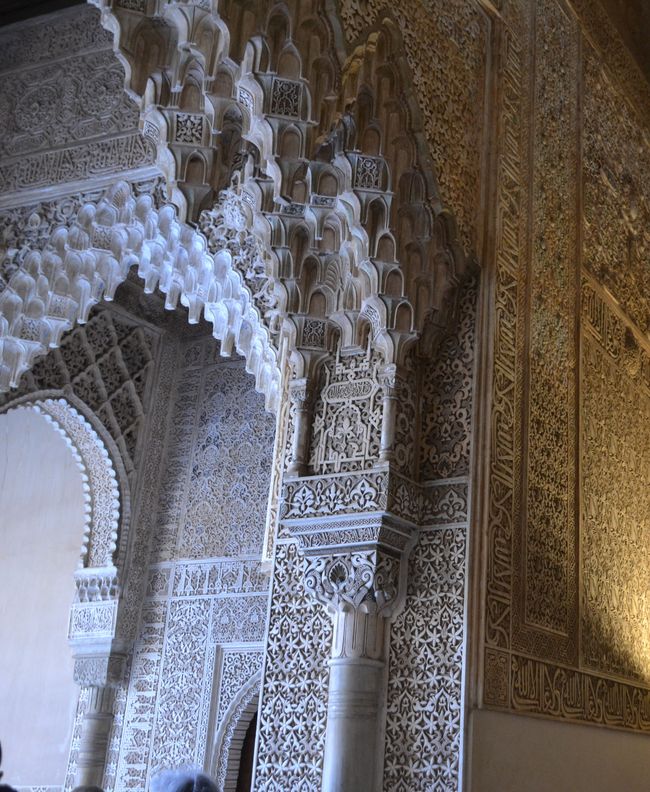
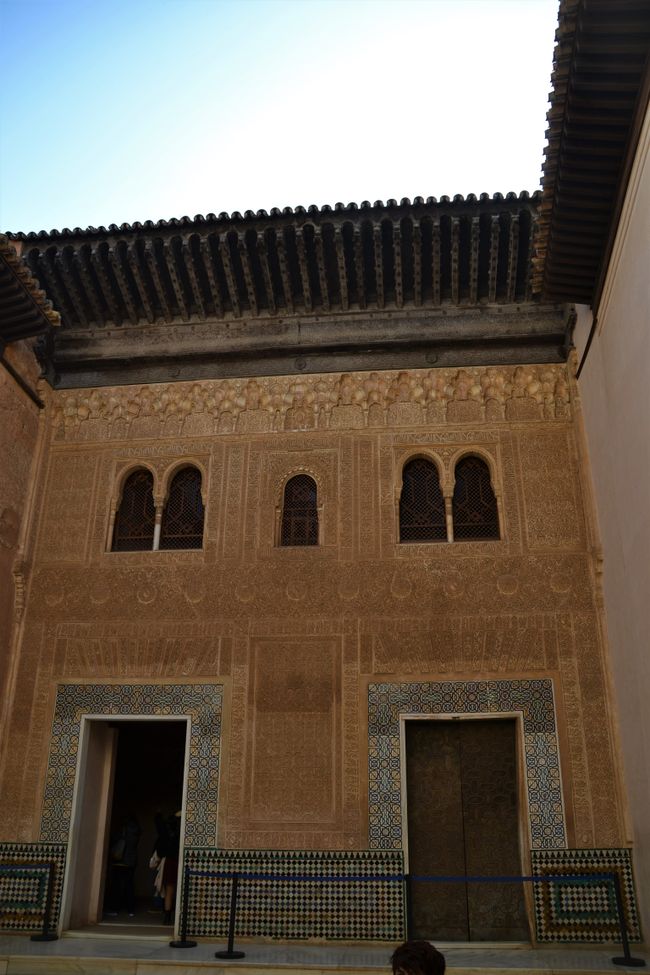
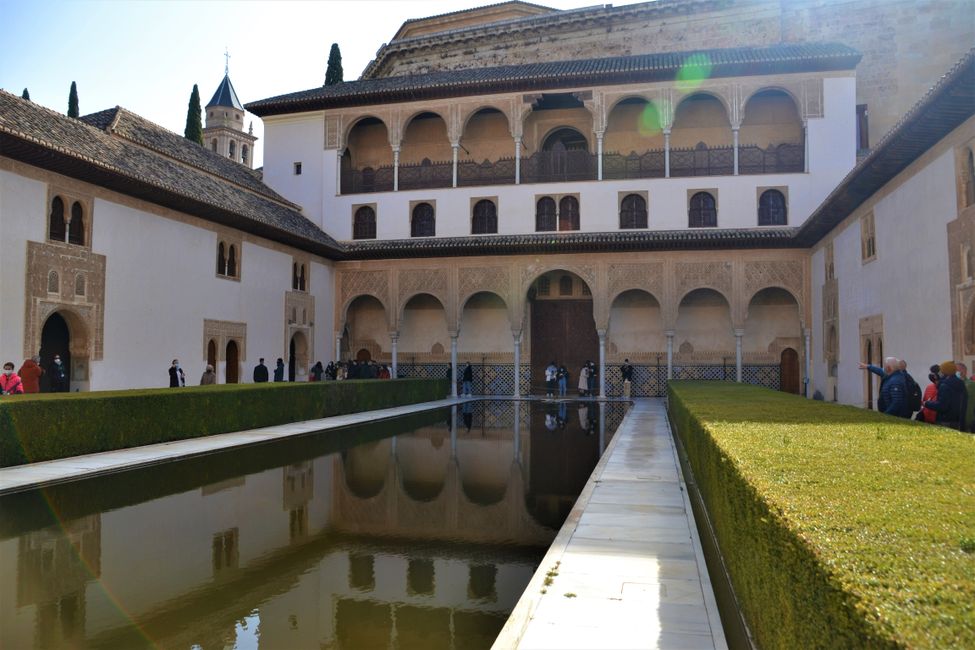
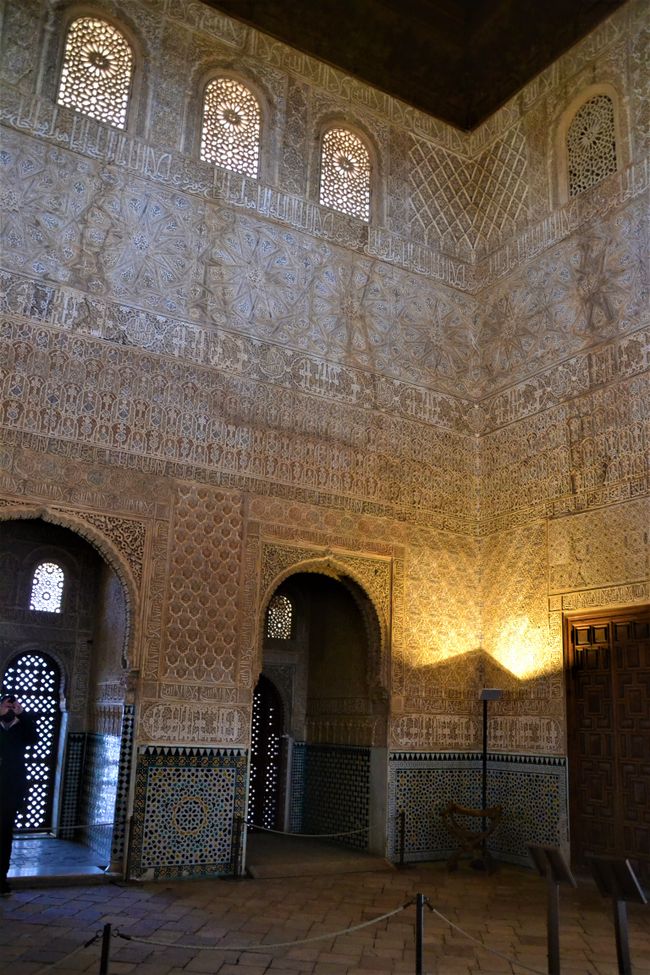
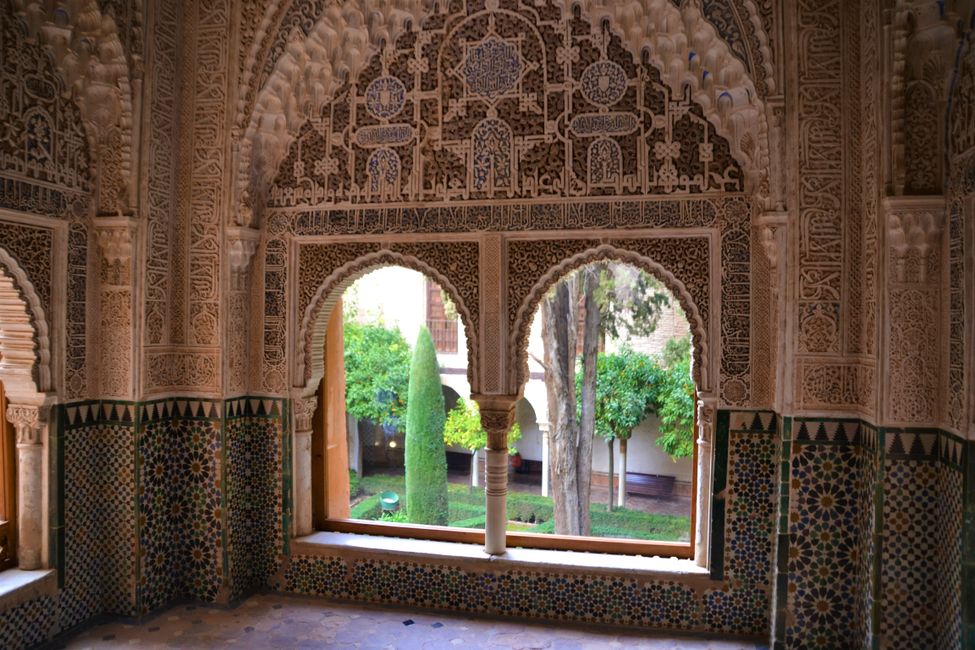
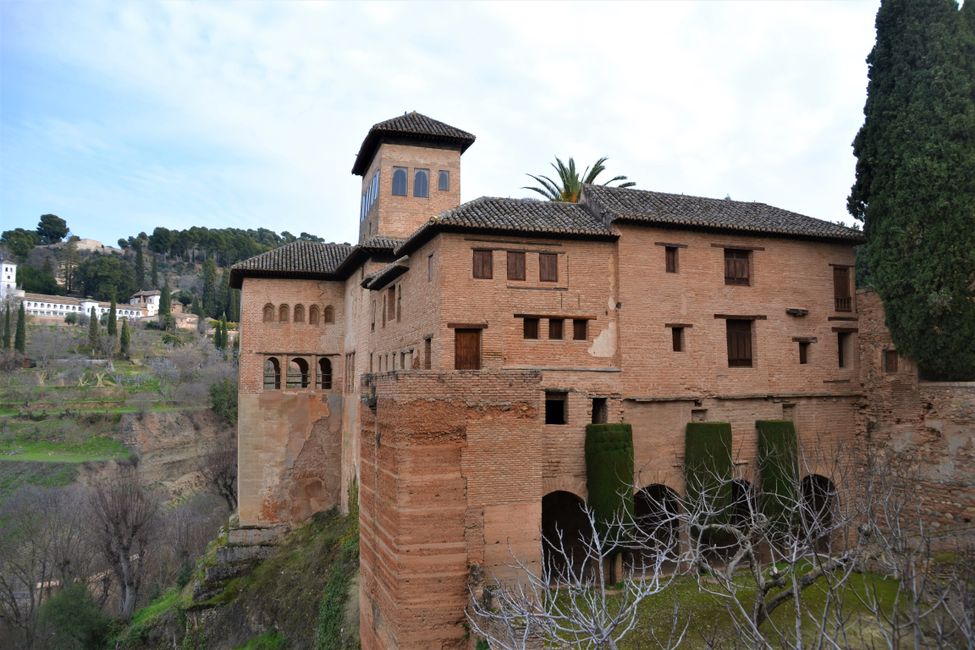
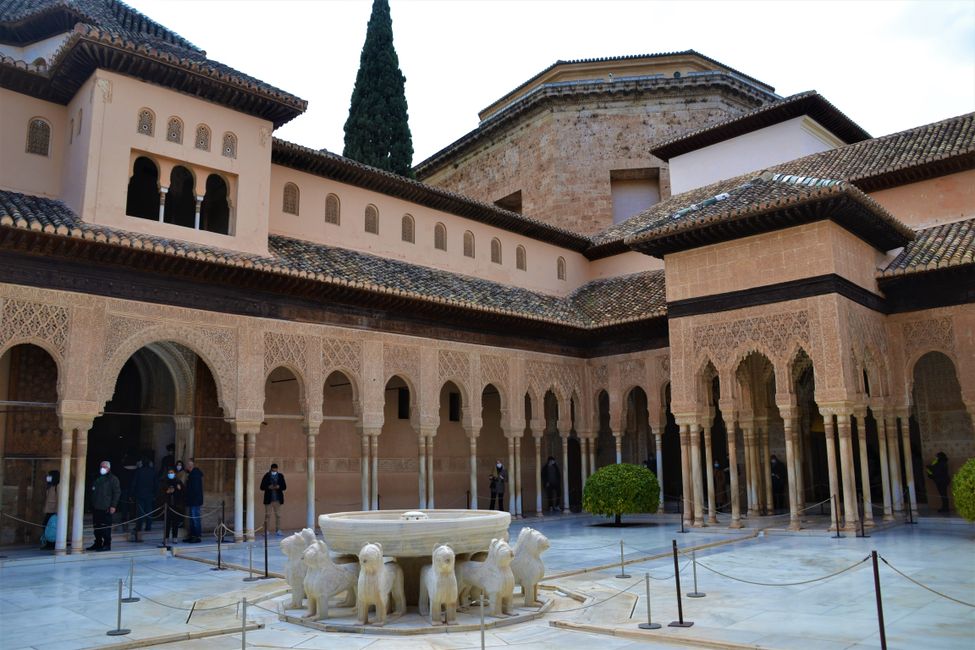
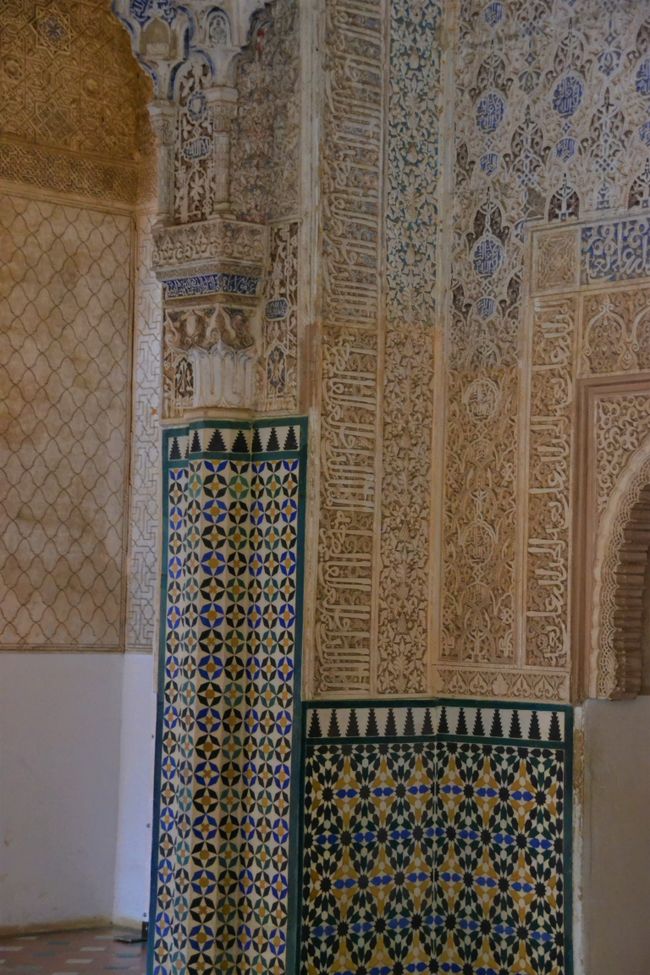
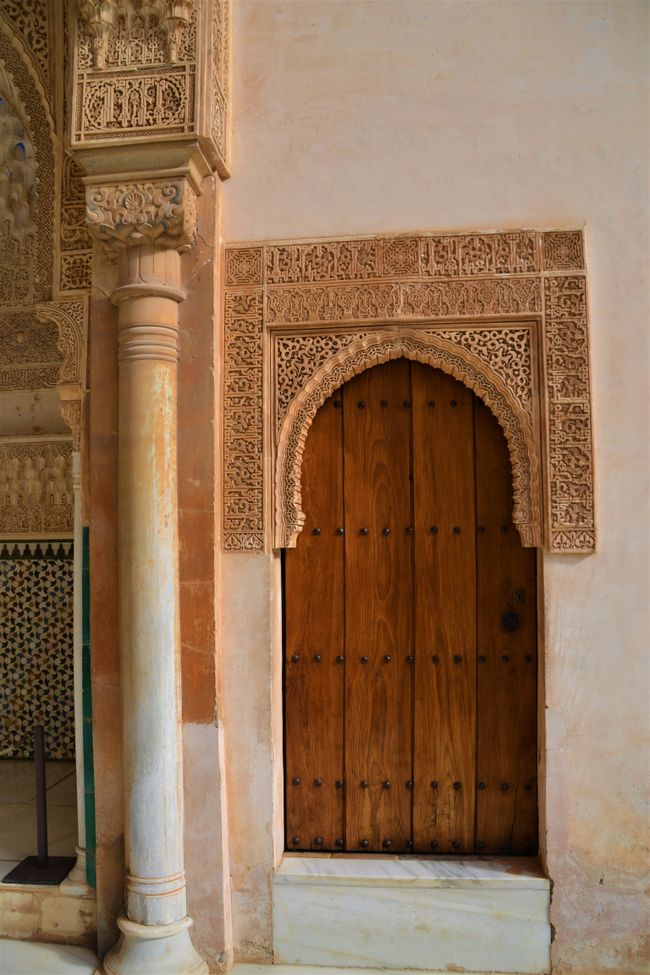
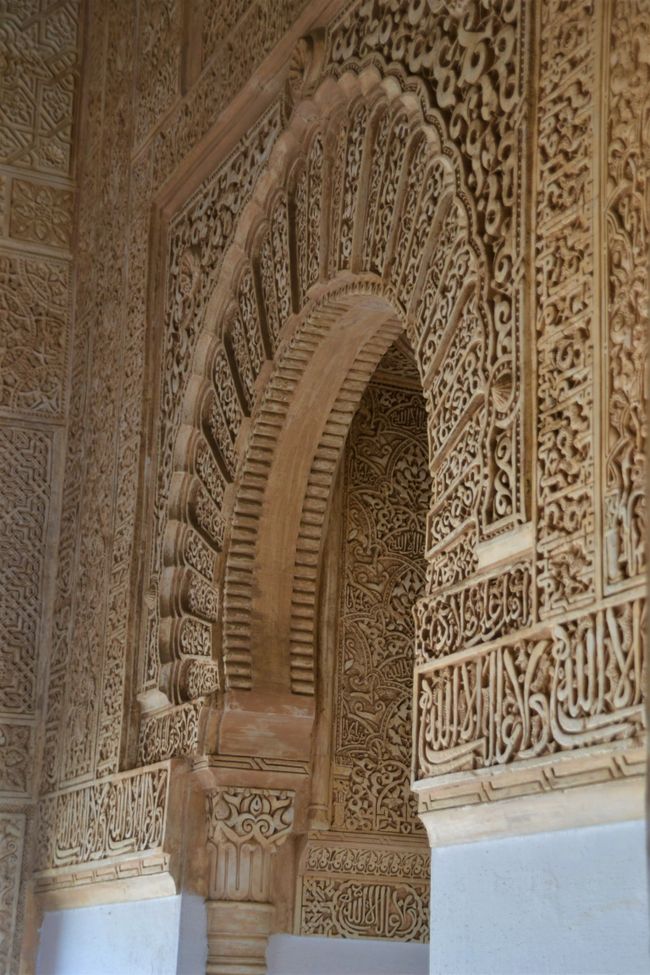
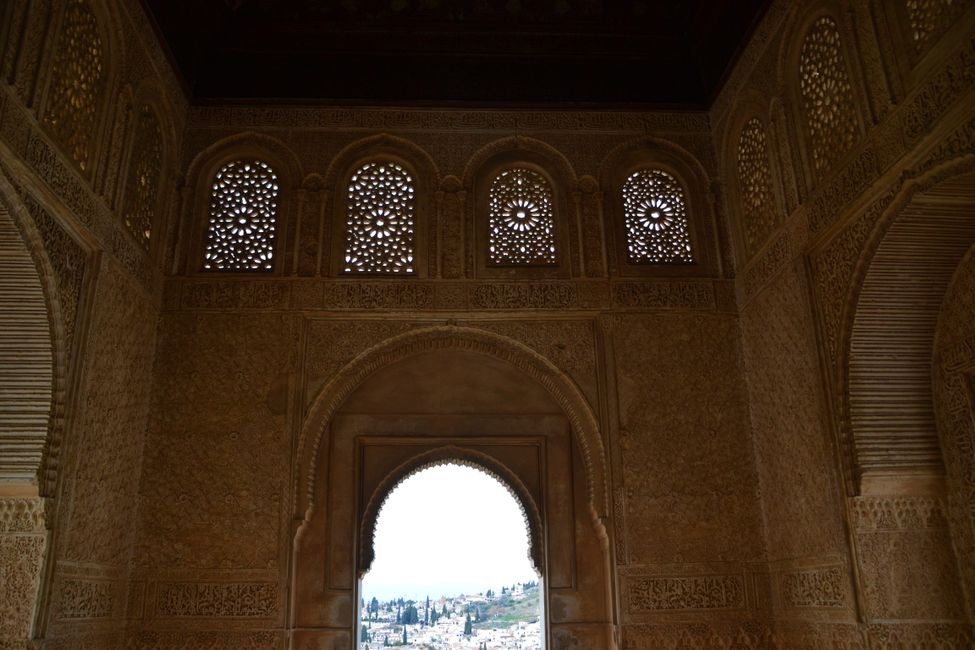
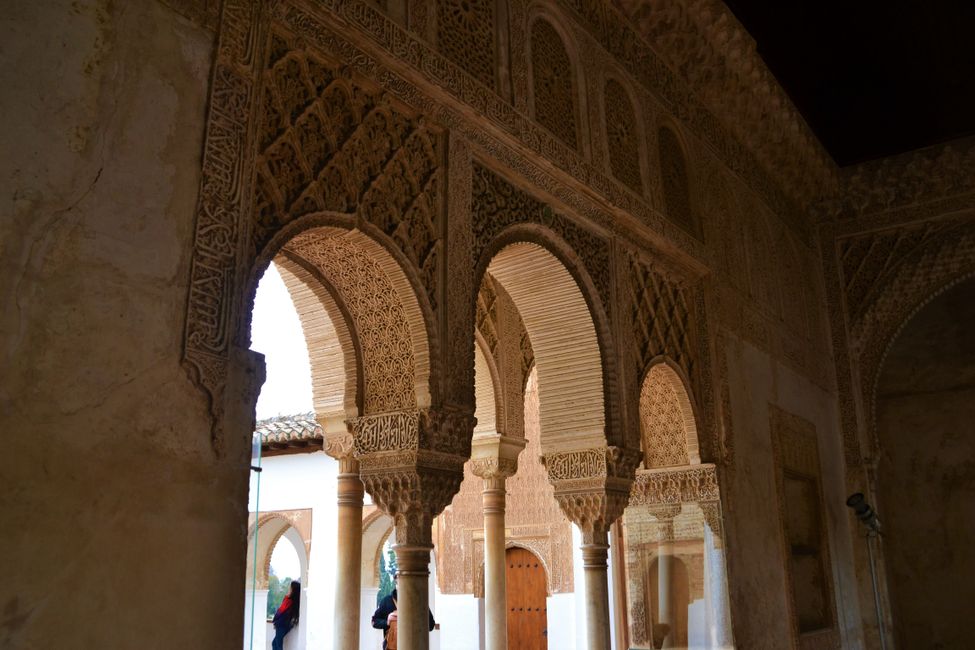
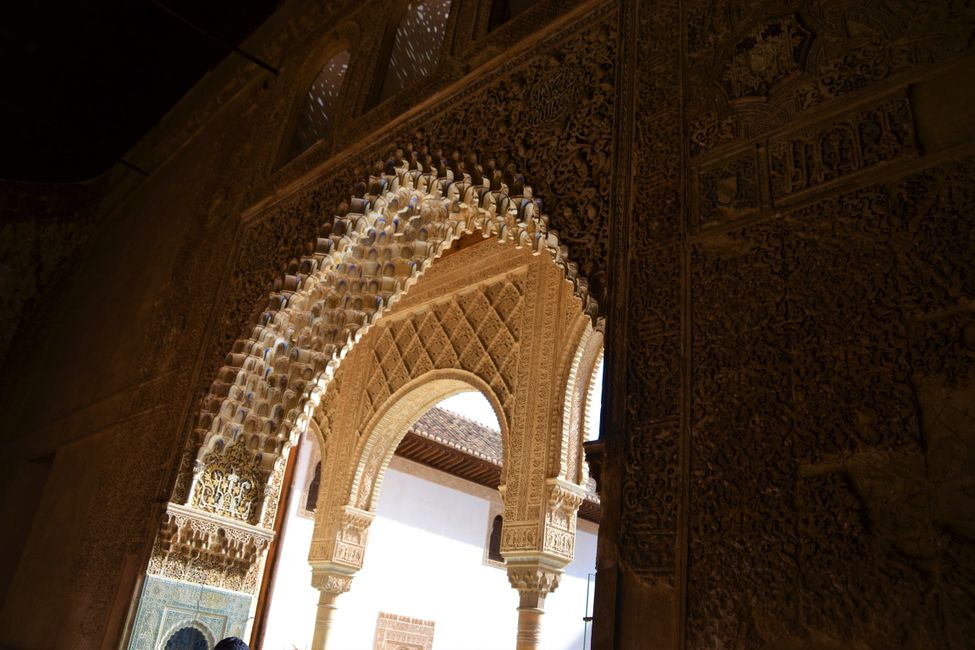
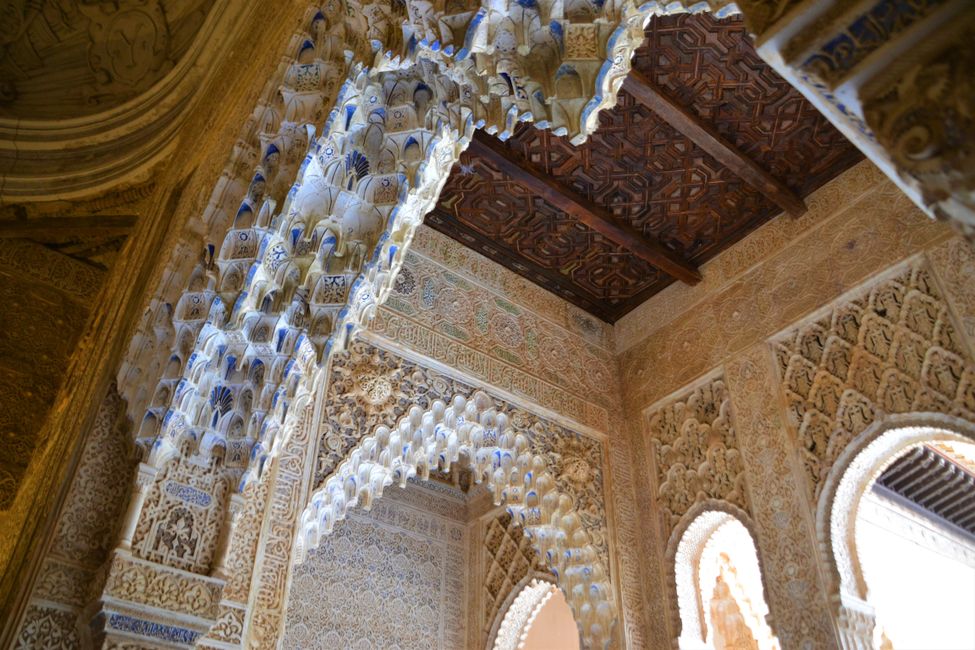
Axborot byulleteniga obuna bo'ling
22nd - 23rd January 2022: Granada
Granada was the most impressive city on our trip for me. I had heard about the Alhambra for a long time and therefore I wanted to visit Granada. But not only the Alhambra, an Arabic city fortress with a fort and enchanting palaces, but the entire city is impressive and beautiful.
There is a city center with a huge cathedral and a former Jewish quarter, but especially impressive is the former Arabic quarter of Albaicín.
Even today, many Muslims from North Africa live here and the neighborhood is full of souvenir shops where you can buy Moroccan-looking lamps and carpets. The narrow streets in Albaicín wind their way up the hill opposite the Alhambra through the white houses. Occasionally they open up to squares where flamenco groups present dances full of passion to live music and there are beautiful views of the Alhambra.
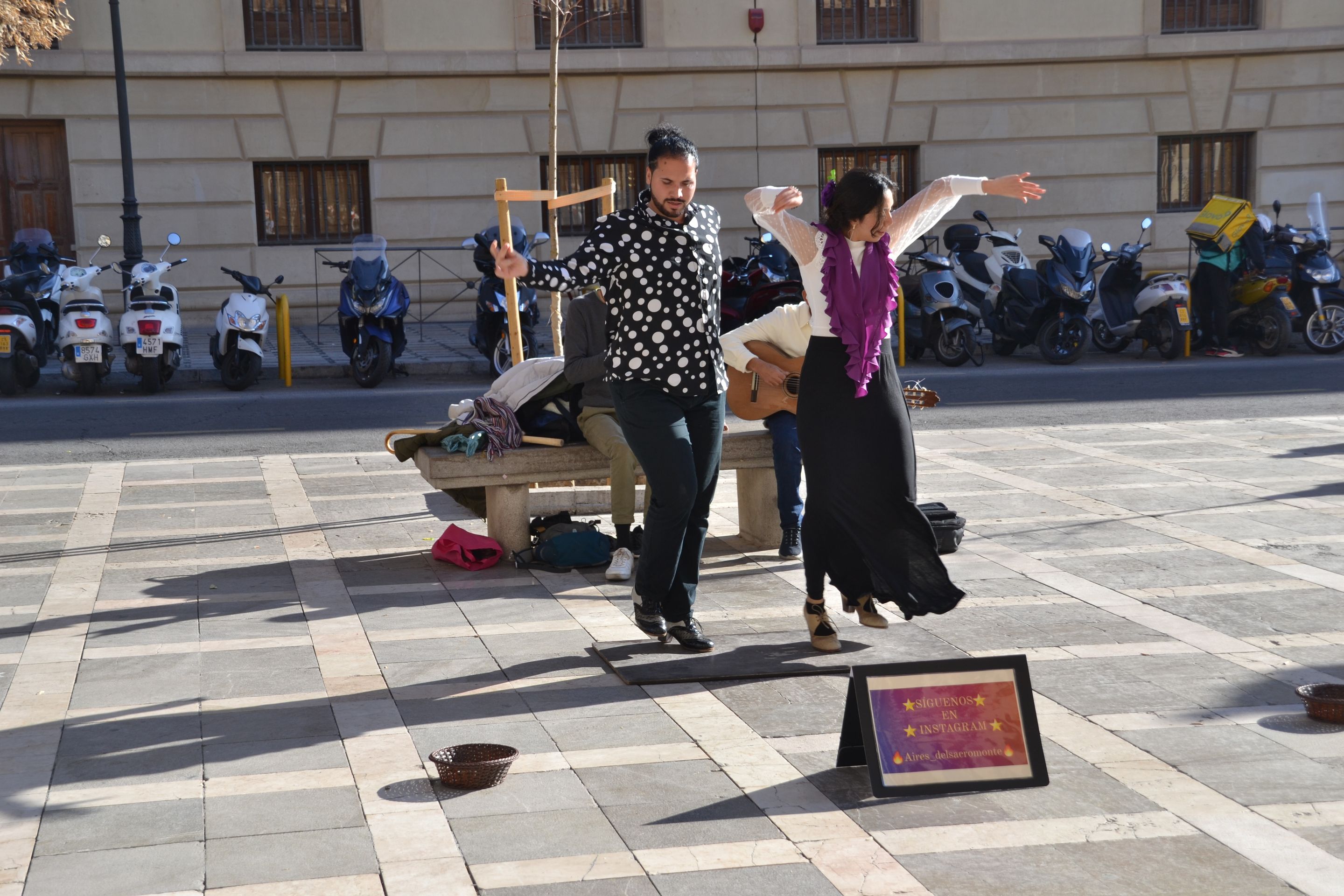

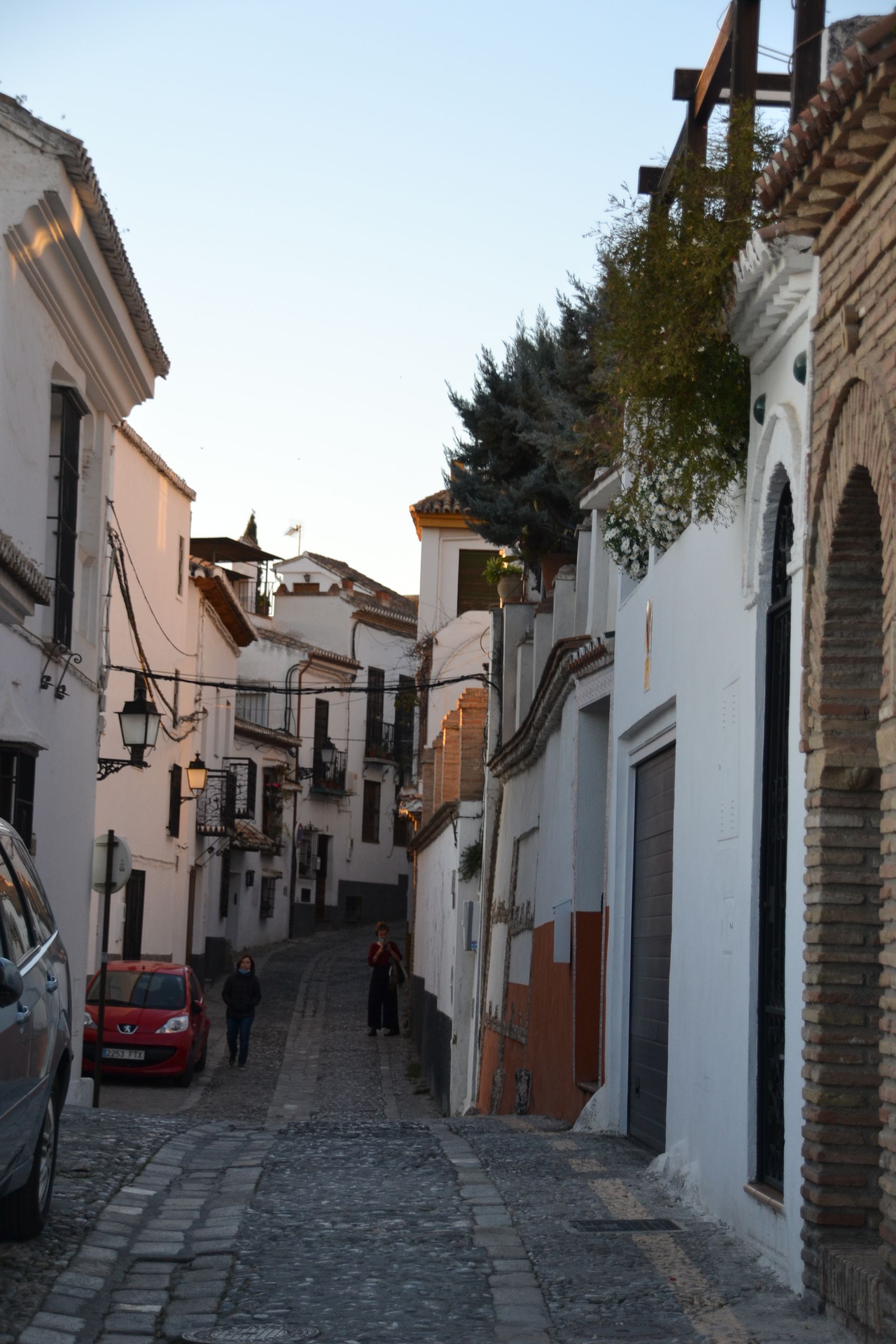
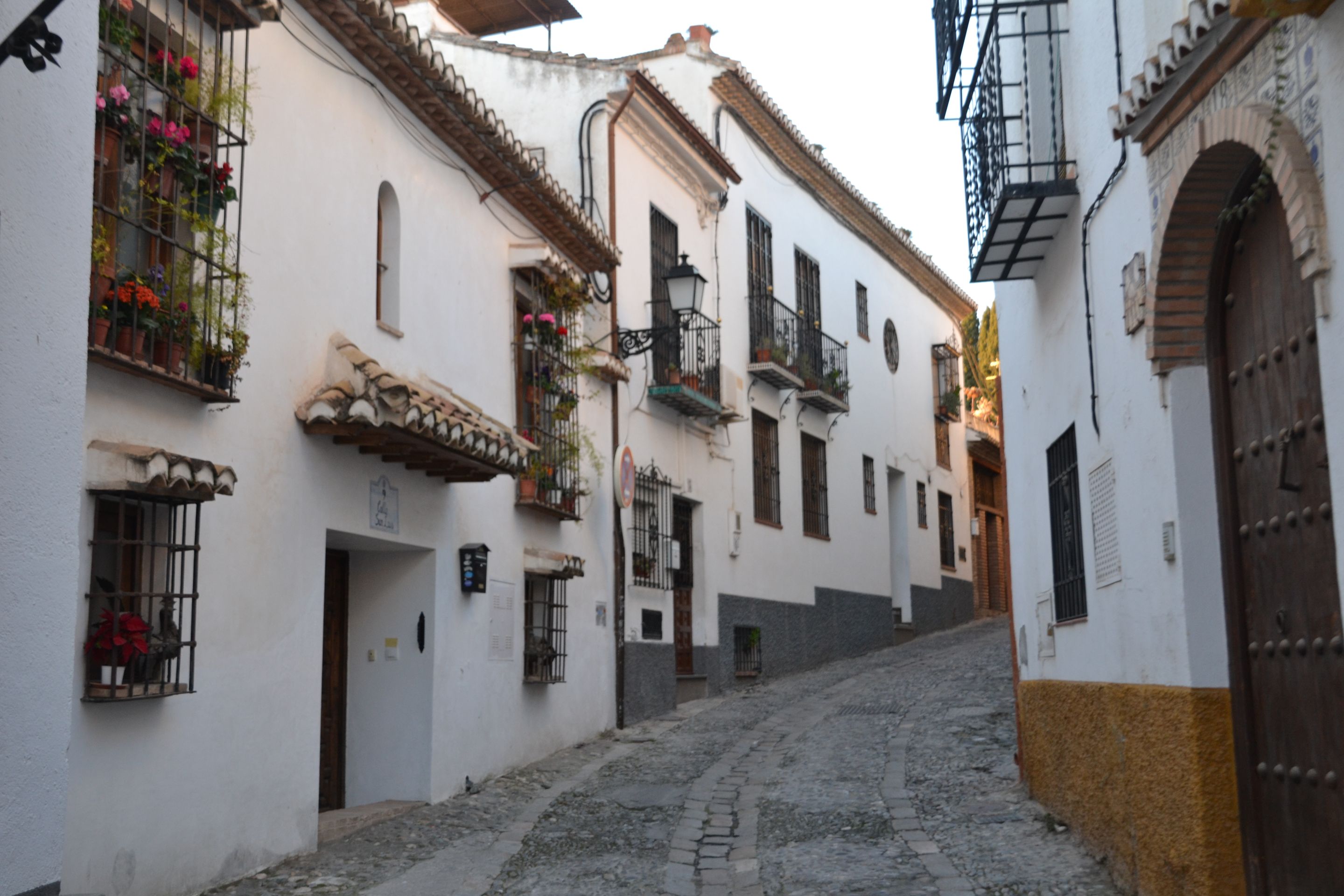
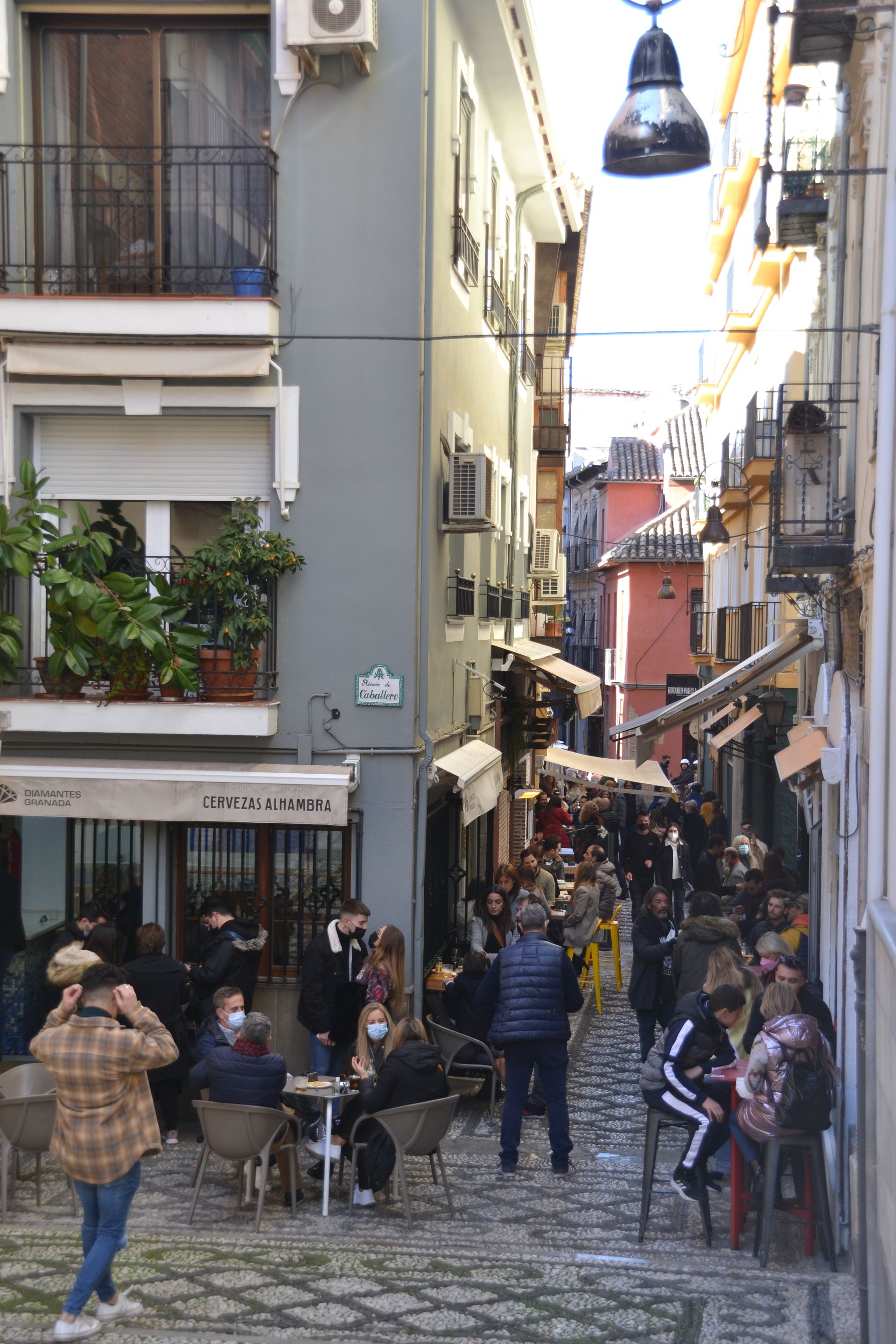
Granada was ruled by the Moors and Nasrids (Muslims) from 711 to 1492. After the Christians conquered the city, they forced the residents to convert to Christianity. Many Muslims then left the city. The former city center, Albaicín, became so empty that the few remaining wealthy people built huge houses in the style of a country house with a large garden around them, called Cármenes. In the narrow streets between the many white houses, you can often catch a glimpse of lush gardens behind high walls. The largest Carmen in the city was recently sold for a ten-digit sum to an unknown buyer (rumor has it that the owner is from PSG).

Further up the mountain is the district of Sacromonte. When the so-called gypsies, the traveling people, were forced to settle down by a reform, they settled here and built caves in the rocks. These caves still exist today, although most of them no longer resemble a cave from the outside. A facade and a roof were added, often several floors as well, so that they now look like normal houses. But if you can take a look through an open door or window, you can see that at least the ground floor is partially a cave. In the upper part of the district, which was never properly developed and can only be reached by footpaths leading up the mountain, people still live in caves that look like the ones in The Hobbit, just without a round door. Cacti are often planted on top of the cave. They absorb the water from the ground when it rains, so that the inside of the cave remains as dry as possible and keep other people from walking on the roof of the cave. I was very impressed by how people live here. Often it looked very cozy. They also have the best view of the city and the Alhambra.

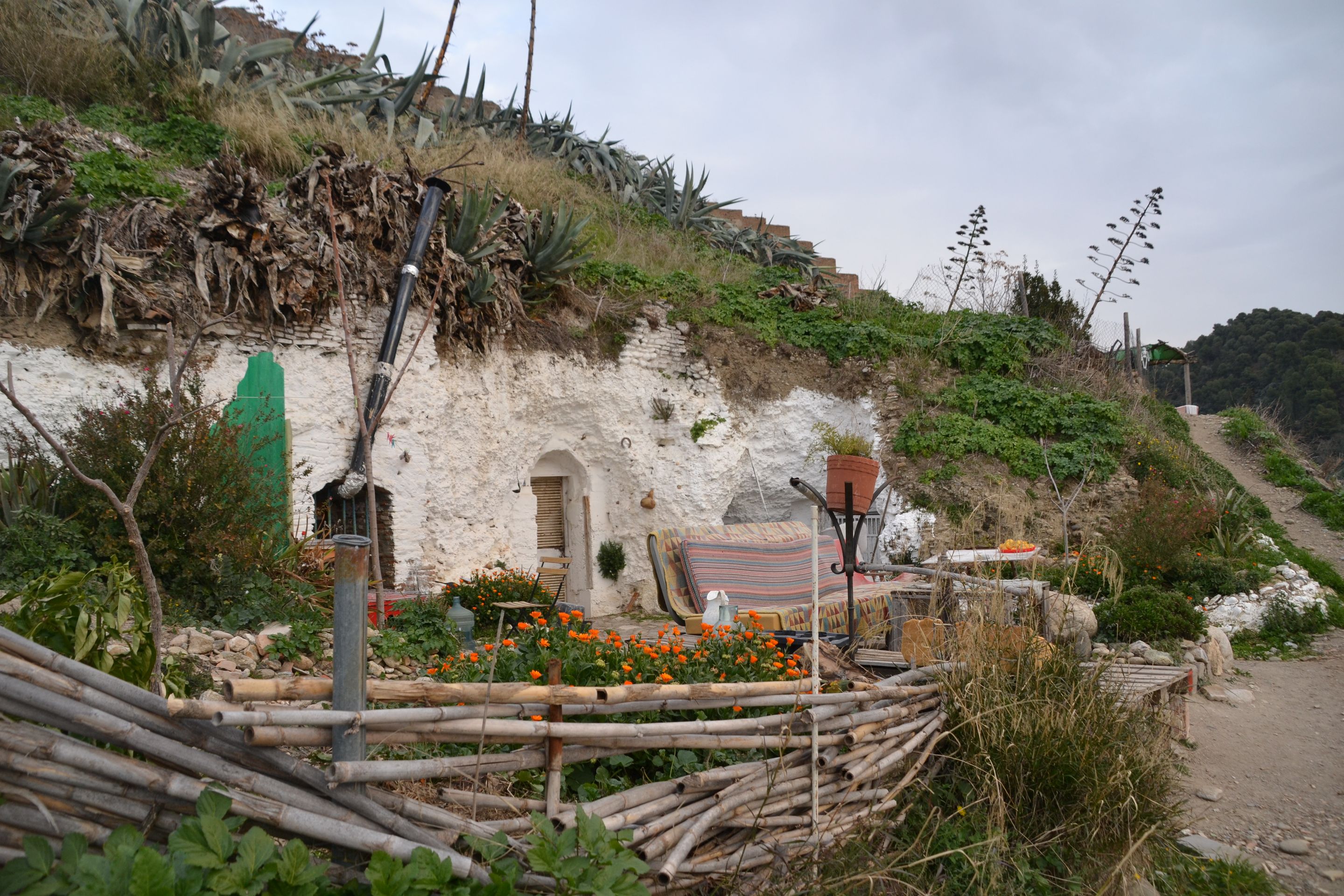
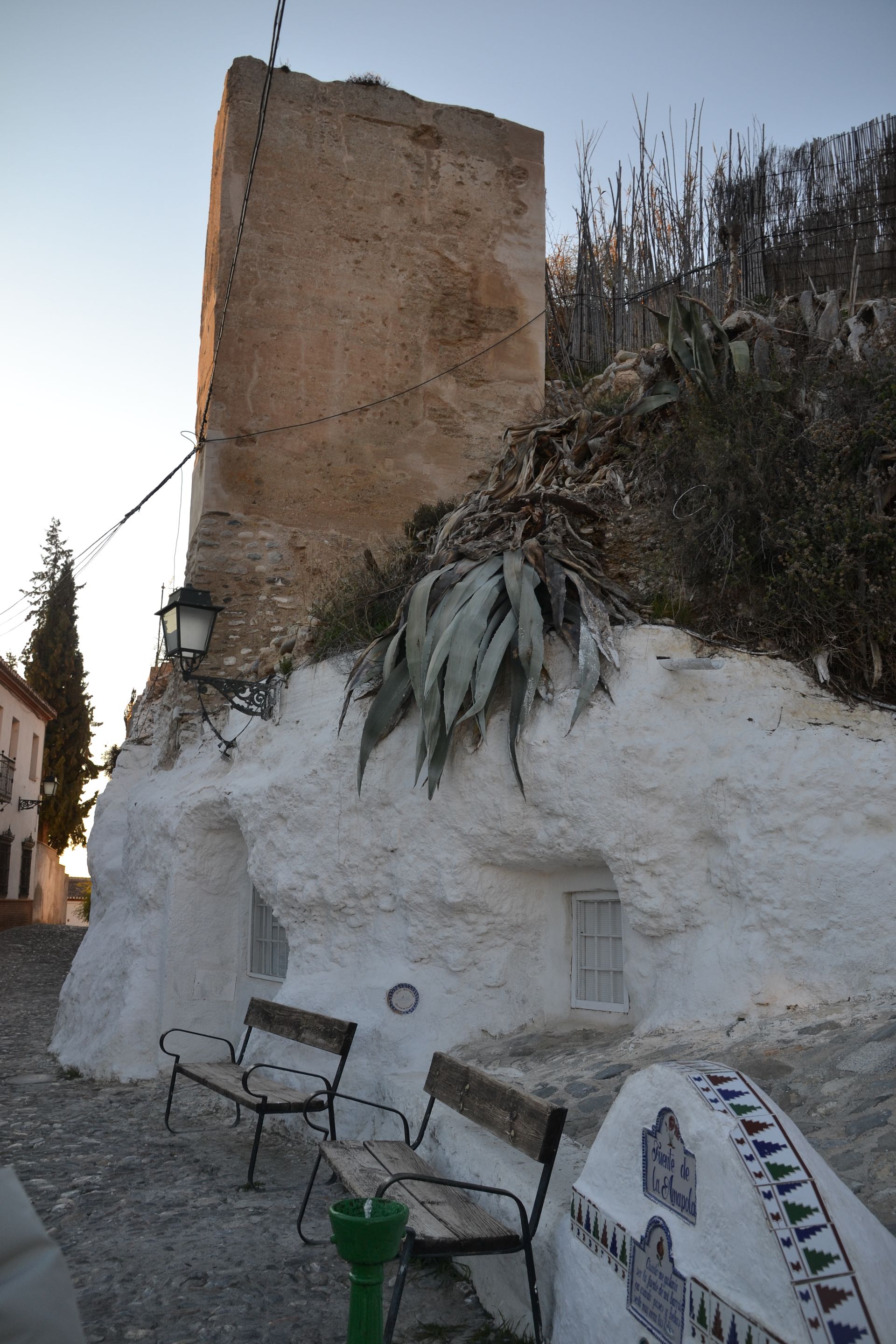
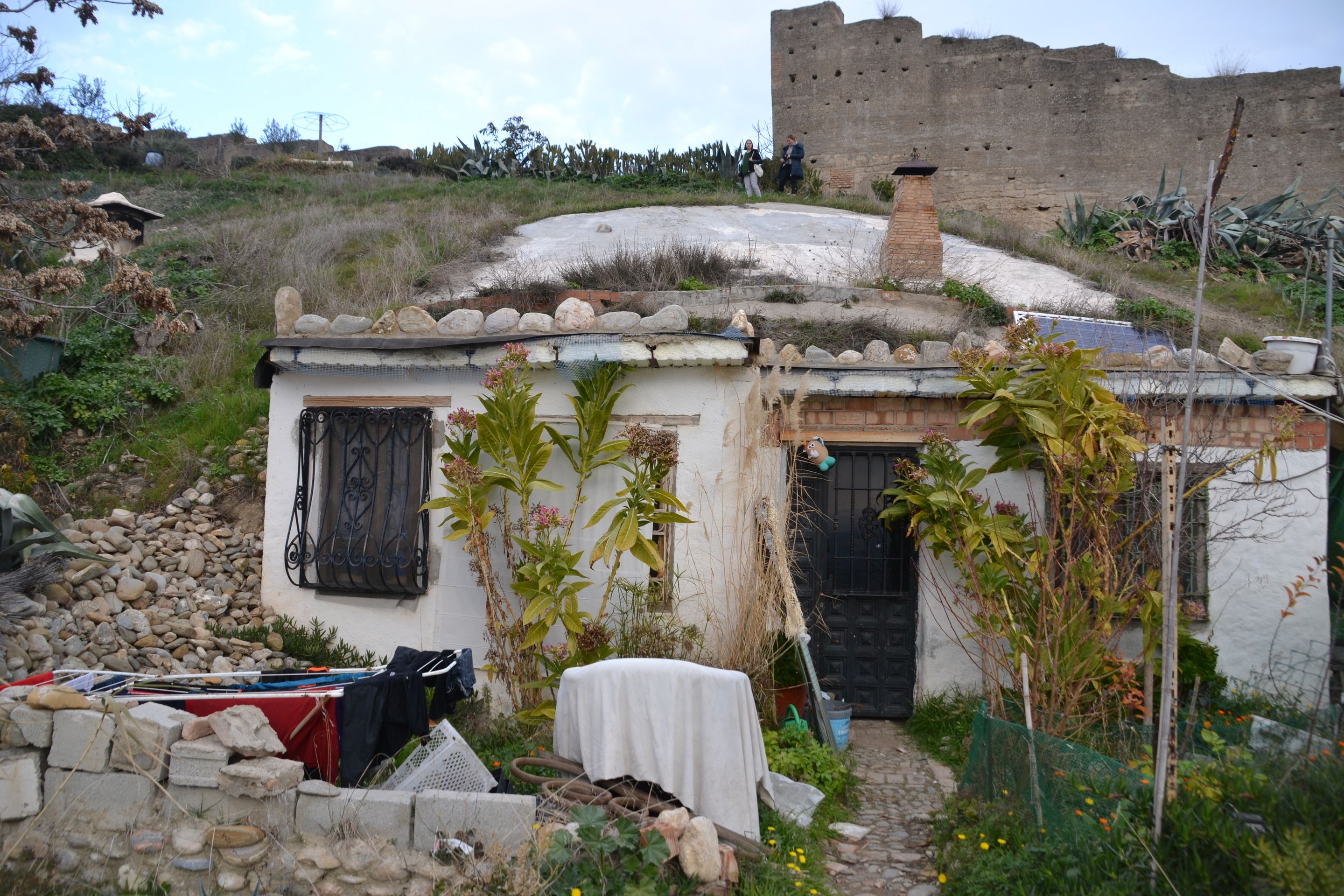
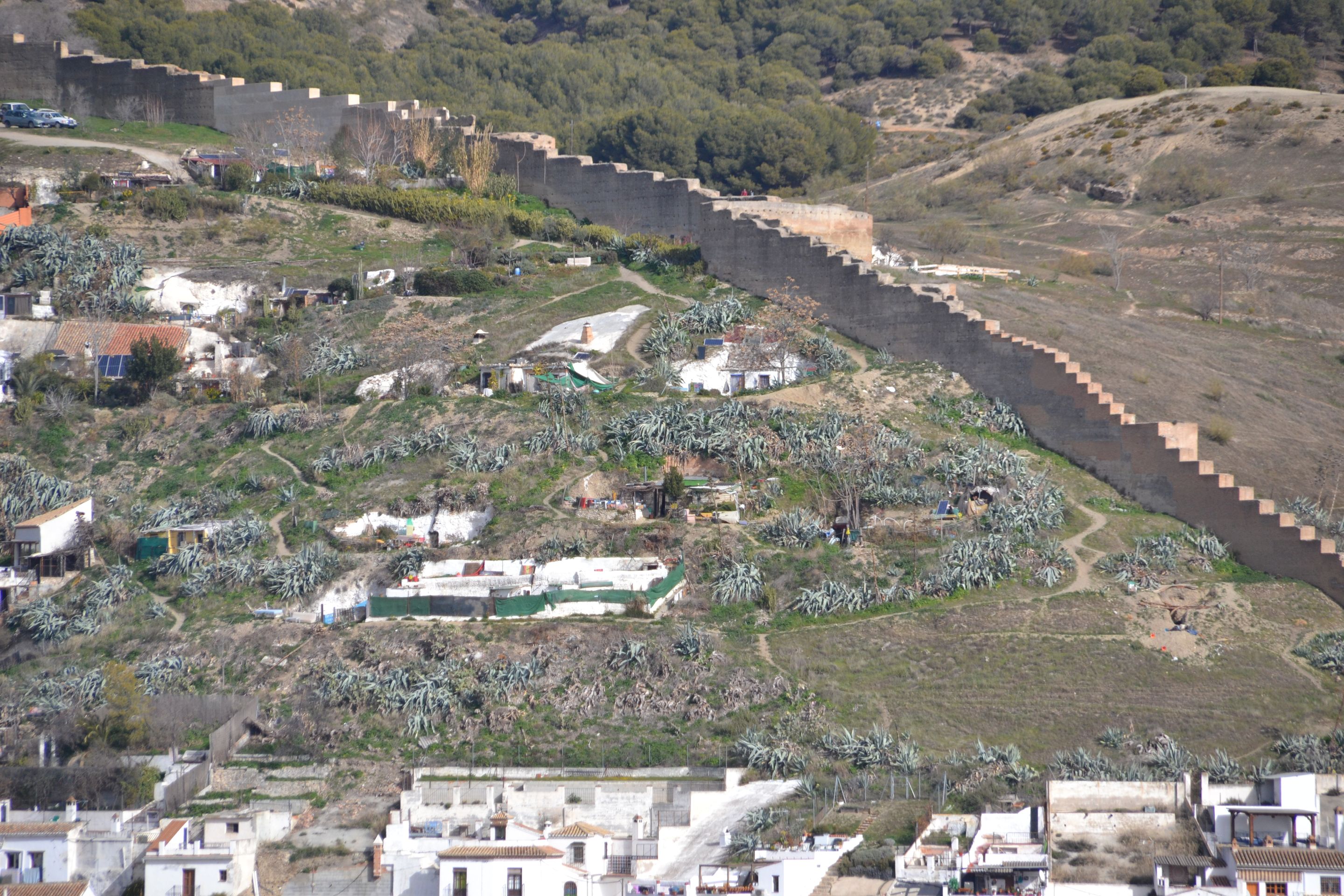
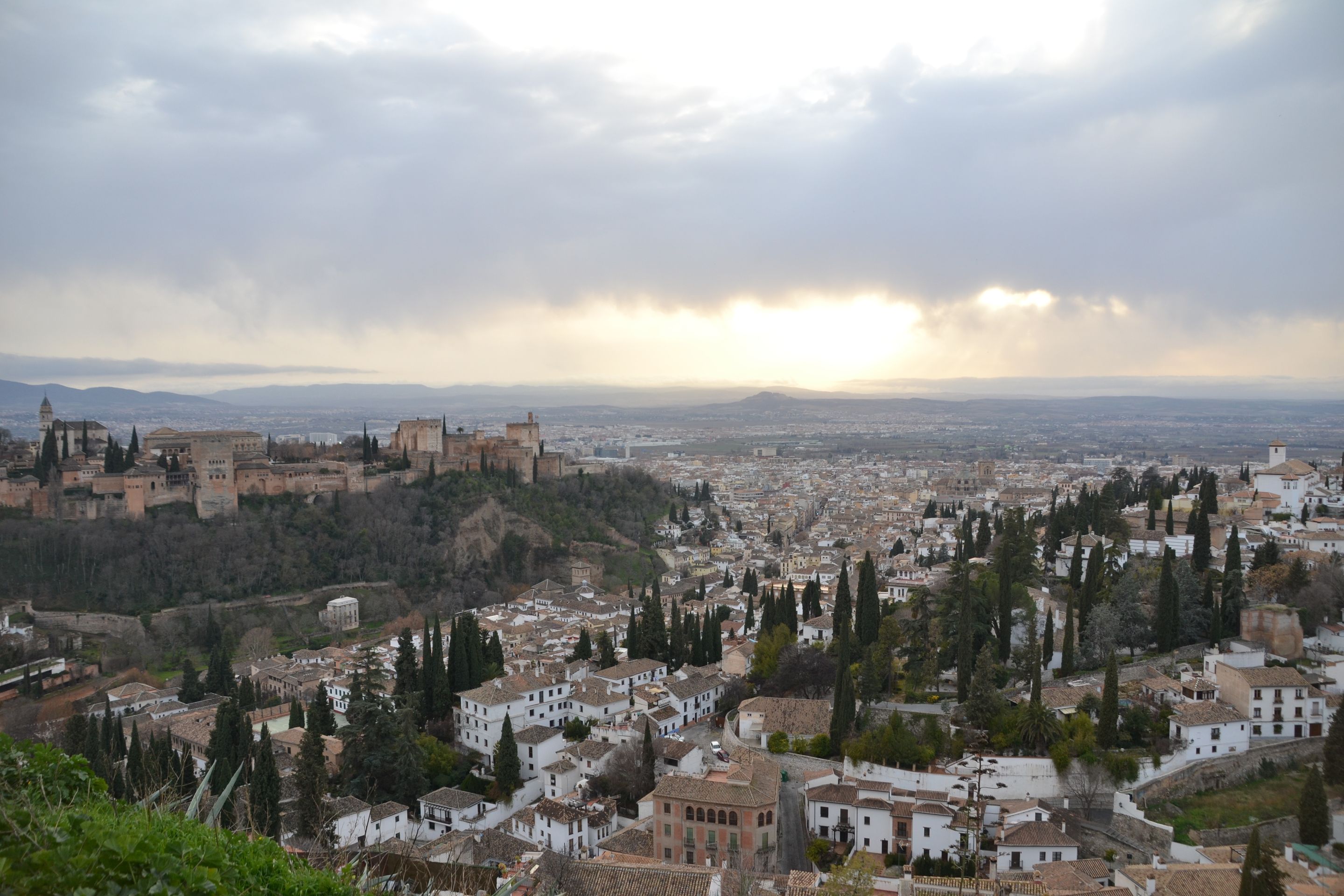
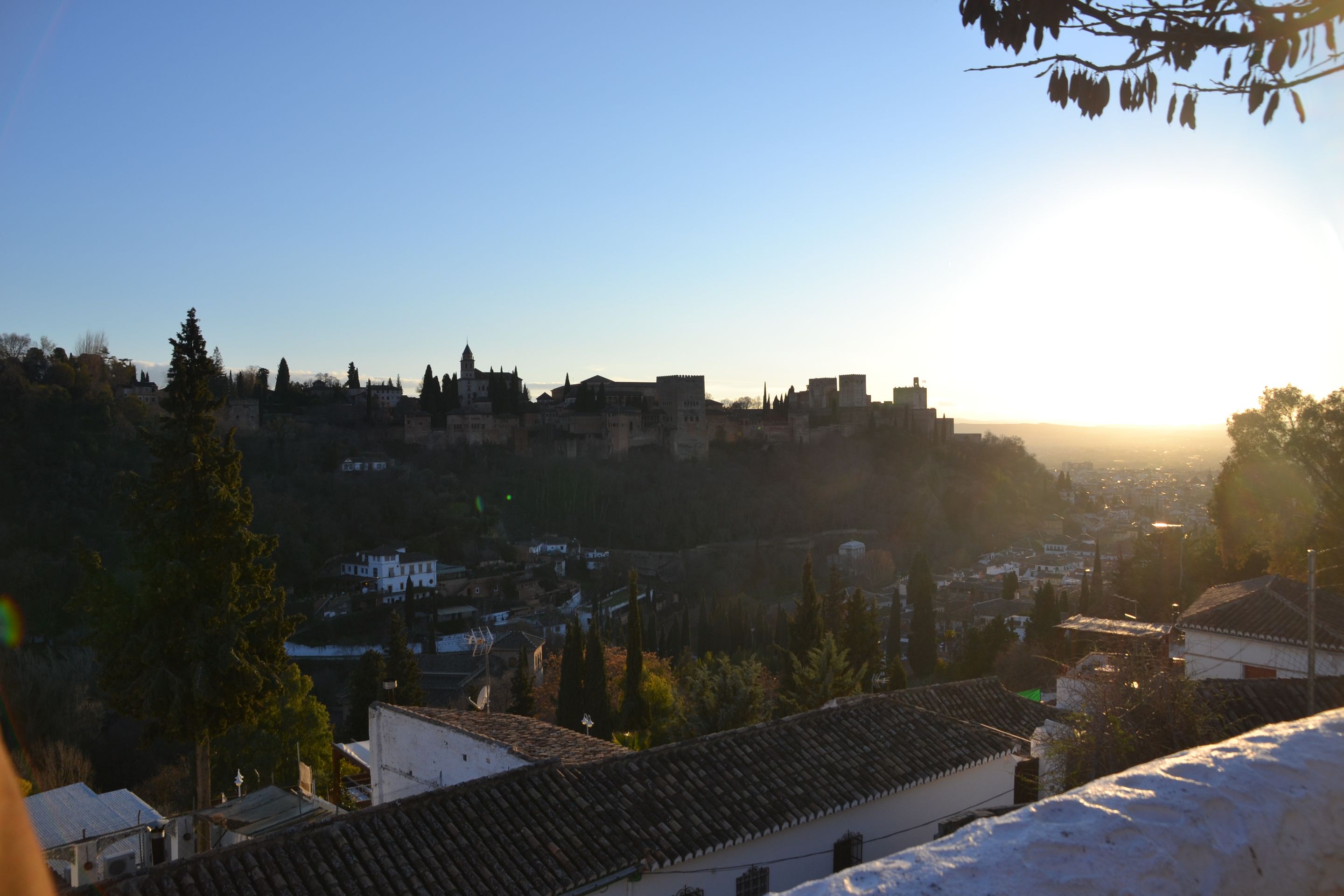

We spent the whole next day in the Alhambra. The Alhambra is a medieval city fortress that towers above the city and is remarkably well preserved. It was mostly built by the Muslims in the 13th to 15th centuries and is considered one of the most important examples of Moorish style and Islamic art. It is one of the most visited tourist attractions in Europe.

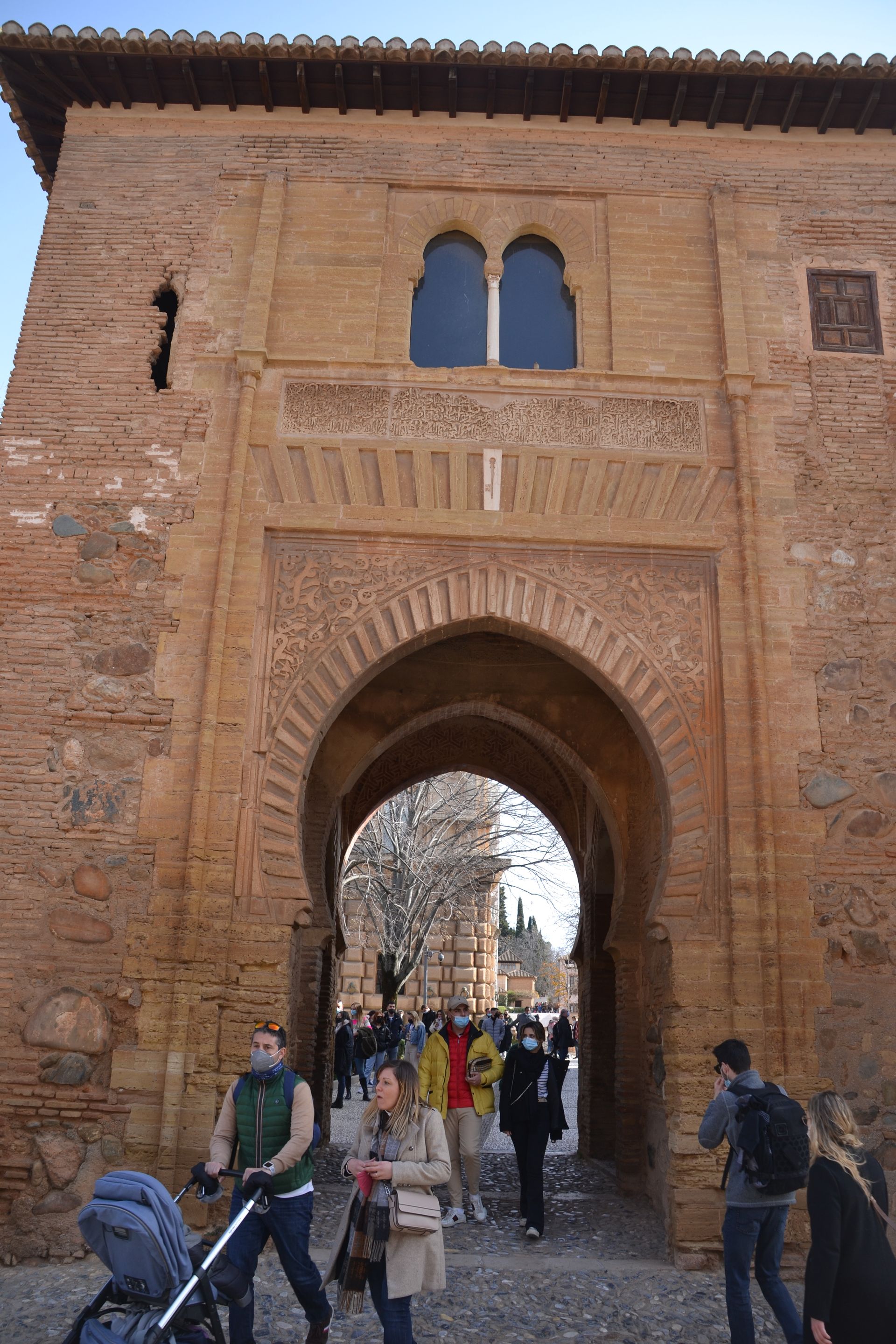
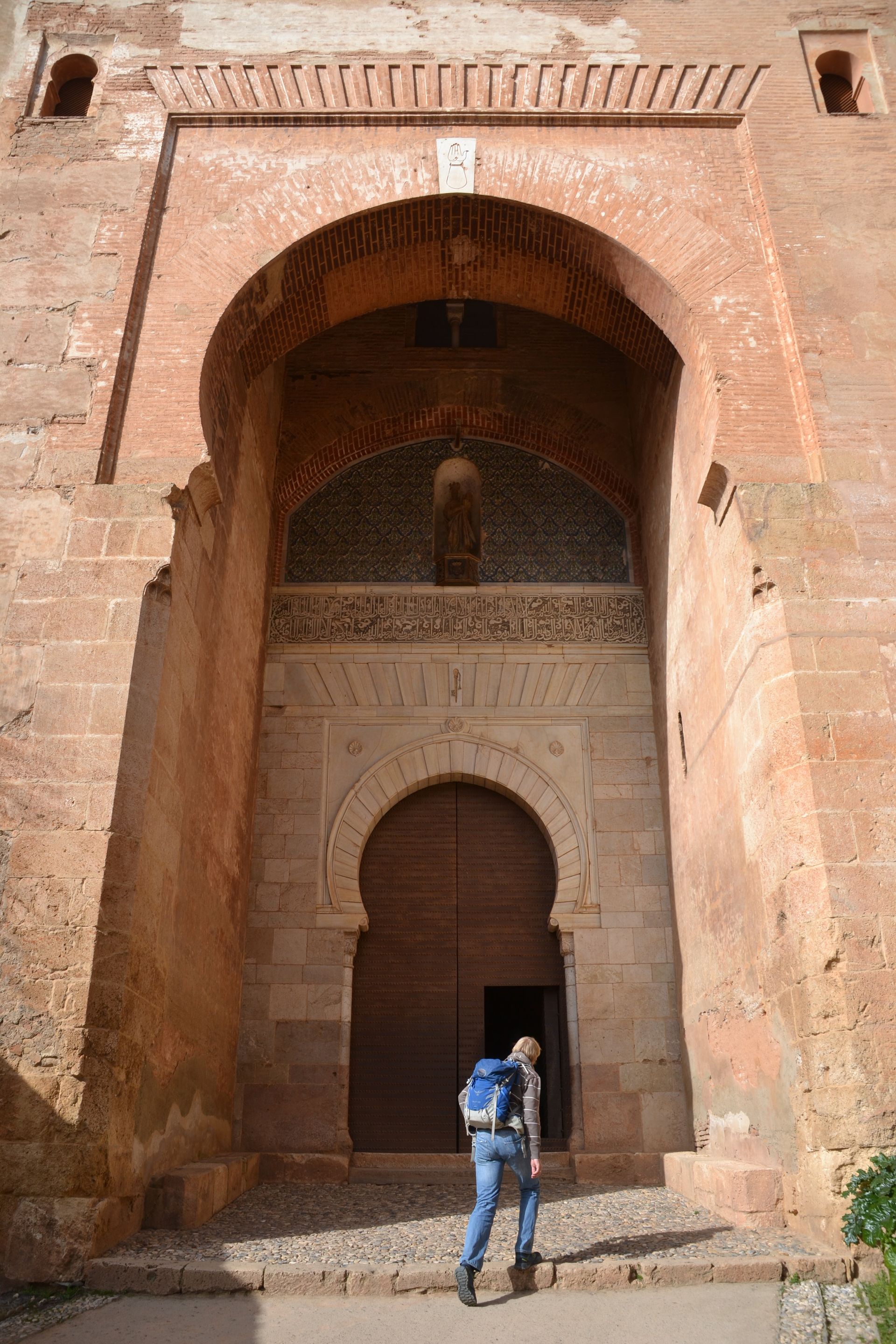
However, the Alhambra is not just a fortress. It is also a palace and houses huge gardens.
In the front part, there is a kind of fortress with several towers from which you can overlook the whole city. Here, the Christians built cannon positions and aimed the cannons directly at the city after they captured it. This way, they could force the residents to do all sorts of things, such as converting to Christianity.

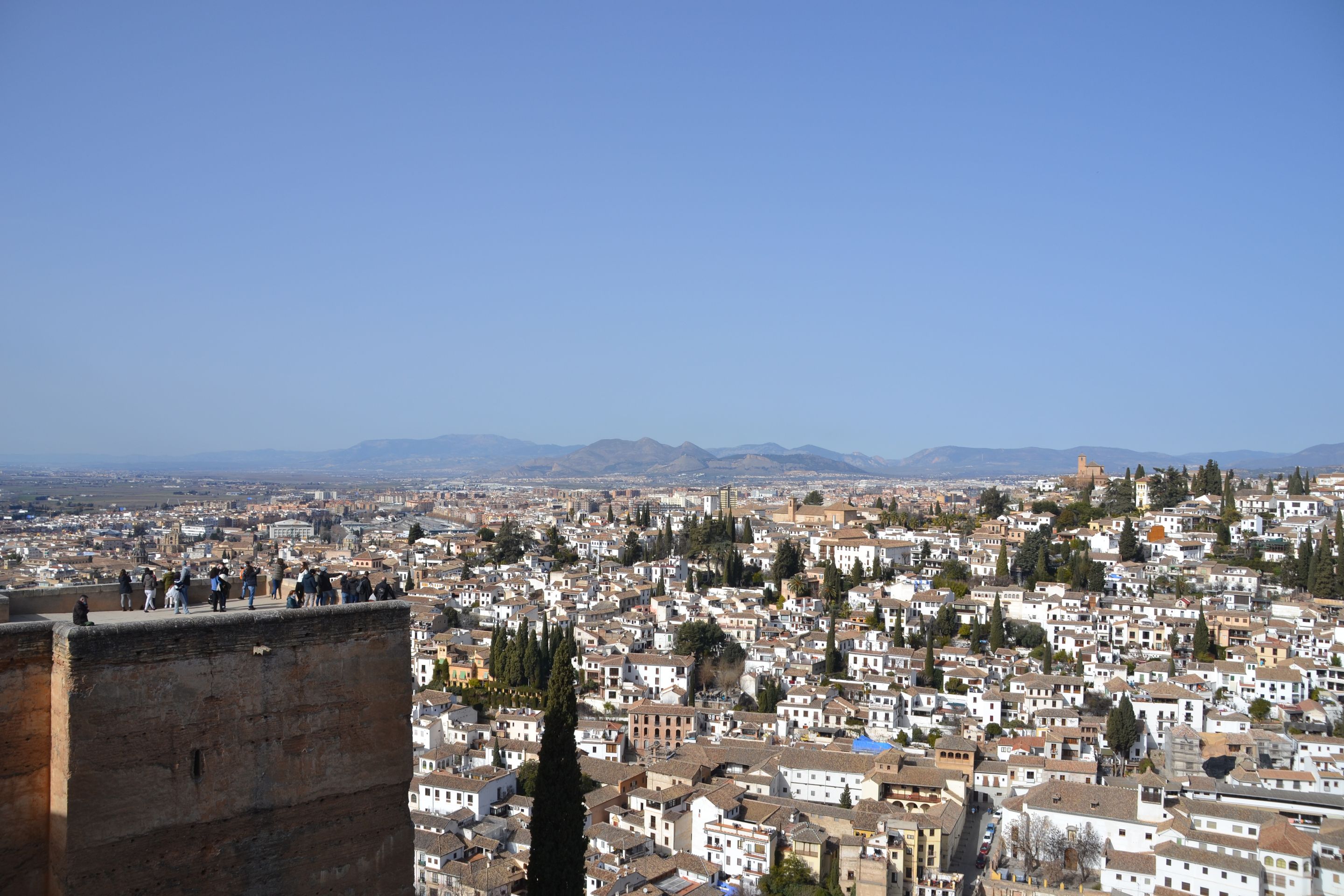
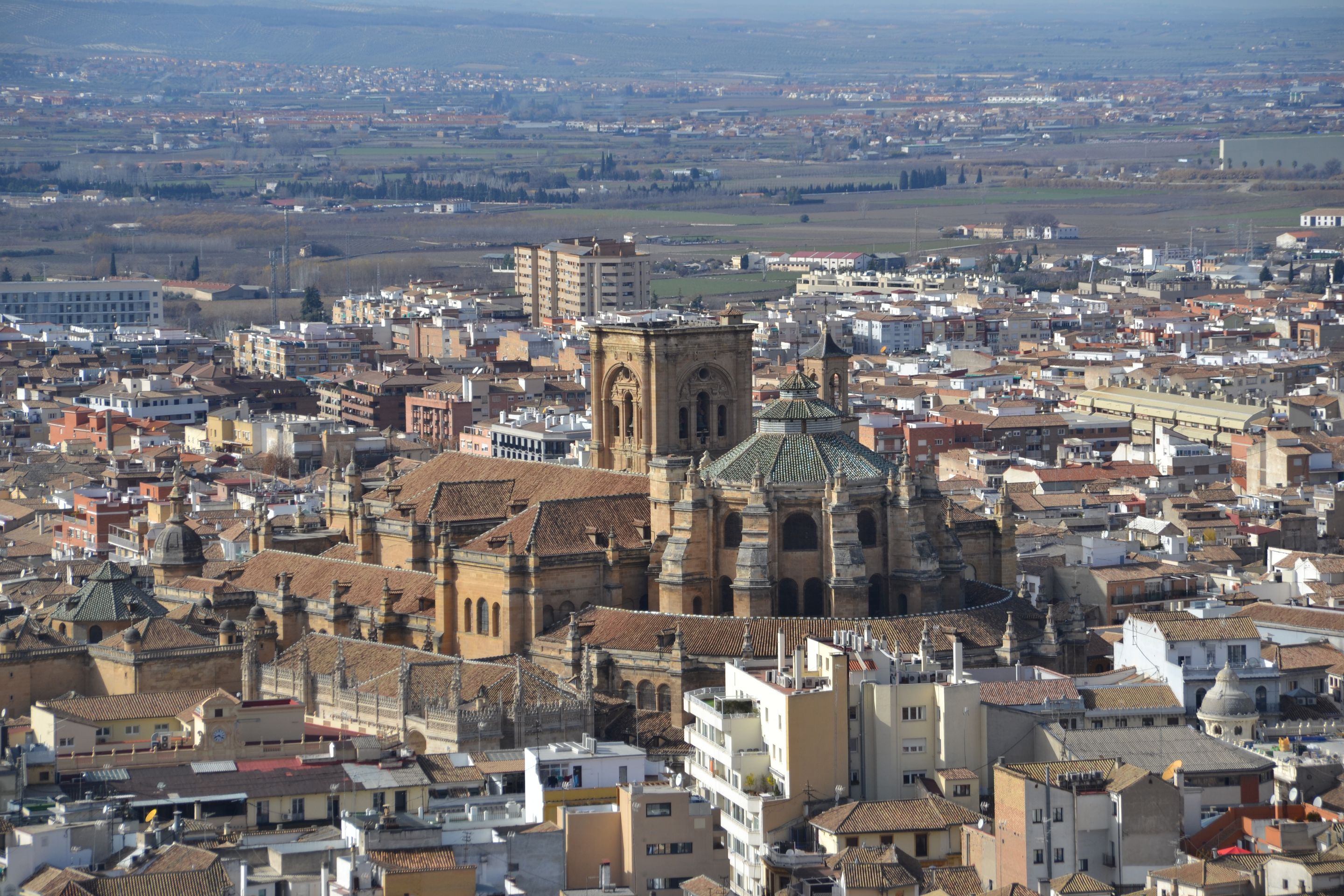
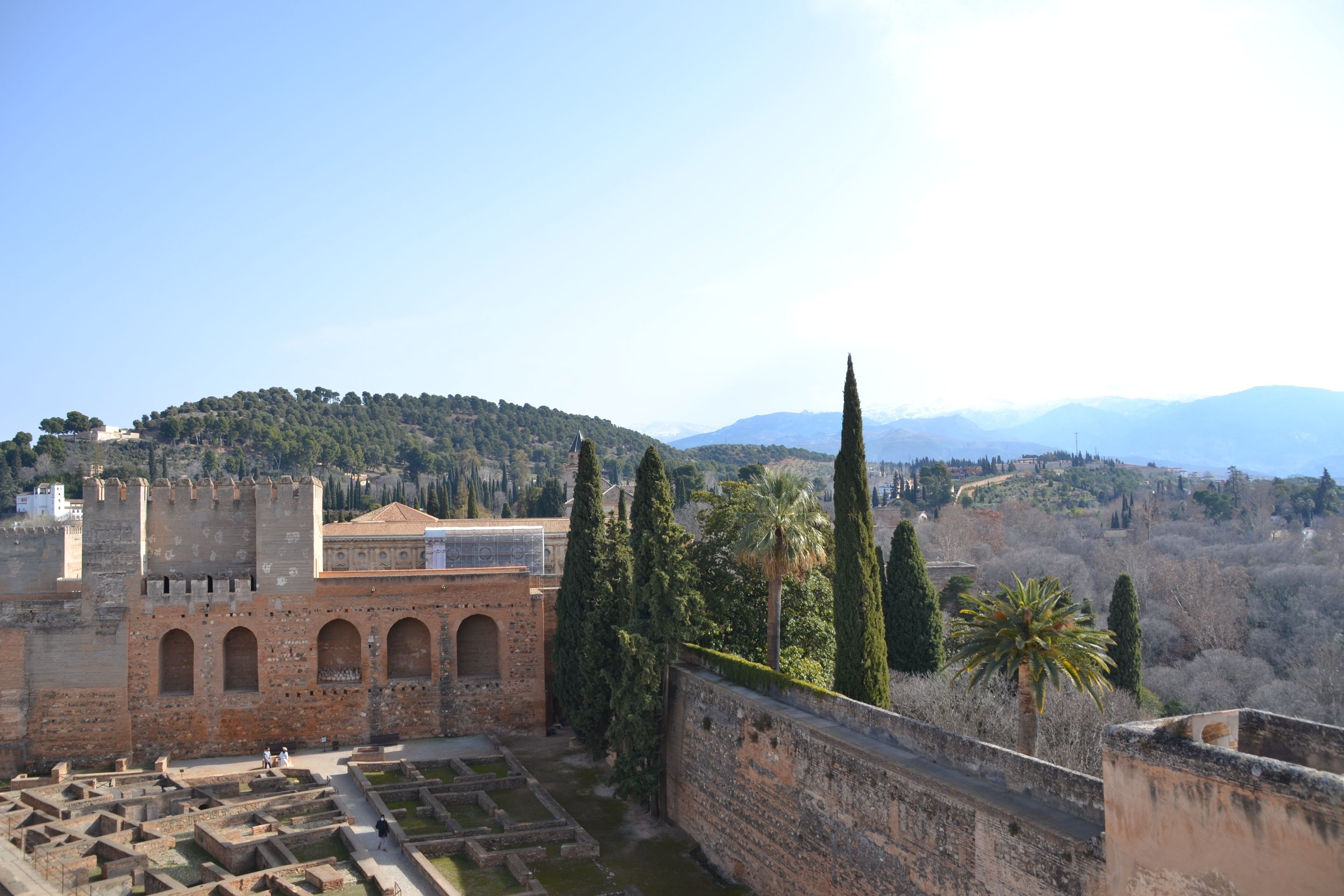
Behind the fortress, there is a large square where several palaces are located. The Palace of Charles V was added later by the Christians and with its circular shape and many columns, it resembles the old Roman buildings. However, compared to the Nasrid Palaces next door, it is completely boring, not even worth mentioning.
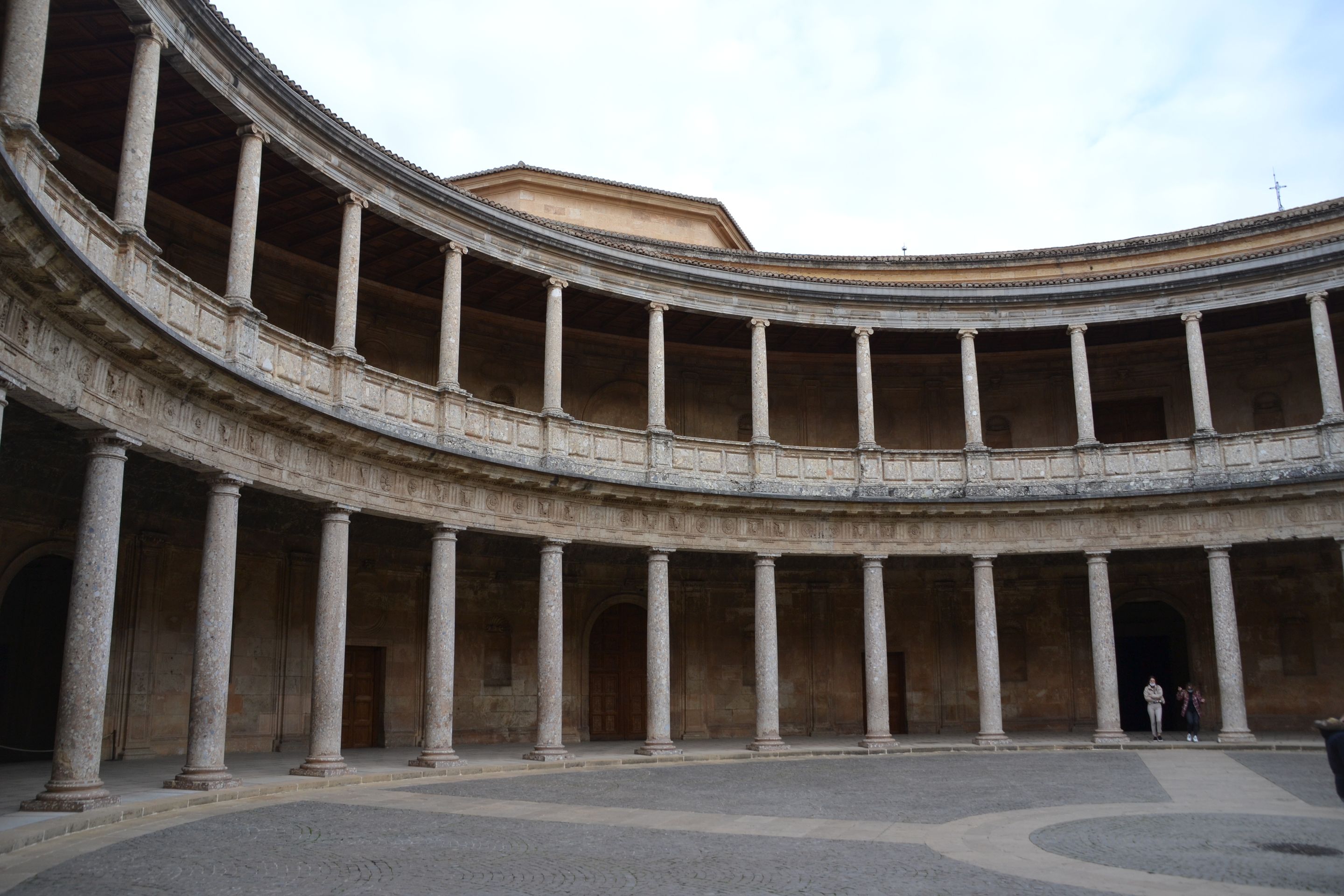
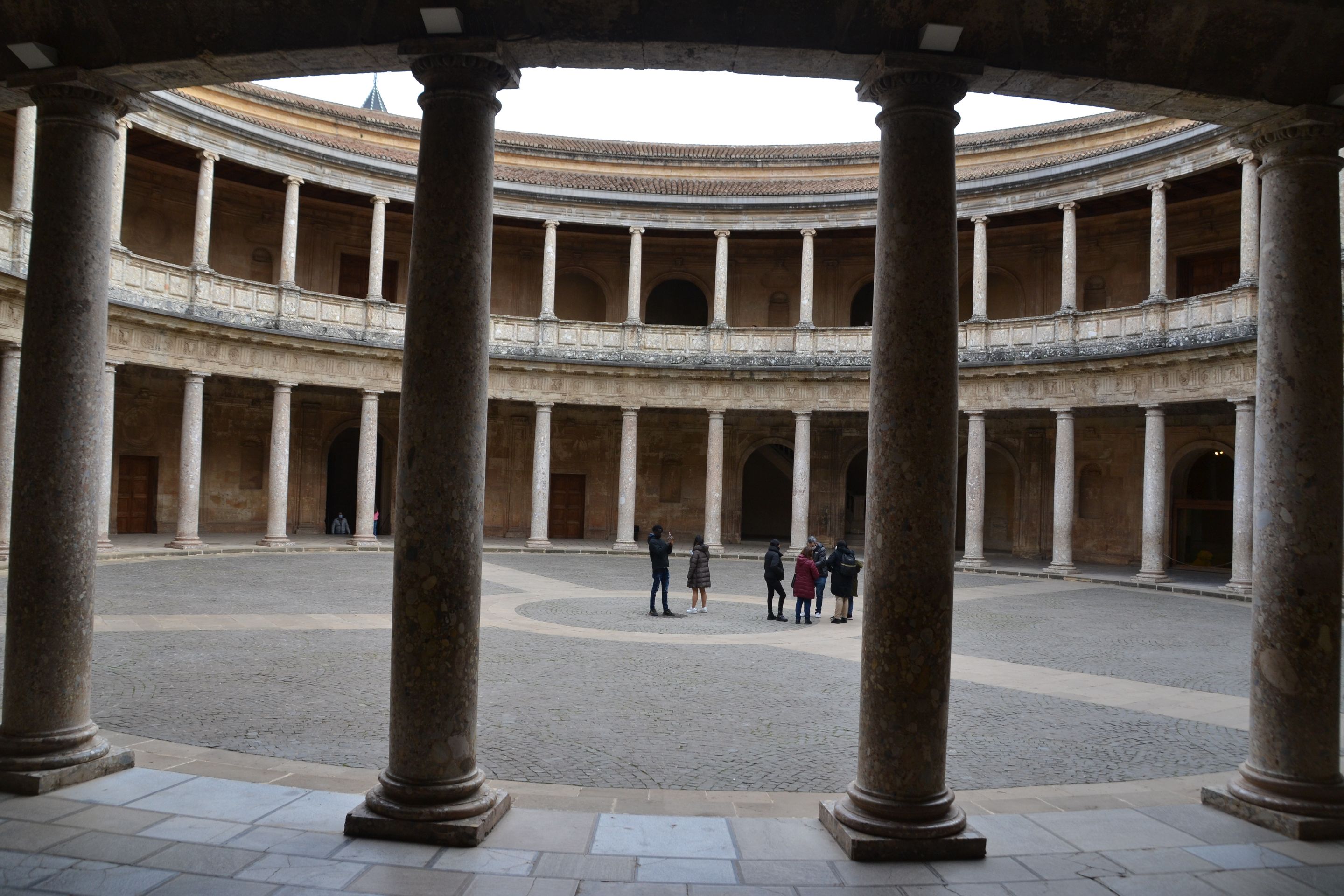
The Nasrid Palaces are the highlight of the Alhambra and the reason why it is so famous. They were built by several Muslim emirs and therefore have a very Arabic appearance.
These palaces are beautiful. There are many different rooms, all of which are impressive. The walls are mostly decorated with colorful mosaic patterns in the lower meter and with symbols, ornaments, or Arabic inscriptions in plasterwork above. The doors and arches all taper upwards, resembling an onion in shape, but much more elegant, and are adorned with incredibly intricate patterns in the upper part. The windows are similarly elaborately decorated and offer wonderful views of the white houses of the Albaicín neighborhood. The windows are sometimes only placed very high up, just below the ceiling or dome. With the incoming light and the transition from an octagonal dome to a rectangular room, the domes sometimes appear to float above the room. There are very thin, almost delicate-looking columns everywhere. Especially in the Court of the Lions, the numerous columns dominate the aesthetics of the space and make it one of the most beautiful places within the Nasrid Palaces.
The beauty of these palaces is indescribable and cannot be put into words. We strolled through the rooms and courtyards, hardly knowing where to look in awe. Every door, every corner, every wall, every niche, every ceiling, every window was beautiful. There were gigantic facades, beautiful reflections in water basins, large arches and very small, delicate works of art on the walls. I was so impressed by this beauty that I took almost 300 pictures in the Nasrid Palaces alone. It was very difficult to select a suitable number of photos for this blog. Here is our small selection.

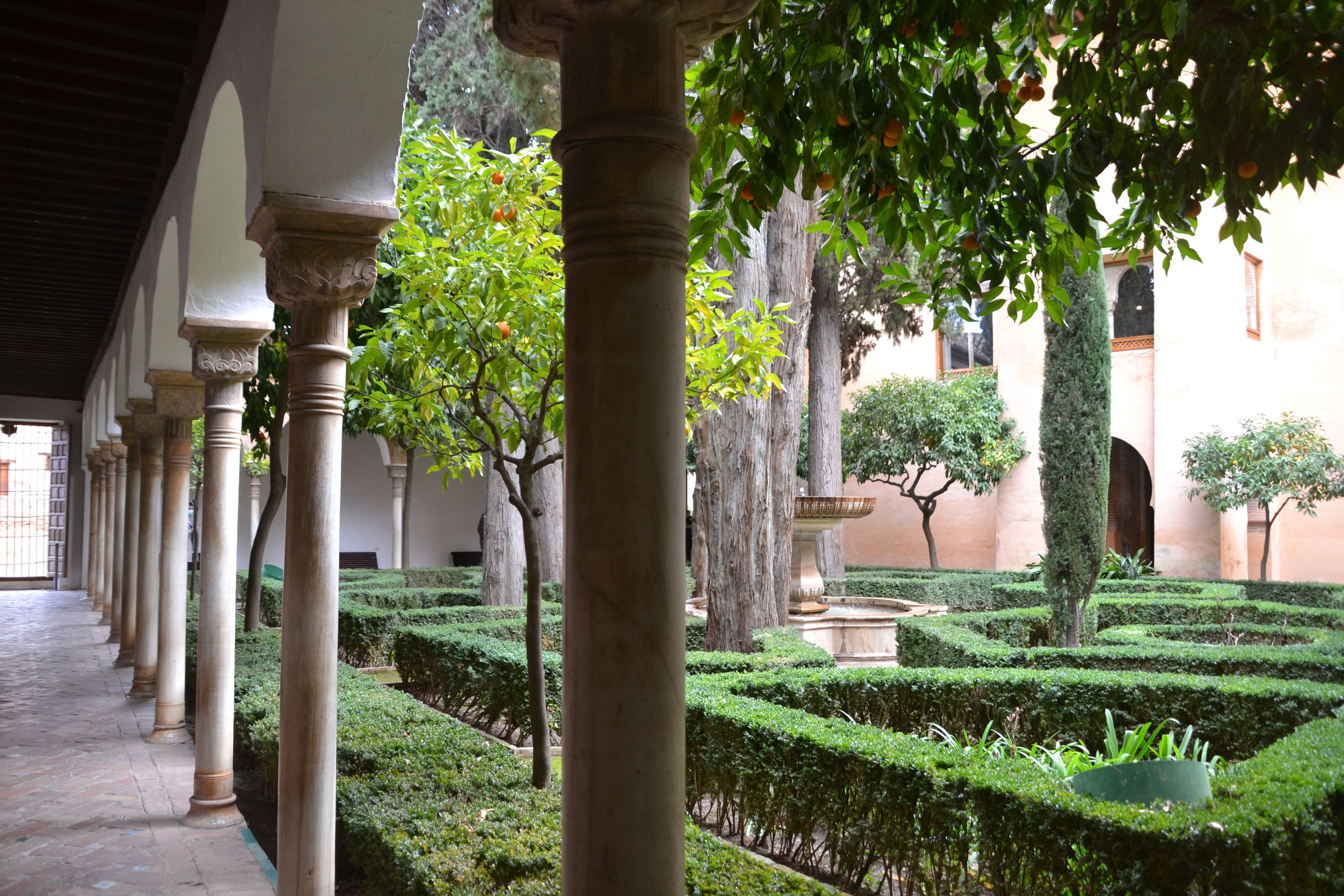
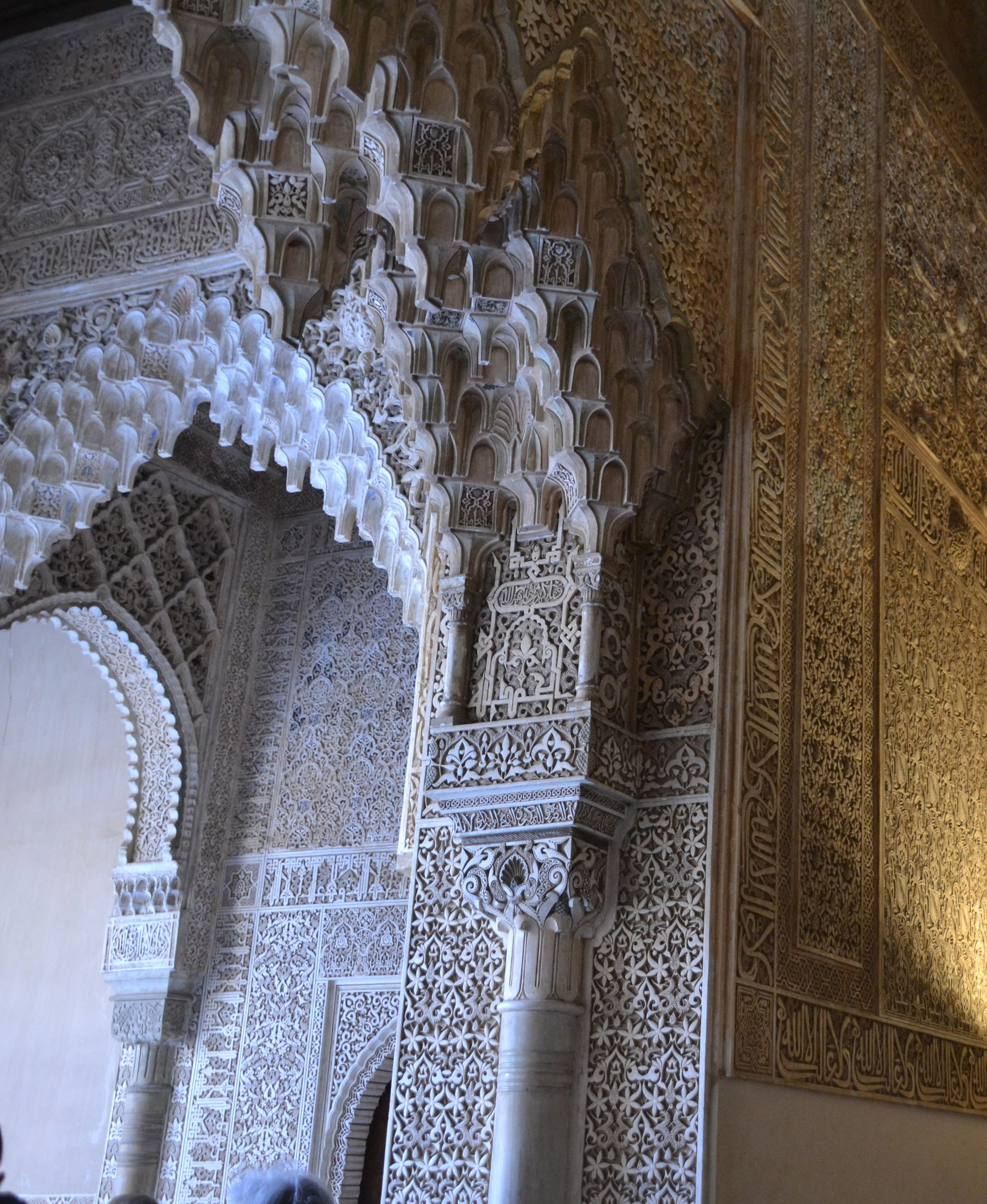

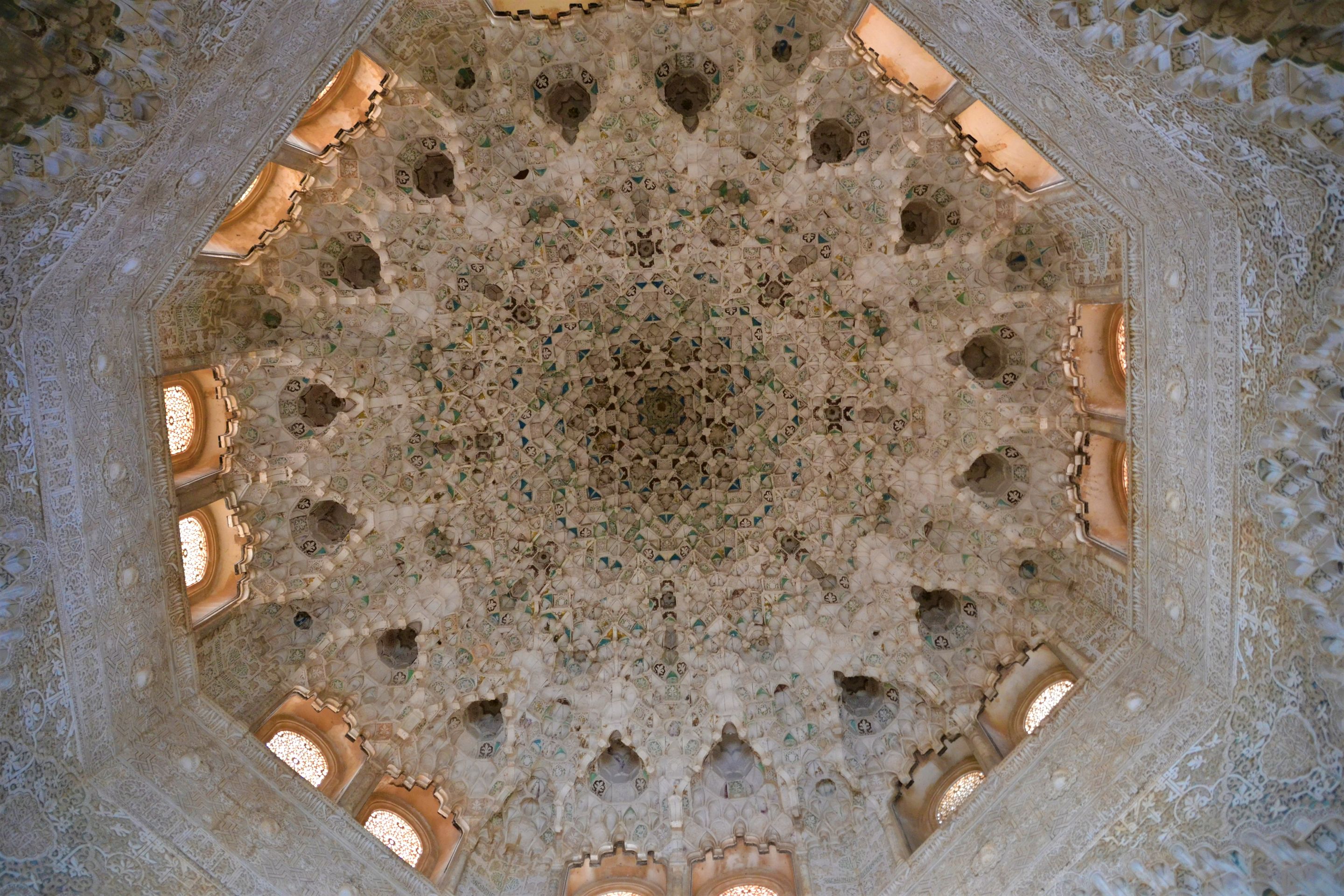


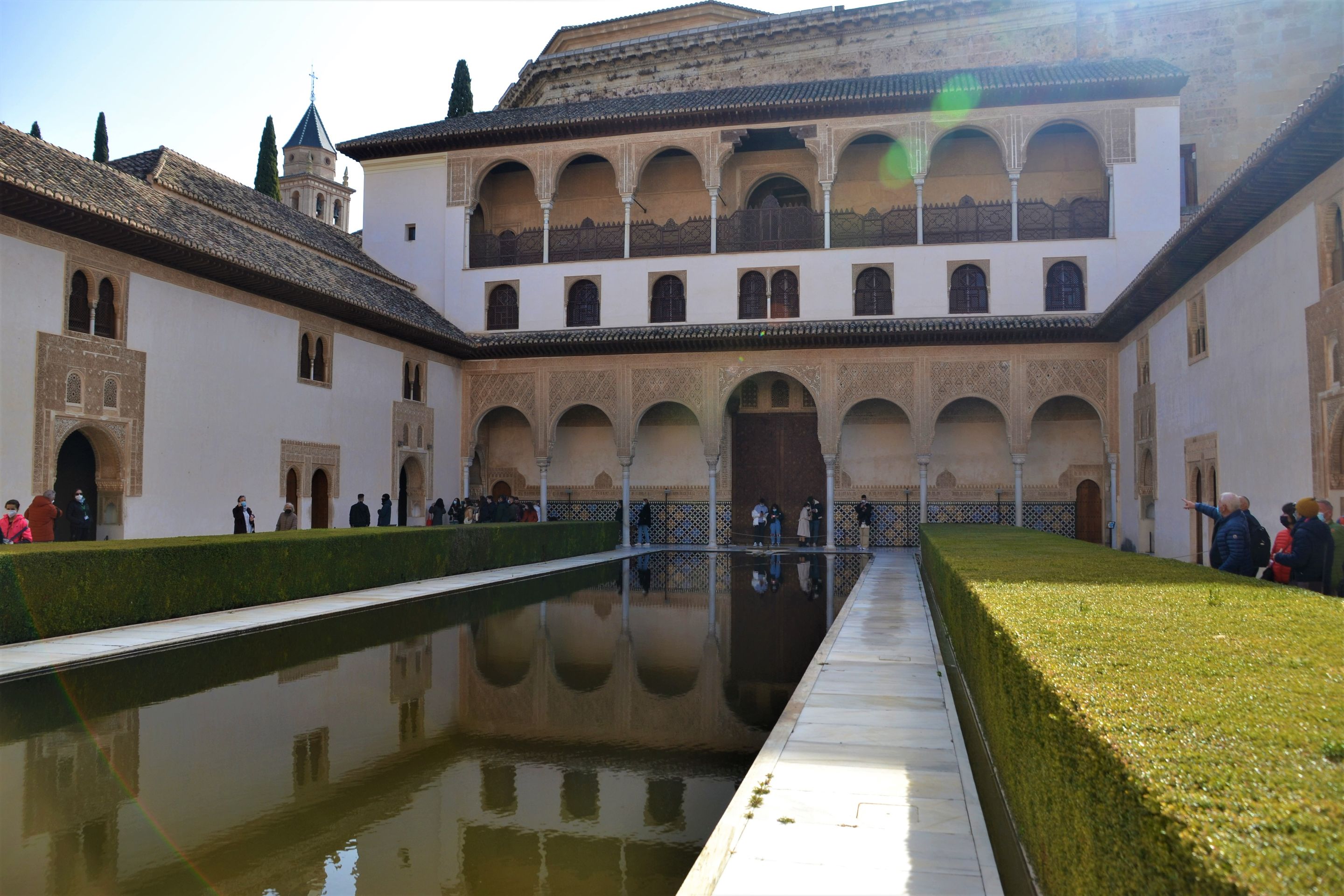
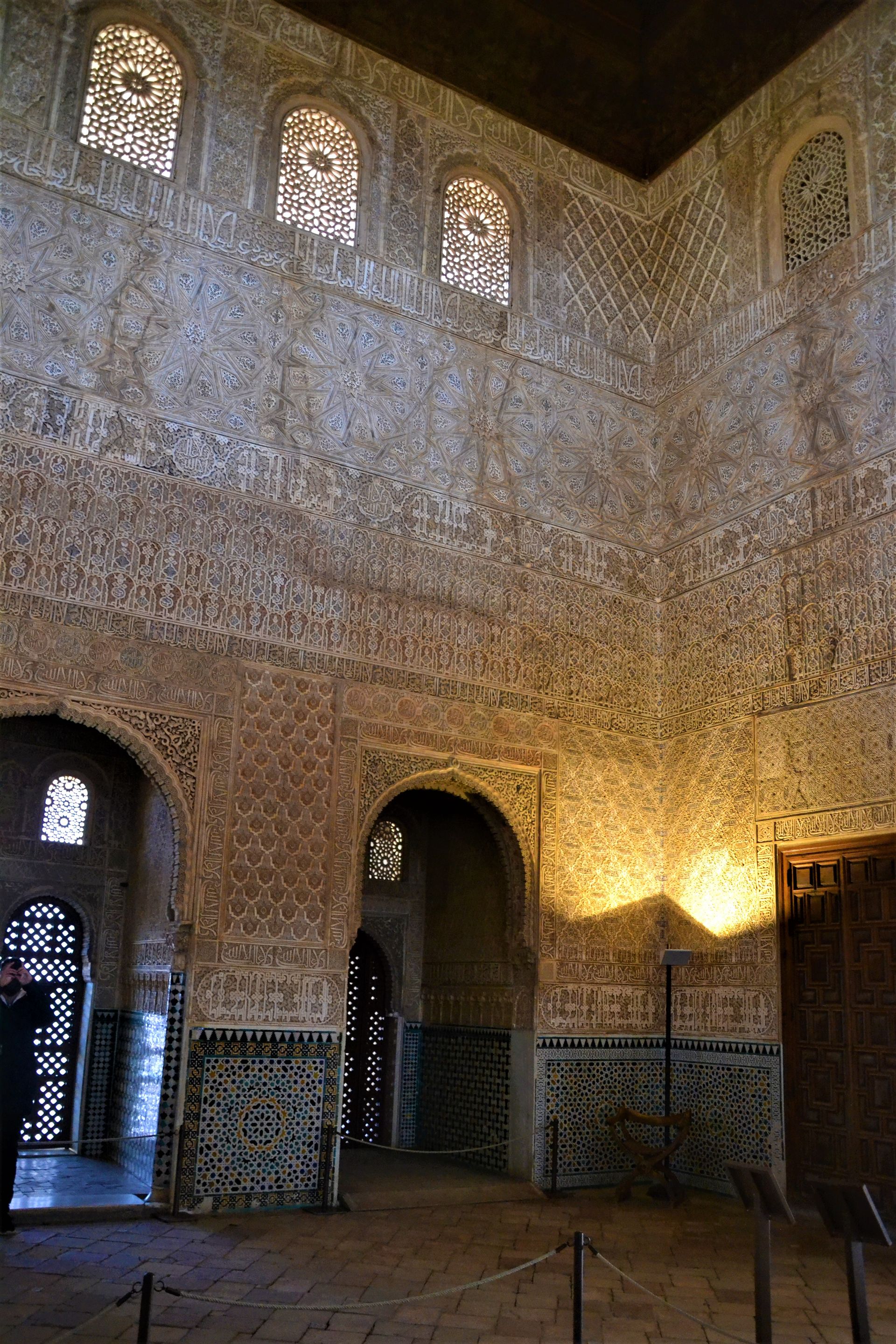
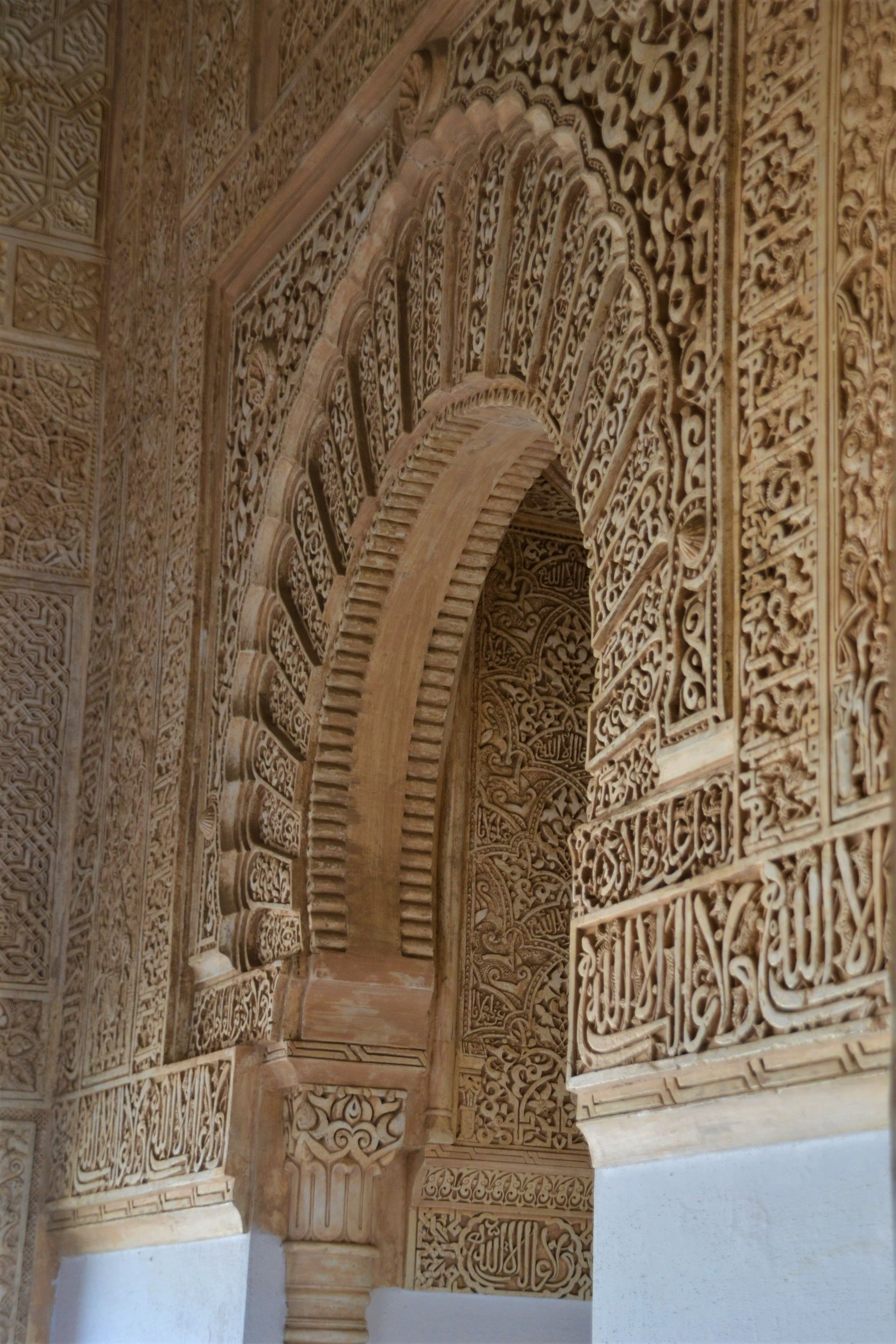
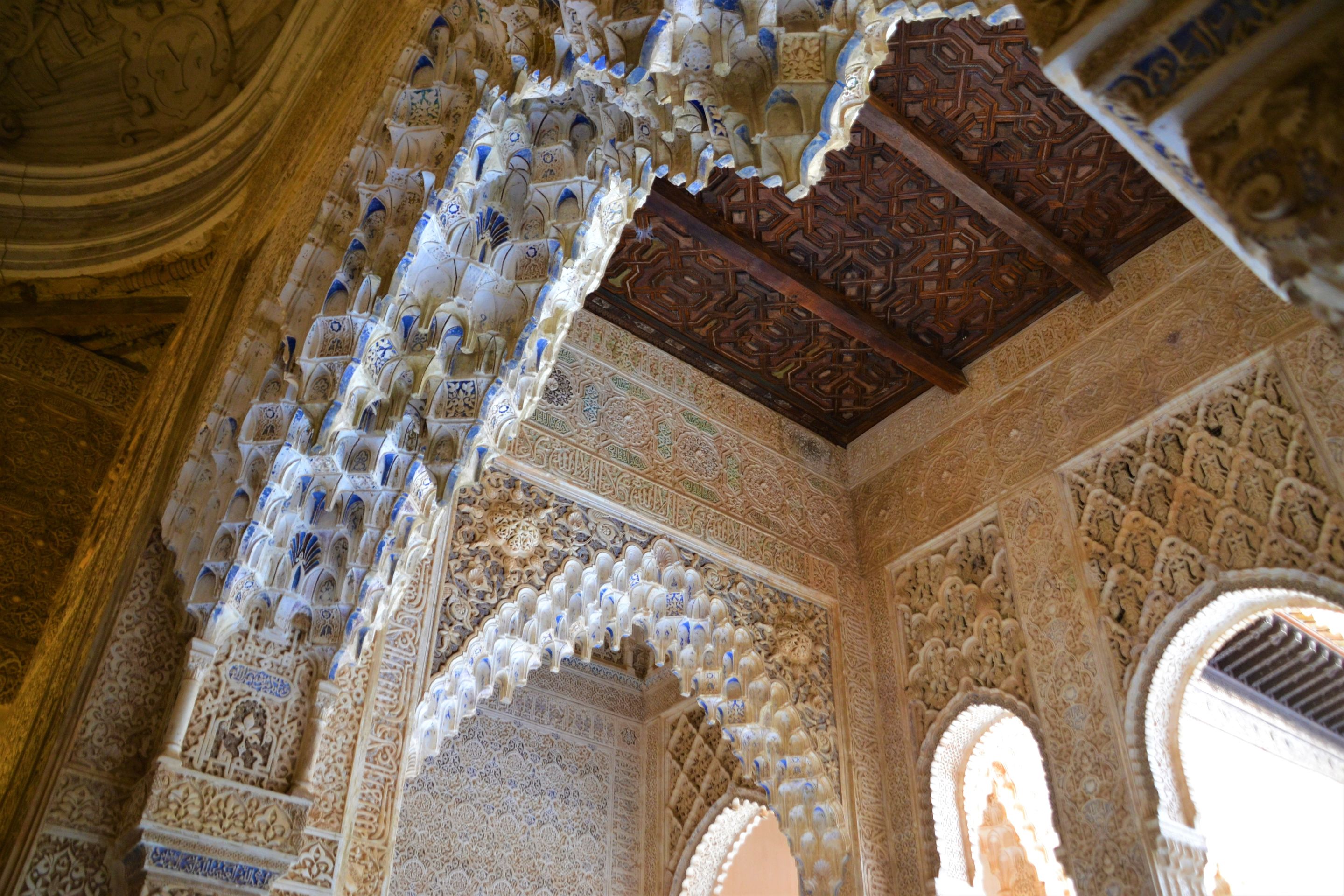
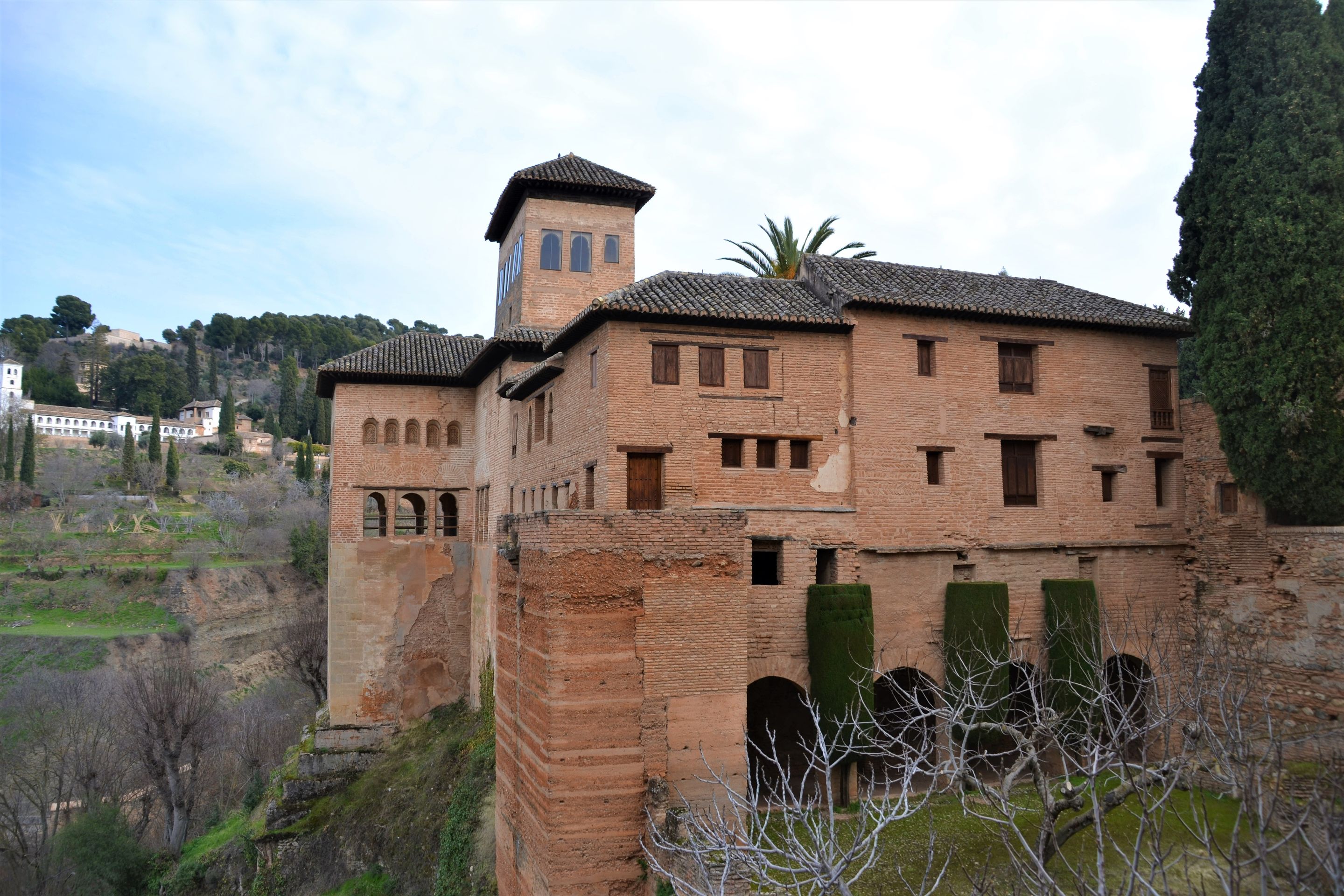
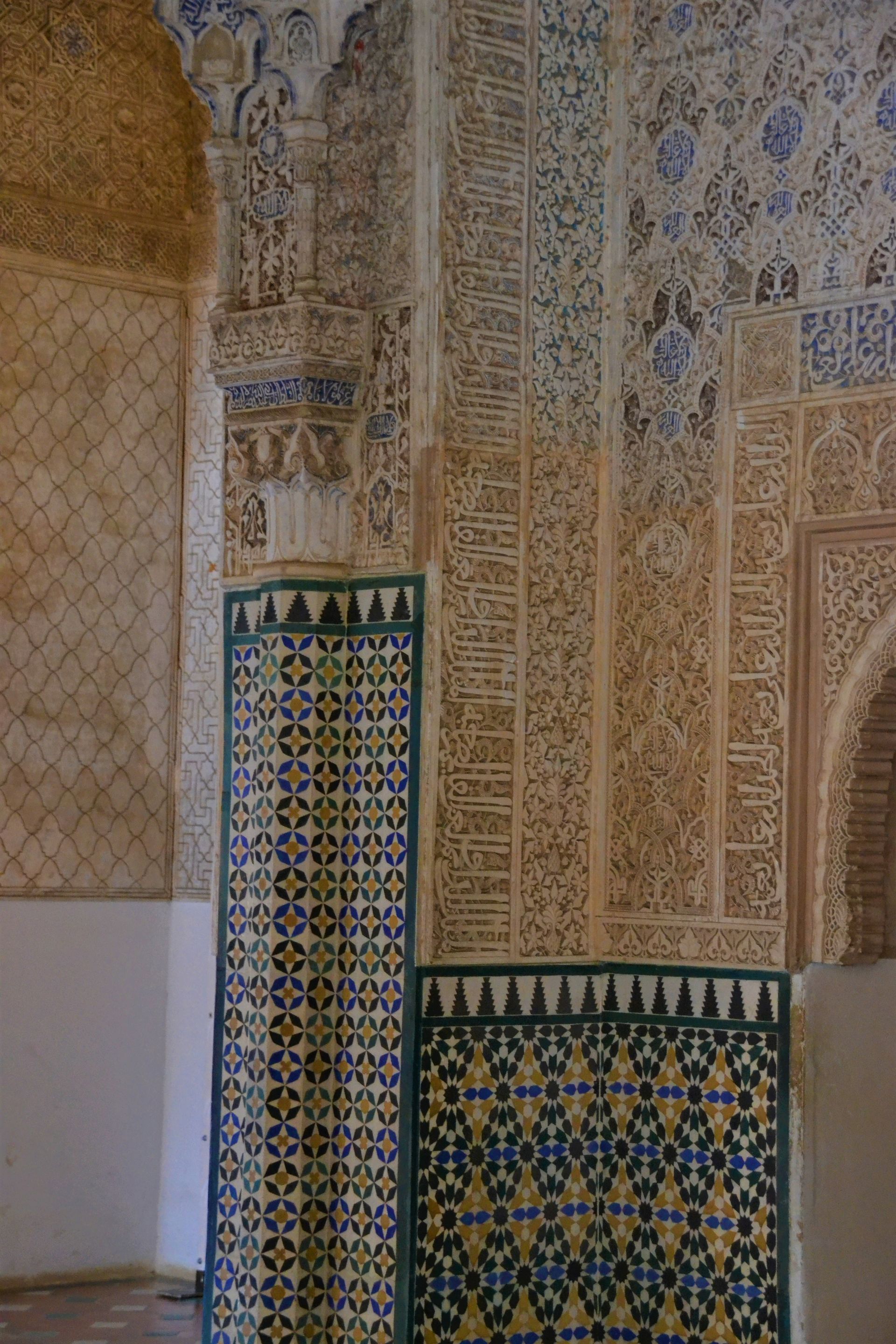
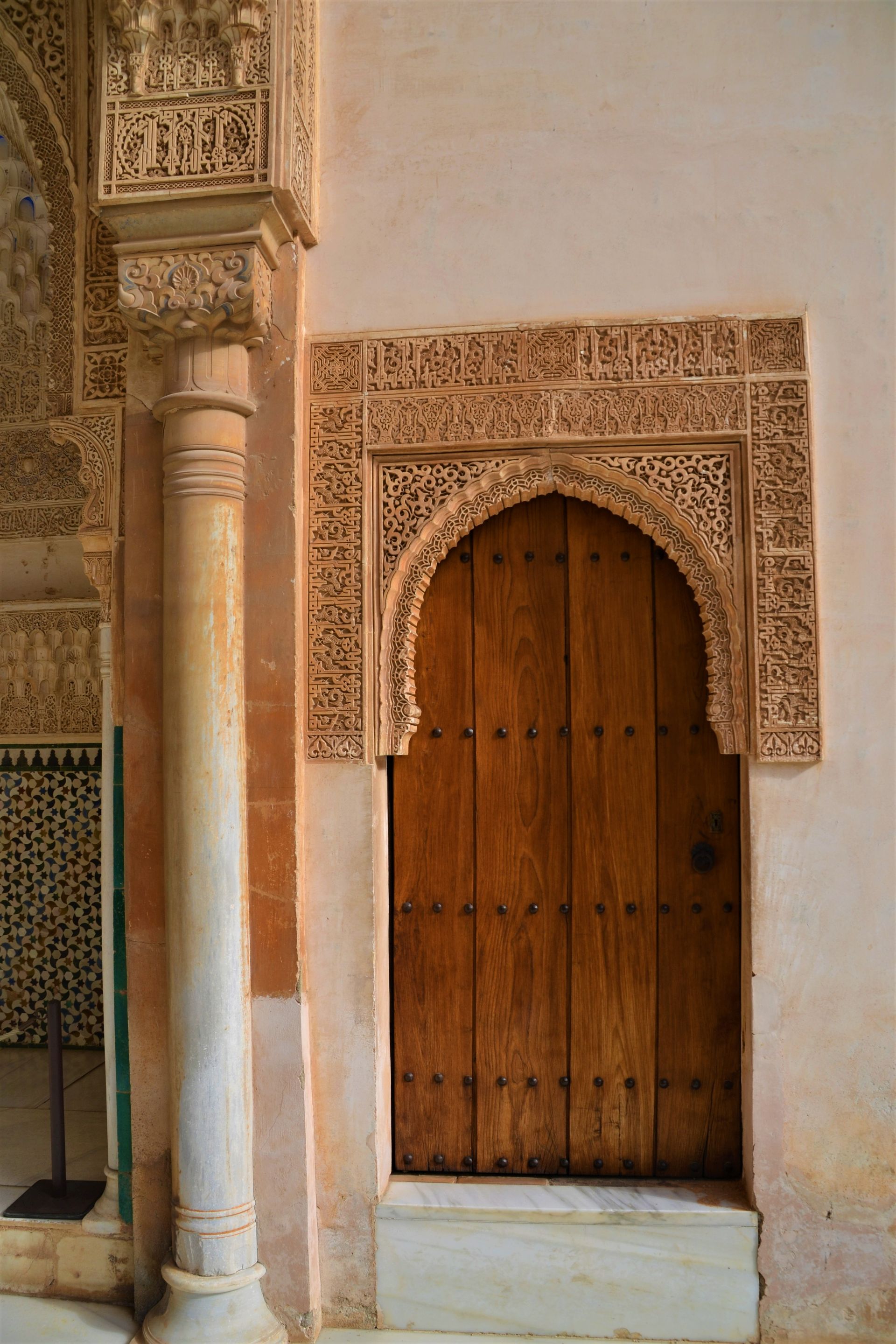
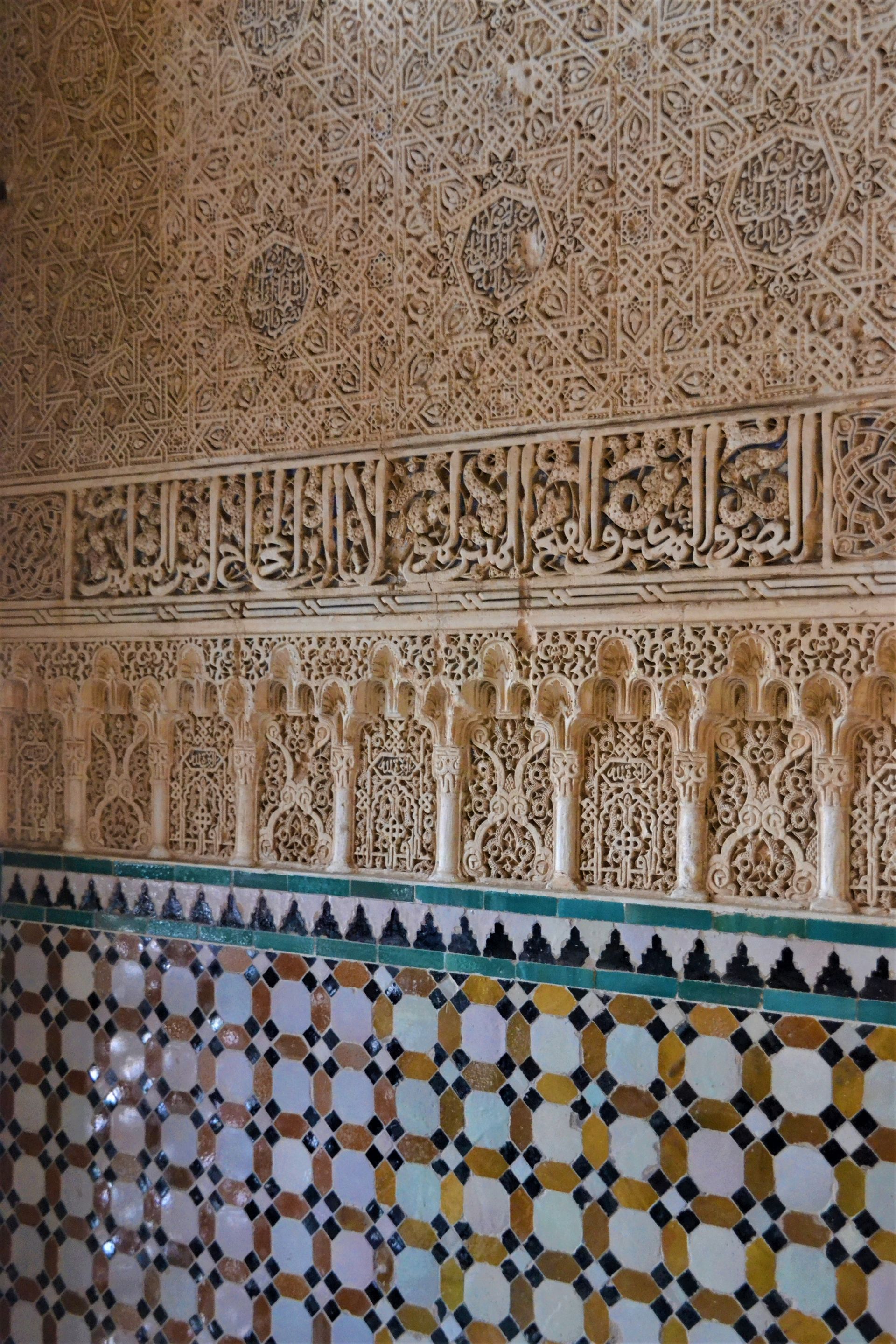
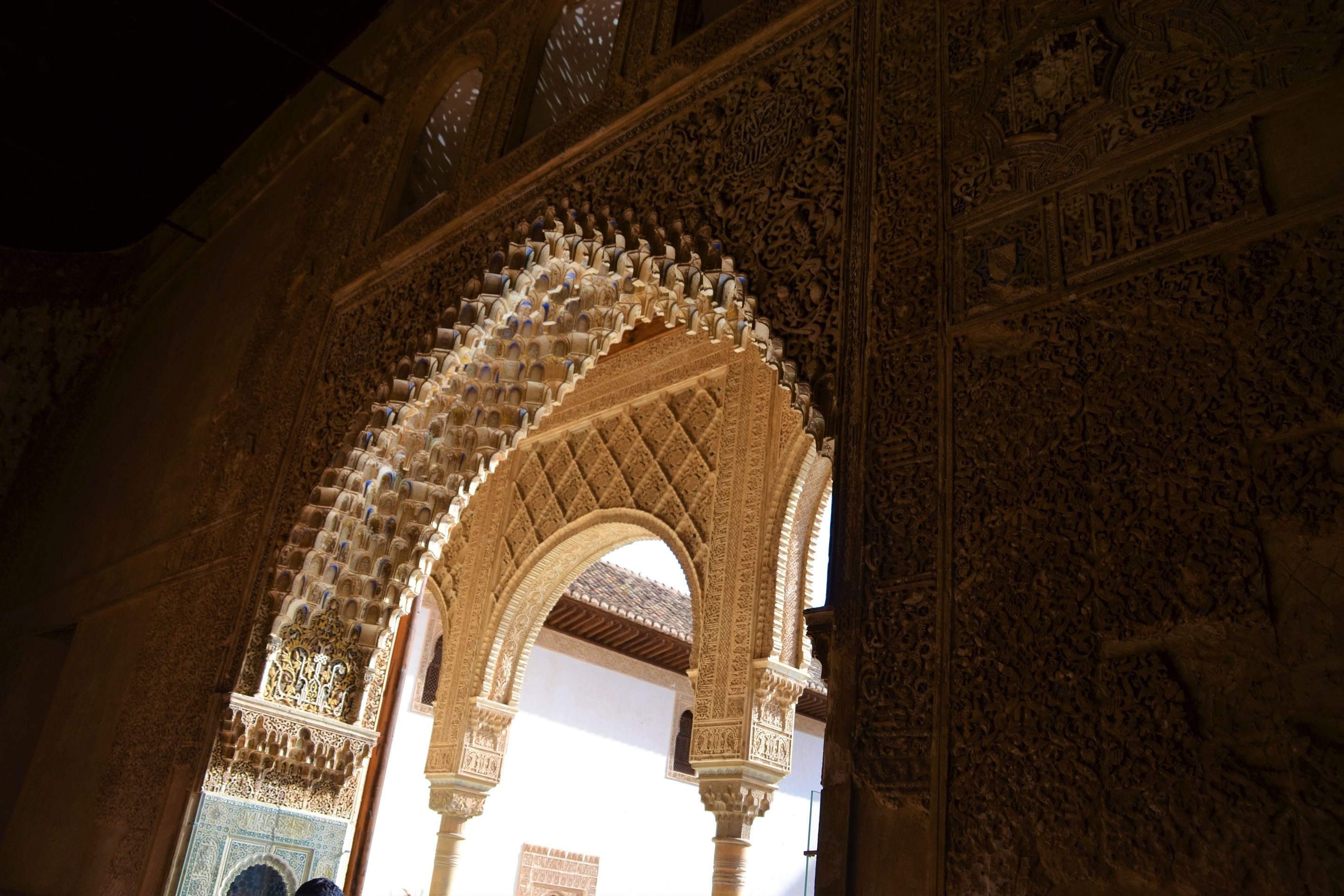
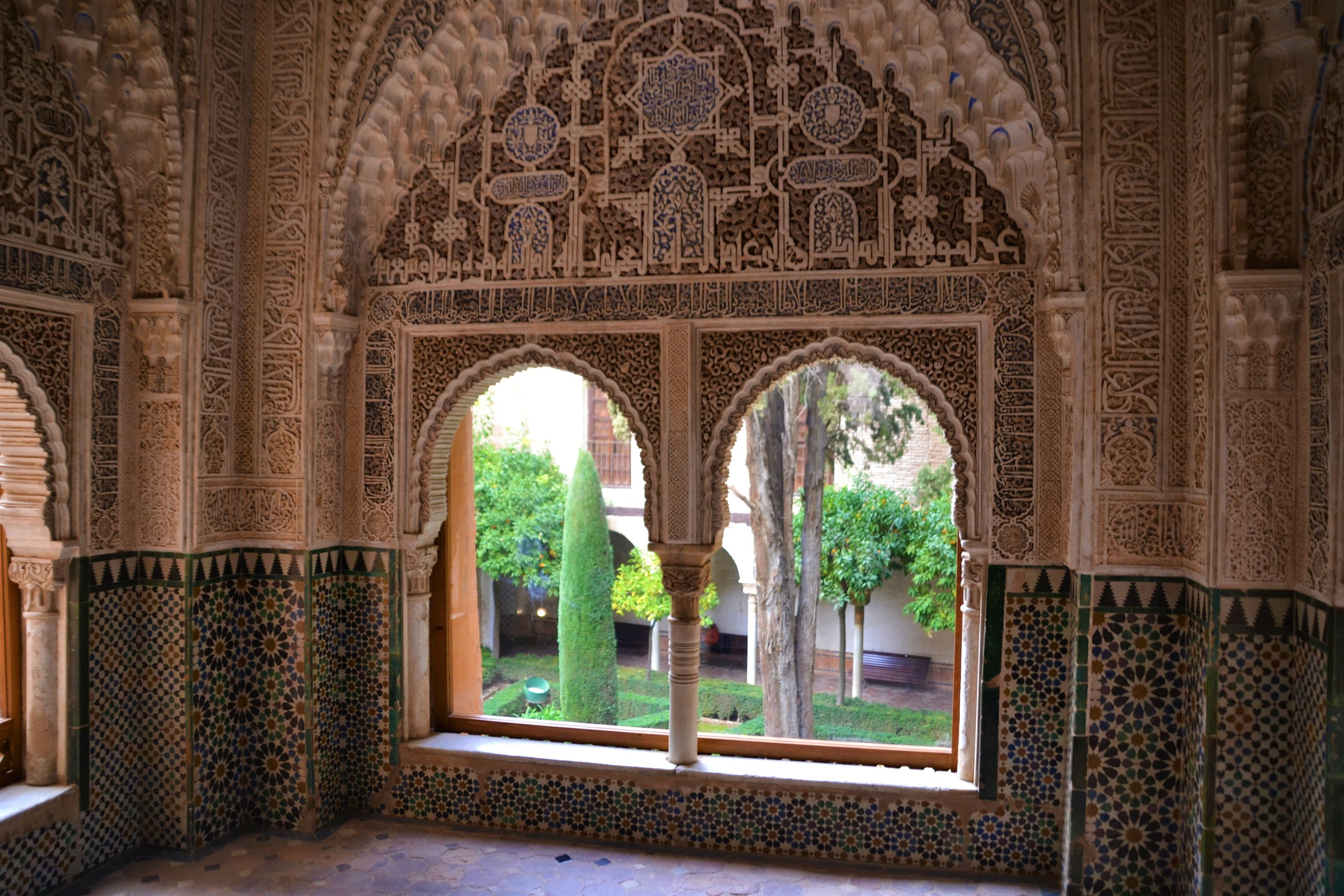
Behind the palaces stretches an extensive garden where vegetables are still grown today. There are also some remains of the former city, the Medina, which was located here on the Alhambra. Behind the fortress walls, a bridge led to further garden areas that embellished the path to the summer palace. All of this can still be admired today.
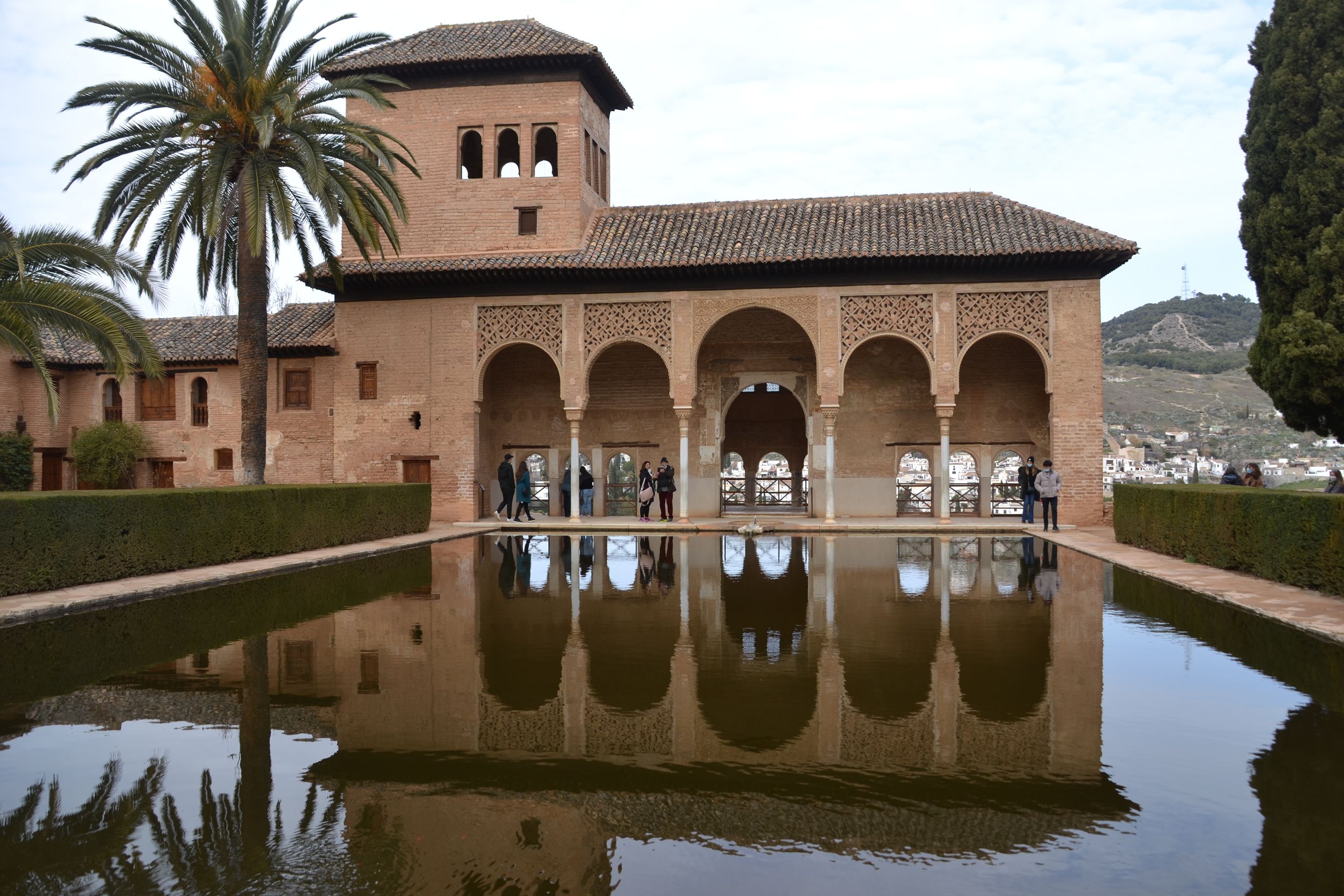

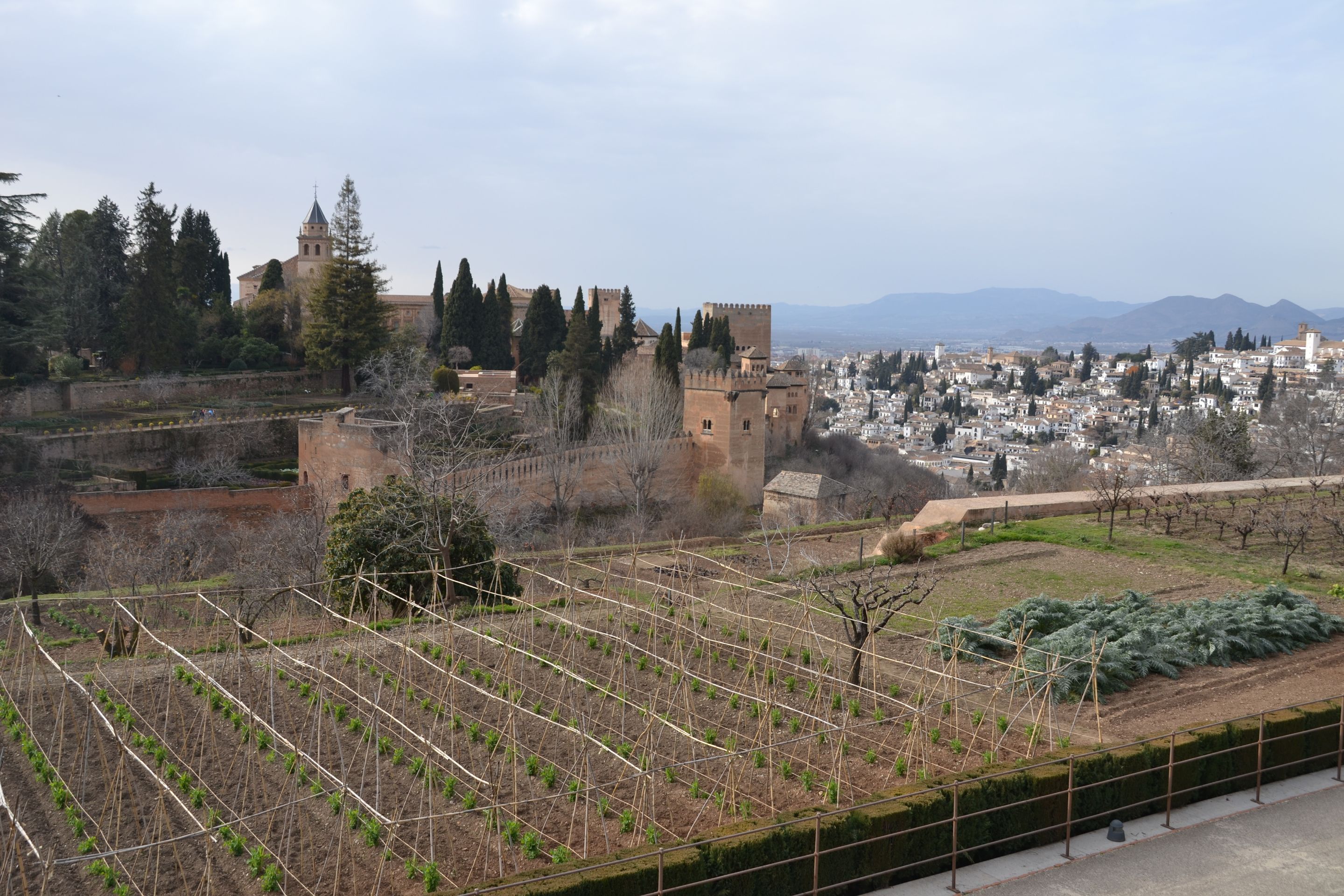



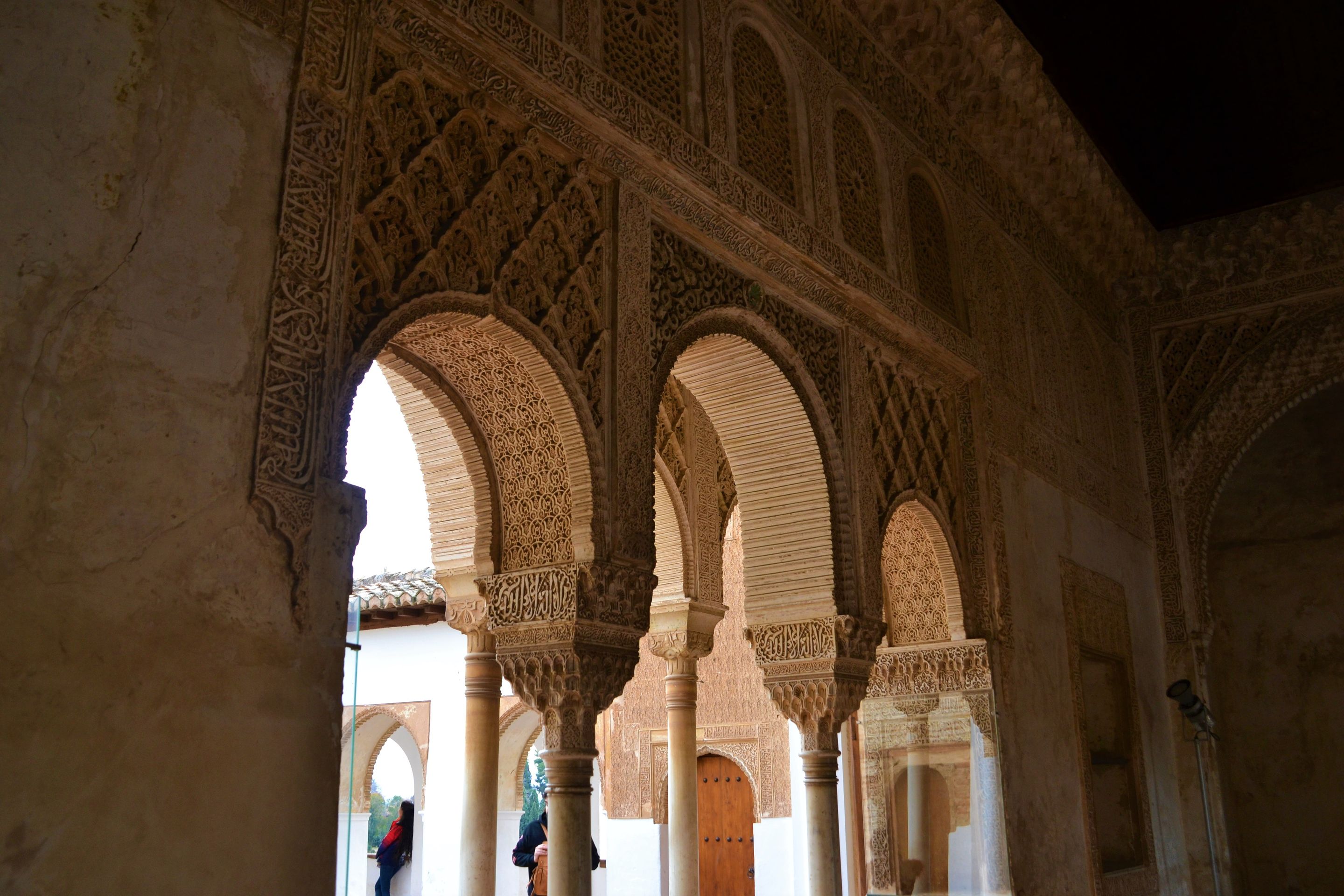


The Alhambra is impressive in its entirety. But the city of Granada would also be worth a visit even without the Alhambra, because it has a lot to offer with its charm, history, and different neighborhoods.
Now a little fun fact at the end: Granada only became really interesting for tourists through Bill Clinton in 1997. He had spent a good time in Granada in his younger years and insisted on visiting Granada during his presidential visit to Spain. After visiting the Alhambra, he stood at a viewpoint in Albaicín during sunset and, in front of cameras, said to Hillary that he had brought her here to show her the most beautiful sunset in the world.
Until then, tourism in Granada was mainly composed of day tourists from Málaga or Seville who came to visit the Alhambra. But now, everyone had to spend at least one night in Granada to see the sunset. The tourism industry in Granada is forever grateful to Bill Clinton.
Day 100 - Total tour 6,423 km
---- Subscribe ----
If you would like to subscribe to our blog, you can either sign up with Vakantio and click on subscribe, or send us a message and we will add you to our own distribution list. Of course, we also appreciate feedback!
Mail: querfeld2@gmail.com
Axborot byulleteniga obuna bo'ling
Javob
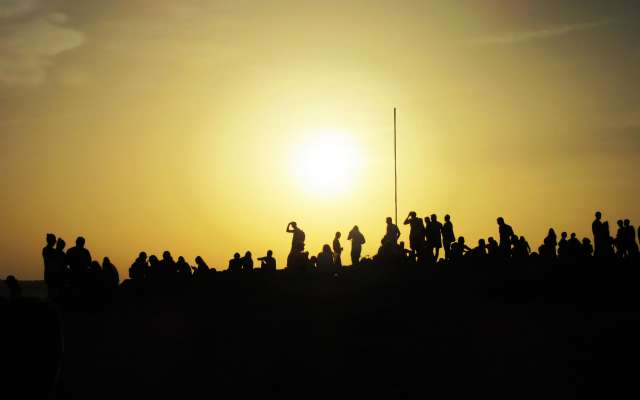
Sayohat hisobotlari Ispaniya
